We have had a wonderful time cycling from San Ignacio to Cajamarca in North Peru! This has been one of the more remote areas that we have cycled through and the scenery was amazing!
As expected, the dogs have been much more aggressive on this section. Other annoyances that we didn’t expect have been the mosquitos and these awful, black biting insects (midges?) that have been feasting on our legs! You definitely need insect repellent around here!
Here is an overview of our travels from Loja to Cajamarca. It is detailed for our own records, so feel free to skip ahead to the photos!
Tuesday 1st September: Loja – San Ignacio
David’s visa for Ecuador was due to expire on the 2nd September, so we didn’t have time to cycle from Loja to the border. Instead, we caught the 8am bus from Loja to Zumba for US$10 each. The road from Loja to Zumba was extremely steep, windy and mountainous and at times, pretty sketchy. The road was paved until a few kilometers beyond Palanda and was very muddy in patches.
The bus arrived in Zumba around 2pm at the main bus station. From Zumba, we caught the open ranchera bus (an old truck converted to a bus) around 2.30pm to the border at La Balsas for US$2.25 each (the ranchera bus leaves from around the back of the bus station). This was the roughest ride that I have ever taken and I would hate to take it in the rainy season! We bumped our way from Zumba to La Balsas along a dirt road through some very picturesque scenery and arrived in La Balsas around 4pm.
Sharing the ranchera bus with us was a retiree from the U.S. called Karl, who we quickly befriended. Together with Karl and Antonie, a Belgium cycle tourer that we met in La Balsas, we completed the border formalities in Ecuador and then crossed into Peru. The Peruvian border crossing was very laid back, but extremely inefficient. First we passed through customs, then we saw a man in immigration, he then sent us to the police station for a stamp and finally we retraced our steps to immigration to finalise our entry and acquire our entry stamp – what a process! But, we were lucky, as most of the backpackers crossing the border that day had had to wait for 8 hours following a power outage on the Peruvian side of the border! We completed the whole process in a little more than an hour.
We had planned to cycle the 6kms from the border to Nambale to find a hospedaje for the night. However, Karl offered to share a van with us to San Ignacio. We have arrived late into Peru and are now quite conscious of the time, so we decided to take him up on the offer. David changed some money at a local shop and I negotiated a van for us to San Ignacio for 45 soles (US$14). Our driver was a friendly guy, who helped load our bikes onto the top of the van. He then asked us to wait 5 minutes (which ended up being 30min), while he had a beer with his friends in the local pub!!!! We could only hope that it was his first beer for the day …
Thankfully, our driver dropped us safely in San Ignacio at our hostal (La Posada), where we got a private room with a bathroom for 30 soles (US$9.30). We had dinner with Karl who was an avid traveler and had many fascinating stories to tell. Most interesting for us was his extensive knowledge of Kuelap, the ancient fortress that we planned to visit in a couple of days. In particular, he explained to us that the origins of Kuelap are a mystery and may be linked to Europe or Carthage, which was the main reason why Karl was visiting this region of Peru (see below).
Our bus from Loja to Zumba Lovely church and gardens in Palanda Palanda The Ranchera bus from Zumba to La Balsa David and our bikes on the Ranchera bus from Zumba to La Balsa The bus station in Zumba Views from our Ranchera bus from Zumba to La Balsa Views from our Ranchera bus from Zumba to La Balsa David on the Ranchera bus from Zumba to La Balsa Crossing the border into Peru!
Wednesday 2nd September: San Ignacio – Petrol Station at La Floresta
After a cheap breakfast (and the worst coffee) for 3 soles (US$0.90), we went in search of an ATM. As always, there was an incredibly long line at the bank, but thankfully not for the ATM (the locals don’t seem to have debit cards and have to withdraw money at the counter). ![]() With soles in our wallets, we packed our bikes and got ready to roll out. Unfortunately, there appeared to be a problem with David’s tyre and we stopped to fix it at the first petrol station out of San Ignacio. We weren’t sure whether it was a real flat tyre or whether the bike shop hadn’t pumped up our tyres enough, so we pumped it up and continued on. Unfortunately, David did get a flat tyre later that afternoon due to a faulty tube …
With soles in our wallets, we packed our bikes and got ready to roll out. Unfortunately, there appeared to be a problem with David’s tyre and we stopped to fix it at the first petrol station out of San Ignacio. We weren’t sure whether it was a real flat tyre or whether the bike shop hadn’t pumped up our tyres enough, so we pumped it up and continued on. Unfortunately, David did get a flat tyre later that afternoon due to a faulty tube … ![]()
I had been told that the dogs would be the worst in Peru and Bolivia. We encountered our first aggressive dogs on the outskirts of San Ignacio, but it was nothing that my whistle and dog dazer couldn’t handle. ![]()
After a short climb out of San Ignacio, we were coasting down to the valley floor. Signs indicated that the bitumen would end, but it never did. In fact, the roads were excellent.
The scenery on this day reminded us of Asia, as we were cycling through gorgeous green rice paddies. The terrain was undulating, with a gentle climb at the end of the day. But, at an altitude of approximately 400m, it was very hot in the valley.
The locals were incredibly friendly wherever we went and it seemed to be truly heartfelt. By mid-morning we stopped to buy some fresh pineapple juice at a road side stand and the lady gave us some free oranges for our journey – how nice! Despite the aggressive dogs, I found myself liking Peru and the Peruvian people immensely.
We had planned to spend the night in Tamborapa, but the hospedaje was so dodgy and dirty (with no windows) that we decided to continue on and camp for the evening. Unfortunately, this part of Peru was much more populated than we expected and we were unable to find any suitable places to wild camp. Around 6pm we came across a petrol station and I asked if it would be possible for us to camp there for the night. The owner was a lovely man, who said we could camp for free on the roof of the petrol station, where we would be safe. He was in the process of building another floor on the roof, so it was a bit of a construction site, but we were happy that we had found somewhere for the night (although it was hot and full of mosquitos!).
We ate dinner at one of the local restaurants in town and went to bed early, feeling very thankful for the kindness of strangers.
San Ignacio View of San Ignacio Apparently the end of the paved section near San Ignacio … but it wasn’t! Cows on the road leaving San Ignacio Rice paddies on our way to La Floresta Rice paddies on our way to La Floresta Rice paddies on our way to La Floresta Rice paddies on our way to La Floresta Rice paddies on our way to La Floresta Rice paddies on our way to La Floresta Rice paddies on our way to La Floresta River views on the way to La Floresta River views on the way to La Floresta River views on the way to La Floresta Little Peruvian town on the way to La Floresta Fresh pineapple juice – yum! Lunch time! David got a flat tyre … David fixing the flat tyre Papaya trees on the way to La Floresta Views on the way to La Floresta Views on the way to La Floresta On the way to La Floresta The petrol station in La Floresta Our campsite on top of the petrol station, La Floresta Our campsite on top of the petrol station, La Floresta Our campsite on top of the petrol station, La Floresta Views from our campsite at the petrol station The kind owner of the petrol station in La Floresta
Thursday 3rd September: Petrol Station at La Floresta – River camp on the way to Pedro Ruiz
Not wanting to cause delays on the building site, we were up, packed and on the road by 7.30am. We headed towards Bellavista, where we planned to take a boat over the river for a short cut to Bagua Grande.
Approximately 12kms from La Floresta, we turned off the main highway onto an unmarked dirt road towards Bellavista (we confirmed with locals that we were on the right road to Bellavista). After cycling 12kms on this road, we reached Bellavista, cycled through the town and then turned left down another dirt road which led to the tiny “Port” of Rio Maranon (again the road wasn’t signposted – so you need to ask the locals to point it out to you). The port basically consisted of a little hut, where we waited for the boat to arrive. We waited for about 15 minutes and when no boat materialized, David went to inquire at a nearby shop. He returned with a big bottle of Inca Kola (our first taste of this sugary beverage) and a little boy, who went in search of the boat for us. ![]() Five minutes later, the boat appeared. We took our panniers off the bikes and then David helped the captain to load everything aboard. The captain was a friendly man, who told us that an Argentinian cyclist had also crossed the river the day before. We paid the captain 6 soles (US$1.80) for the passage and then headed off along a little dirt track, lined with chilly bushes.
Five minutes later, the boat appeared. We took our panniers off the bikes and then David helped the captain to load everything aboard. The captain was a friendly man, who told us that an Argentinian cyclist had also crossed the river the day before. We paid the captain 6 soles (US$1.80) for the passage and then headed off along a little dirt track, lined with chilly bushes.
We made our way through a deserted looking town, past a petro chemical factory and then after cycling along a dirt road for 5kms or so, we found ourselves back on the paved main road to Bagua Grande.
The scenery on this side of the river was dusty and desert like – it was such a change from the rice paddies! However, as we started to near Bagua Grande the rice paddies reappeared and the landscape became much greener.
We stopped for lunch at a restaurant on the outskirts of Bagua Grande. The meals were totally overpriced, so we shared a kind of turkey stew. We then stopped again at a cheaper restaurant in Bagua Grande for our second lunch! ![]() Bagua Grande is a big, dusty town, with lots of hotel options, but not a lot of character. We were happy to jump on our bikes and leave it behind.
Bagua Grande is a big, dusty town, with lots of hotel options, but not a lot of character. We were happy to jump on our bikes and leave it behind.
From Bagua Grande the road undulated along beside the river. We passed through numerous little villages and were always greeted warmly by the locals (although, we received a less than warm reception from the dogs!). The kids were especially happy to see us. In one village a group of 7 boys ran along beside us asking questions and calling out “Gringo” and “Gringa”! I know some cyclists find this quite offensive and annoying, but we don’t mind at all. The kids are only being friendly and to them we must be quite exotic!
From 4pm, we started looking for a campsite. We hadn’t had a shower the night before at the petrol station, so finding a campsite by the river where we could wash was looking pretty tempting. Unfortunately, by 5pm we still hadn’t found a suitable spot and we were facing a huge uphill climb. I was pretty tired by this stage, as I didn’t sleep well the night before, so this final climb was unwanted and exhausting. By the time we made it down the other side, it was after 6pm and it was getting dark. We passed a house, but neither of us got a good vibe, so we decided to push on. A couple of kilometers further, we came across an overgrown road leading down to the river. David went to check it out and thought it would be ok for stealth camping.
There was a road on the other side of the river, so we didn’t want to set up our camp on the river bank. David thought we could set up our tent directly on the overgrown road, but I didn’t feel comfortable, so we set up our tent in a little clearing to the side of the road a few meters back from the river. After we set up the tent, we splashed into the river for a quick, cold wash by the light of fire flies – it was quite lovely! ![]() While I set up the inside of the tent, David tried to make us a pasta dinner. But, the white fuel that we had bought in Cuenca wouldn’t light and we ended up having a cold meal of bread and tuna. From a hungry cyclist’s perspective, it was a pretty miserable meal.
While I set up the inside of the tent, David tried to make us a pasta dinner. But, the white fuel that we had bought in Cuenca wouldn’t light and we ended up having a cold meal of bread and tuna. From a hungry cyclist’s perspective, it was a pretty miserable meal. ![]()
We were in the tent and in our sleeping bags by 8.30pm. David had just finished convincing me that our campsite was safe (that only a local would be able to find the road at night and it was a week night, so it was unlikely that anyone would be out partying), and I was just drifting off to sleep, when our tent was illuminated with light as a motor bike rode past our tent down to the river. We looked at each other in horror and disbelief. Five minutes later, another motor bike also rode past. I was petrified! Thankfully, our tent was open, so David was able to peer out, but he couldn’t make out what was happening down by the river. We weren’t sure whether the motor bikers had seen our tent, but they would definitely see it on their way back to the road, as both our tent and bikes have numerous reflectors. We lay in our sleeping bags, not making a sound, listening for the moment when the motor bikes would return.
By midnight, we were still waiting silently for the motor bikes. I offered to take the first watch until 2.30am so David could get some sleep. I lay awake straining to hear the motor bikes, hoping that the bikers were a harmless couple meeting on the riverbank for a romantic evening together. By 2.30am, nothing had happened. I woke David up and fell into an uneasy sleep. We had planned to get up at 5am, but David told me to sleep another hour until 6am. The motor bikers still hadn’t returned and we were now thinking that they were touring bikers.
We broke camp soundlessly and didn’t even think about having breakfast. David wanted to go down to the river and see who had disturbed our camp, but not before I was safely back up at the road. When he finally appeared, he was laughing. There was no-one at the river!! We didn’t think it was possible for the motor bikes to have crossed the river, so one of us must have failed on our “watch” and the motor bikes must have driven past harmlessly in the night. We find it hard to believe that both of us would have slept while the bikers rode past us with their lights on, but it looks as though we did! ![]() Clearly, we need to be more careful when choosing “stealth” campsites in future!
Clearly, we need to be more careful when choosing “stealth” campsites in future!
Port Rio Maranon
David at Port Rio Maranon
Port Rio Maranon
Port Rio Maranon
Views from the Port Rio Maranon
Our first Inca Kola!
Jo on the boat
David on the boat
David and our boat
On the way to Bagua Grande
Chillies on the way to Bagua Grande
On the way to Bagua Grande
On the way to Bagua Grande
Coke stop on the way to Bagua Grande
On the way to Bagua Grande
On the way to Bagua Grande
On the way to Bagua Grande
On the way to Bagua Grande
On the way to Bagua Grande
On the way to Bagua Grande
Turkey for lunch near Bagua Grande
On the way to Bagua Grande
On the way to Bagua Grande
Busy streets of Bagua Grande
On the way to Pedro Ruiz
Our river campsite on the way to Pedro Ruiz
Our river campsite on the way to Pedro Ruiz
Our river campsite on the way to Pedro Ruiz
Our river campsite on the way to Pedro Ruiz
Our river campsite on the way to Pedro Ruiz
Friday 4th September: River camp on the way to Pedro Ruiz– Chachapoyas
If I was tired the day before, I was feeling positively wrecked on this morning. David had joked the night before that in the morning we would find the perfect campsite within 4kms of our camp. He was right, of course. Three kilometers from our camp we came across a wonderful, fenced restaurant called La Choza, where the friendly staff confirmed that we could have camped or stayed in a little bungalow. We were so disappointed that we hadn’t cycled a little further the night before, but you never know!
Breakfast in Peru is a little weird and seems to consist of the same food that people eat for lunch and dinner (e.g. steak). We couldn’t quite stomach that, so we asked for rice with scrambled eggs. The ladies at La Choza were more than happy to oblige and after our breakfast, they requested a photo shoot with us! If you are ever cycling this way, we can’t recommend La Choza Restaurant highly enough as a great place to stay.
Leaving La Choza, we climbed along beside the river towards Pedro Ruiz. The scenery was spectacular, with some beautiful waterfalls, and at times, we were cycling below overhanging rocks.
Pedro Ruiz was a friendly little town, with a couple of hospedajes, but we weren’t ready to call it a day yet (although the thought had crossed my mind)! We had lunch at a cheap little restaurant in Pedro Ruiz, where David tried the house specialty – Catfish Soup. We tried to find a supermarket, but there wasn’t one in Pedro Ruiz – there was only the general market (Note: we are now in Cajamarca and this is the first place that we have been able to find a real supermarket since leaving Loja). We needed to buy some water and managed to find the local distributor of 20L bottles of water. We bought 1 bottle for 10 soles – used 15L and gave the remainder back to the distributor. It saved us money on water and was better for the environment. ![]()
In the afternoon we continued cycling along the river – thankfully, the gradient was very mild, as my energy levels were flagging. We passed through numerous “Unstable Zones” where the rocks dangerously overhang the road. They made for wonderful photos, but we didn’t want to linger for too long!
We passed the turn off to Gocta, a big waterfall set in a canyon. The town near Gocta had hospedajes, but to reach it we were told we had to cycle up a 7km dirt road. I was so tired by this point, that I couldn’t face a 7km uphill on dirt roads and as it was the dry season, we didn’t think there would be much water in the waterfall anyway. (As it turned out, our friend Antonie cycled this dirt road and the climb is only 2kms and the remaining 5kms is flat. But, as expected, the waterfall wasn’t overflowing with water.)
We pushed on towards Chachapoyas, hoping to find a hospedaje on the way. By the time we reached the town at the turn off to Chachapoyas, I was well and truly exhausted. There was a group of police officers standing outside the police station and we asked them if there were any hotels nearby. They said that the only hotels were in Chachapoyas – 14kms away up a big hill. There wasn’t enough daylight left for us to make the climb, so we opted for a van. The police men were super nice and we started chatting with them while we waited for a van to take us to Chachapoyas. The policeman took it upon themselves to find us a ride and they hailed every passing van – but they were all full. So, they organized for a private 4WD to take us and our bikes to Chachapoyas for 10 soles (US$3). The 4WD owner didn’t seem particularly happy to be transporting us, but I guess he didn’t want to say no to the police! ![]() We gave him 15 soles for his troubles and he seemed to warm to us a bit more!
We gave him 15 soles for his troubles and he seemed to warm to us a bit more! ![]()
We found a room at the Aventura Backpackers for 30 soles (US$9.30) per night with a shared bathroom (I bargained down from 35). We were too tired to cook, so we went out for pizza, but we weren’t too tired to try our first pisco sour! Seriously yummy ![]()
The lovely La Choza Restaurant on the way to Pedro Ruiz
The lovely La Choza Restaurant on the way to Pedro Ruiz
The lovely La Choza Restaurant on the way to Pedro Ruiz
The lovely La Choza Restaurant on the way to Pedro Ruiz
With the super friendly staff from La Choza
La Choza Restaurant also has bungalows!
Views on the way to Pedro Ruiz
Views on the way to Pedro Ruiz
Views on the way to Pedro Ruiz
Views on the way to Pedro Ruiz
Views on the way to Pedro Ruiz
Views on the way to Pedro Ruiz
Views on the way to Pedro Ruiz
Views on the way to Pedro Ruiz
Views on the way to Pedro Ruiz
Views on the way to Pedro Ruiz
Beautiful waterfall on the way to Pedro Ruiz
Lunch in Pedro Ruiz … Catfish Soup!
Lunch in Pedro Ruiz … Catfish Soup!
Lunch in Pedro Ruiz … Catfish Soup!
Views on the way to Chachapoyas
Jo on the way to Chachapoyas
Cute church on the way to Chachapoyas
Cute church on the way to Chachapoyas
Coffee beans drying on the side of the road on the way to Chachapoyas
Dusty bicycles on the way to Chachapoyas
Views on the way to Chachapoyas
Views on the way to Chachapoyas
Views on the way to Chachapoyas
David on the way to Chachapoyas
Views on the way to Chachapoyas
David on the way to Chachapoyas
David on the way to Chachapoyas
Jo on the way to Chachapoyas
Jo on the way to Chachapoyas
Our first pisco sour, Chachapoyas!
Saturday 5th September: Rest day in Chachapoyas to visit Kuelap
The highlight of Peru’s Amazonas region is undoubtedly the lofty cloud fortress of Kuelap. Our backpackers in Chachapoyas offered sightseeing tours to the fortress, with an English speaking guide, for 40 soles per person (US$12), so instead of visiting Kuelap independently from the town of El Tinto, we decided to join the tour. In hindsight, it was a bad decision and we should not have taken an organized tour; we were the only foreigners on the tour and our tour guide didn’t speak English! Thankfully, there was a lovely Peruvian man from Trujillo (William) on the tour, who helped translate for us and after complaining, we were able to join another tour group at Kuelap with an English speaking guide. Our Spanish is getting better, but it still isn’t good enough to take tours of archeological sites in Spanish!
Our recommendation is to read up on Kuelap yourself and hike up independently from El Tinto (approximately 9kms)!
Kuelap perches on top of a mountain at 3100m and is a very impressive fortress complex. Unfortunately for us, the weather wasn’t great – it was raining and foggy for much of the tour – but it was still beautiful. Kuelap is associated with Chachapoyan culture, however as mentioned above, we understand from our American friend Karl that it is somewhat of a mystery, as the architecture doesn’t resemble Incan or comparable pre-Incan architecture. One current theory surrounding the origin of Kuelap is that the people who originally built it were from Carthage and were fleeing war with Rome. The fortress certainly looks European and many of the local people in this area also have a European look, with blonde hair and fair skin. We were keen to hear more about Kuelap’s enigmatic origins on our tour, however although our guide spoke very good English, the tour was very generic and didn’t touch on this fascinating topic. Thankfully we met Karl on our first day in Peru, otherwise we would never have heard about Kuelap’s mysterious origins!
Jo trying a coca tea
Jo and William on the way to Kuelap
Kuelap from a distance
The beautiful entrance to Kuelap
Jo at the entrance to Kuelap
View along the fortress wall at Kuelap
Exploring Kuelap
Imprint of a llama hoof
Remains of ancient buildings in Kuelap
Remains of ancient buildings in Kuelap
Remains of ancient buildings in Kuelap
Decorative patterns on some of the ancient buildings, Kuelap
Remains of ancient buildings in Kuelap
Remains of ancient buildings in Kuelap
Fortress walls, Kuelap
Remains of ancient buildings in Kuelap
Kuelap is home to wild llamas!
View of the entrance to Kuelap
Re-creation of one of the houses at Kuelap
Remains of ancient buildings in Kuelap
Remains of ancient buildings in Kuelap
Remains of ancient buildings in Kuelap
David at Kuelap
Stone carving, Kuelap
Iglesia Catedral de Chachapoyas, Chachapoyas
Plaza de Armas, Chachapoyas
Plaza de Armas, Chachapoyas
Our backpackers in Chachapoyas
The back streets of Chachapoyas
Sunday 6th September: Chachapoyas – Leymebamba
This was a nice easy day of cycling – exactly what we needed with 3 tough days on the bike coming up. The day started with a massive downhill from Chachapoyas, which lasted for a good 16kms (with one pesky uphill section)! We whizzed down the hill passing scooters and trucks alike – it was great fun! For the remainder of the day we followed the river, climbing steadily past a number of little villages (including the market town of Yerbabuena) at an easy gradient.
Shortly after the downhill, we came across a lovely fruit stall, which was manned by 2 children. We enjoyed some cold coconuts for 1 sol each (US$0.30) and stocked up on bananas, avocados and mandarins! Yeah!
The road quality (which had been brilliant from San Ignacio to Chachapoyas) really started to deteriorate on this day. We cautiously made our way past numerous sections of road that had completely disintegrated into the river. It was a little scary at times!
The dogs were a nuisance again today, but the combination of my whistle, the dog dazer and David, kept them at bay!
We reached Leymebamba around 3.30pm. We had read that other cyclists stayed at La Casita, but we shopped around and found a wonderful, clean room at Hospedaje Diaz for 25 soles (US$7.70). It was much nicer than La Casita. We spent the afternoon exploring the delightful town of Leymebamba (our favourite town in Peru so far) and had dinner at a little chicken restaurant on the town square.
Fruit stand on the way to Leymebamba
Beautiful flowers on the way to Leymebamba
Bromeliads were everywhere on the way to Leymebamba
We followed the river on the way to Leymebamba
Broken down bus on the road to Leymebamba
Not good … Broken down bus on the road to Leymebamba
On the way to Leymebamba
Thankfully, we didn’t need to cross at this bridge!
The lovely town square of Leymebamba!
The lovely town square of Leymebamba!
The beautiful stone church in Leymebamba
The beautiful stone church in Leymebamba
The beautiful stone church in Leymebamba
Our hospedaje in Leymebamba – Hospedaje Diaz
Our hospedaje in Leymebamba – Hospedaje Diaz
Our hospedaje in Leymebamba – Hospedaje Diaz
Monday 7th September: Leymebamba – Village near the Calla Calla Pass
This was a tough, but good day on the bike, which essentially involved one massive climb (approximately 28kms) from Leymebamba up to the chilly Calla Calla pass.
After a quick pit stop at the bakery in Leymebamba for some essential cycling supplies (i.e. chocolate cake and muffins!), we rolled out of Leymebamba around 9.30am. Given the huge climb that we had ahead of ourselves, we would have liked to start earlier; however, we planned to visit the museum (approximately 4km from Leymebamba on the way to the pass) and it didn’t open until 10am. The road wound its way through the outskirts of Leymebamba and we were afforded some nice views of the town.
Just after 10am, we arrived at the museum. We paid the entrance fee (15 soles per person (US$4.70)) and left our bikes parked inside the locked gate. The museum is well worth a visit, as you can see the mummies that were discovered at the Laguna de los Condores near Leymebamba (photos aren’t allowed). Unfortunately, if you don’t speak Spanish, you may not get a lot out of the museum, as the signs are only in Spanish, which was very disappointing.
After a whirlwind tour of the museum, we got back on our bikes and continued climbing towards the pass. After a few kilometers, we caught up to Swiss cyclists Andy and Luzia from nyffy (www.nyffy.ch). We stopped to chat with them (it was a good excuse to eat some cake) and we spent the next couple of hours climbing together. David and Andy cycled on ahead and Luzia and I climbed at a more leisurely pace swapping stories from the road. ![]()
After lunch, David and I cycled on ahead, as Luzia was recovering from a recent illness and needed more breaks. We passed numerous farm houses, with more annoying dogs, but generally they weren’t too bad.
The views were magnificent on this day and with relatively cool temperatures and an easy gradient, the climbing was quite nice. We arrived at the pass around 4.10pm and waited for an hour or so for Andy and Luzia to arrive. It was bitterly cold, raining and foggy on top of the pass; we put on all of our cold weather gear and did star jumps to keep warm!
By the time Andy and Luzia made it to the top, changed into some warm clothes and we took some mandatory photos, it was 5.30pm. A 65km descent to Balsas awaited us, but there was no way we could reach the town before dark.
In light rain and fog, we started to descend down the other side of the pass. I was surprised to note that the road conditions on the other side were much worse than on the ascent. The road was narrow and windy and the misty views were incredible! I desperately wanted to take some photos, but my hands were frozen and my teeth chattering. Thankfully, as we descended further, the temperatures slowly started to rise. When I could finally move my fingers again, I stopped to take a few pictures!
About 20kms from the pass, we came across a little village. It was starting to get dark by this time, and we still needed a place to stay for the night. Andy asked one of the village women if there was anywhere that we might be able to camp for the night in the village. The friendly villagers led us to a storage room, which doubled as the village telephone booth(!), where we were able to put up our tents for the night. The villagers also opened up the toilets from the local school for us. It was fantastic! We were quite the village attraction and had a huge audience as we set up our tents and cooked our evening meal. ![]()
Views of Leymebamba on the way to the Museum
The Museum near Leymebamba
Pottery at the Museum near Leymebamba
Climbing out of Leymebamba on the way to the Calla Calla Pass
Traffic jam on the ascent! On the way to the Calla Calla Pass
Traffic jam on the ascent! On the way to the Calla Calla Pass
Views on the way to the Calla Calla Pass
Mule carrying containers full of milk!
Lunch with Andy and Luzia from Switzerland!
Views on the way to the Calla Calla Pass
Views on the way to the Calla Calla Pass
Rest break on the way to the Calla Calla Pass
Views on the way to the Calla Calla Pass
Jo nearing the Calla Calla Pass!
We made it to the Calla Calla Pass! Yeah!!
We made it to the Calla Calla Pass! Yeah!!
We made it to the Calla Calla Pass! Yeah!!
Waiting for Andy and Luzia on top of the Calla Calla Pass – it was very cold!
Sunset on the descent from the Calla Calla Pass
Sunset on the descent from the Calla Calla Pass
Sunset on the descent from the Calla Calla Pass
Sunset on the descent from the Calla Calla Pass
Sunset on the descent from the Calla Calla Pass
Tuesday 8th September: Village near the Calla Calla Pass – Celedin
This was a brutal, incredibly tough day, which just wouldn’t end!
We woke up around 6am, but it was difficult to get away quickly as we were still the star attraction in the village. Andy’s SPOT tracker had gone missing, so we had to wait while the adults questioned the kids at the school – thankfully it soon turned up! The village seemed quite poor and an old granny came begging for some washing powder. We bought her a bag and gave the village a small amount for letting us camp in the storage room (5 soles per couple). In the end, we didn’t get on the road until 8am, which was much too late.
The downhill to Balsas was absolutely incredible – one of the best roads that we have cycled so far. It was completely paved and in the 2 hours that we took to descend it (including numerous photo breaks), we only saw 2 cars!
When we reached the town of Chacanto (2kms from Balsas), we stopped at a little restaurant for a “second breakfast” of rice and eggs. We downed a cold coconut each, bought 7 Litres of water, some yummy mangoes from the fruit stalls near the bridge and prepared to start the climb. At this point, Andy and Luzia arrived. They were still debating whether to attempt the climb, but in the end they decided that climbing in the heat was too much for Luzia, and they took a van to Celedin instead.
By the time we left Chacanto it was 11am and at an elevation of 800m, it was extremely hot in the valley and we had a 42km climb ahead. Our Garmins indicated that it was over 42 degrees in the valley and we were pouring with sweat as we crept up the mountain.
After ascending about 5kms up the mountain, David got another flat tyre from a faulty tube. We wanted to reach Celedin that night and it was a setback that we didn’t need.
Around the 15km mark, we were getting low on water and what we had left in our drink bottles we could have made a hot cup of tea from! Unlike all of the other countries that we have cycled through, drink stops seem few and far between in Peru. The dogs were extremely aggressive on this stretch and we ended up pushing our bikes past the numerous houses. Thankfully, we found a drink shop around the 18km mark and we stocked up on Gatorade and water. The owner told us that a lot of cyclists camp at his shop and we probably should have done the same; but it was only 3.30pm and we decided to continue on.
After the 18km mark, the temperatures dropped below 30 degrees and we were able to make better progress. By 5.30pm, we had completed around 30kms of the climb and we no longer thought it would be possible to finish the climb in one day. We started to look for a campsite, but as we were already on the steeper part of the mountain, the only place that we found was at the base of a landslide and we didn’t think that was a very good place to spend the night!
So, we decided to continue on into the night. We turned on all of our lights and we looked like little flashing Christmas trees making our way up the hill! ![]() With the lower temperatures, we were making better progress and we enjoyed watching the gorgeous sunset. We felt reasonably safe on the road from traffic, as there was only about 1 car passing us per hour, but as we climbed higher, there were more houses and therefore, more dogs. The night was filled with the sound of dogs barking and we could see pairs of eyes staring at us out of the dark; I was extremely unhappy with our decision to carry on. While I deal quite well with the dogs in the daytime, cycling past aggressive dogs at night totally freaked me out. I desperately wanted to find a safe campsite for the night, but we couldn’t find one. We ended up walking our bikes past the houses to minimize dog attacks.
With the lower temperatures, we were making better progress and we enjoyed watching the gorgeous sunset. We felt reasonably safe on the road from traffic, as there was only about 1 car passing us per hour, but as we climbed higher, there were more houses and therefore, more dogs. The night was filled with the sound of dogs barking and we could see pairs of eyes staring at us out of the dark; I was extremely unhappy with our decision to carry on. While I deal quite well with the dogs in the daytime, cycling past aggressive dogs at night totally freaked me out. I desperately wanted to find a safe campsite for the night, but we couldn’t find one. We ended up walking our bikes past the houses to minimize dog attacks.
When we finally reached the summit, I was so relieved and happy to have made it up the 42km climb; it was our biggest day of climbing on the trip! But, we still had to descend another 13kms to reach Celedin and there were a lot more dogs. To say it was my least favourite descent ever is an understatement. If I can possibly avoid it, I will never cycle in the dark in Peru again!
By the time we made it to Celedin it was 8.45pm and I was physically and mentally drained. We searched for a cheap room with wifi, but ended up staying in a private room at Hotel Amazonas for 40 soles per night, without wifi (bargained down from 45 soles). We went out for a late dinner, but I could hardly eat a thing – I was beyond tired and had no appetite.
In hindsight, the 42km climb out of Chacanto would not have been such a struggle for us if we had started earlier (ideally by 6am). If we had completed the first 18kms by 9am, we would have avoided much of the heat of the day, which really slowed us down.
Maximum elevation: 3107m
Our campsite at the village near the Calla Calla Pass Packing up our campsite! All packed and ready to hit the descent! Views on the descent into Balsas Views on the descent into Balsas Views on the descent into Balsas Views on the descent into Balsas Views on the descent into Balsas Views on the descent into Balsas Views on the descent into Balsas Views on the descent into Balsas Views on the descent into Balsas On our way to Balsas Views on the descent into Balsas Views on the descent into Balsas Views on the descent into Balsas Views on the descent into Balsas Jo on the way to Balsas Jo on the way to Balsas Jo on the way to Balsas Views on the descent into Balsas I was surprised to see trees full of pink blossoms on the descent into Balsas Views on the descent into Balsas Cacti on the way to Balsas On the way to Balsas Views on the descent into Balsas Gorgeous river views on the descent into Balsas Gorgeous river views on the descent into Balsas David descending into Balsas Views on the descent into Balsas Views on the descent into Balsas Views on the descent into Balsas Jo crossing a wooden bridge near Balsas The beautiful River Maranon The beautiful River Maranon Fruit stands in Chacanto (near Balsas) Second breakfast stop in Chacanto (near Balsas)! David crossing the bridge at Chacanto (near Balsas) Jo crossing the bridge at Chacanto (near Balsas) David crossing the bridge at Chacanto (near Balsas) The beautiful River Maranon The beautiful River Maranon Views on the way to Celedin The beautiful River Maranon Views on the way to Celedin Views on the way to Celedin David on the climb to Celedin David on the climb to Celedin David on the climb to Celedin Views on the way to Celedin David on the climb to Celedin David got a flat tyre on the way to Celedin … Not happy! David fixing his flat tyre Desert views on the way to Celedin Desert views on the way to Celedin Desert views on the way to Celedin On the way to Celedin Views on the way to Celedin Views on the way to Celedin Views on the way to Celedin Views on the way to Celedin Sunset views on the way to Celedin Sunset views on the way to Celedin
Wednesday 9th September: Rest day in Celedin
After our late arrival into Celedin the night before, we decided that we had earned a rest day! We spent the day crossing items off our “to do list” (like getting David’s haircut and Jo’s cycling shoes re-soled at the market). In the evening, we met up with Andy and Luzia for dinner at a local Chinese Restaurant. They had also decided to have a rest day in Celedin, after taking a van from Chacanto to Celedin the afternoon before.
We got Jo’s shoes re-soled in Celedin!
Lovely blue building in the town square, Celedin
Beautiful blue church in Celedin
Beautiful blue church in Celedin
Thursday 10th September: Celedin – Cajamarca
After our rest day, this was a relatively easy day on the bike. We climbed a total of 1438m to a maximum elevation of 3583m – our highest point yet.
We set off from Celedin just before 8am and quickly overtook Andy and Luzia. They were not planning to cycle the whole distance to Cajamarca in one day, so we said our good-byes and agreed to meet them at Casa Mirita in Cajamarca the following day.
About 10kms out of Celedin, Antonie from Belgium caught up to us. He had also started cycling in Alaska, so it was interesting to swap stories with him. We cycled together with him for a couple of hours.
The dogs were problematic again. At one point 3 dogs started approaching me aggressively. I got off my bike and was blasting my whistle to keep them away, when David swept down the hill to my rescue like a Knight in Shining Armour! ![]() He threw some stones at the dogs and they scattered – it seems to be the only language that they understand. Nearby locals agreed that the dogs are dangerous and recommended that we buy a slingshot for the dogs!
He threw some stones at the dogs and they scattered – it seems to be the only language that they understand. Nearby locals agreed that the dogs are dangerous and recommended that we buy a slingshot for the dogs!
The climb up to the pass at Abra Comullca was approximately 46kms in length and took us 5 hours (including breaks). Thankfully, the gradients were kind and the uphill was punctuated by frequent downhills, which kept our momentum up. This was especially good, as the scenery wasn’t as nice on this day – lots of hilly, brown landscapes.
We stopped for lunch on top of the pass and shared our bread with a couple of stray dogs. They stopped barking at us when they realized that we were a potential food source!
After the uphill, we enjoyed a lovely, long downhill, with one additional gentle climb, which carried us into Cajamarca, our destination for the day and the end of this section of cycling.
We found Casa Mirita and met up with Antonie, who had also decided to stay there for a couple of days. The hostel is very clean and nice, with a shared kitchen, but it has noisy dogs and during the week there is a noisy kindergarten next door. It is also quite a way out of town, in a somewhat dodgy area. In hindsight, we probably would have preferred to stay closer to town, but we were happy to be able to catch up with Andy and Luzia who arrived the next morning – with Antonie also staying there, it became a defacto “Casa de Ciclistas”!
Celedin is known for its straw hats!
Celedin is known for its straw hats!
On the way to Cajamarca
Views on the way to Cajamarca
Views on the way to Cajamarca
We made it to the top of the pass at Abra Comullca!
We made it to Abra Comullca – the top of the pass!
Views on the way to Cajamarca
Views on the way to Cajamarca
Views on the way to Cajamarca
Views on the way to Cajamarca
Our Hostal in Cajamarca
Our Hostal in Cajamarca

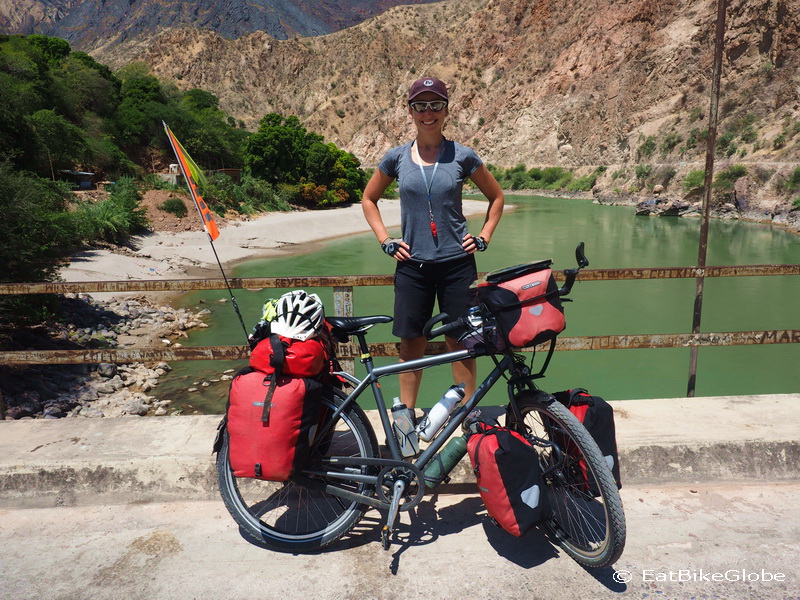
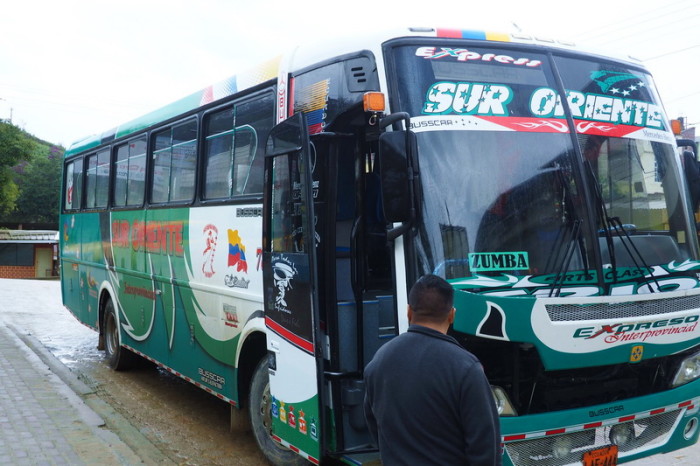
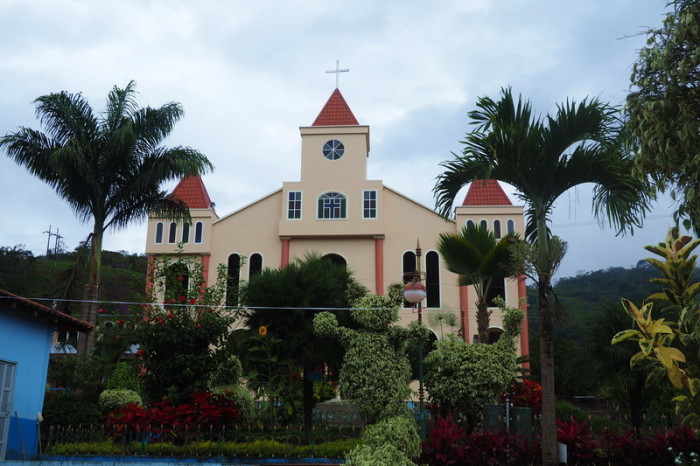
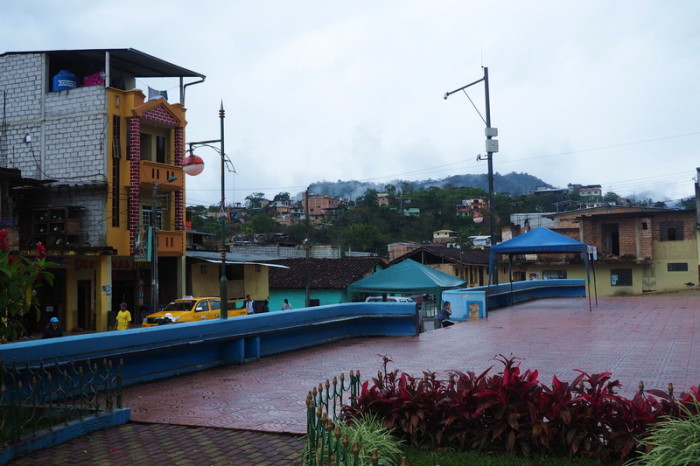
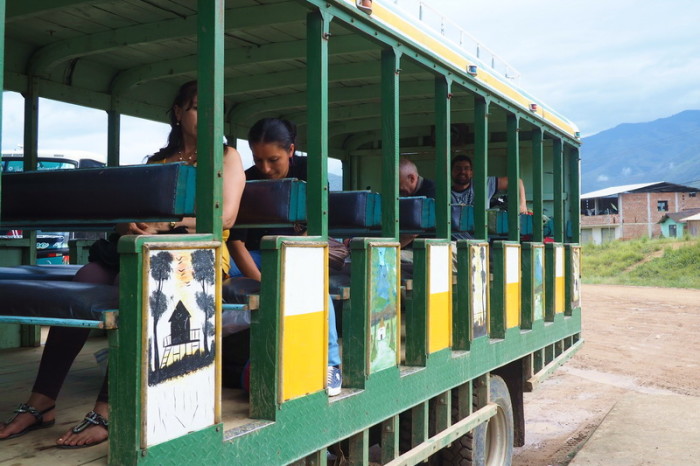
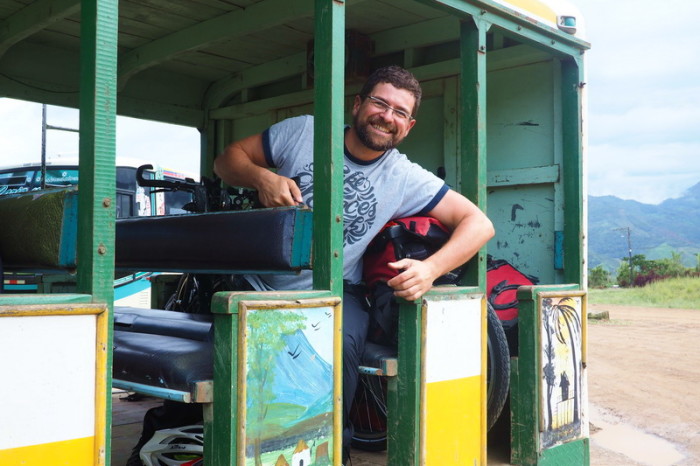
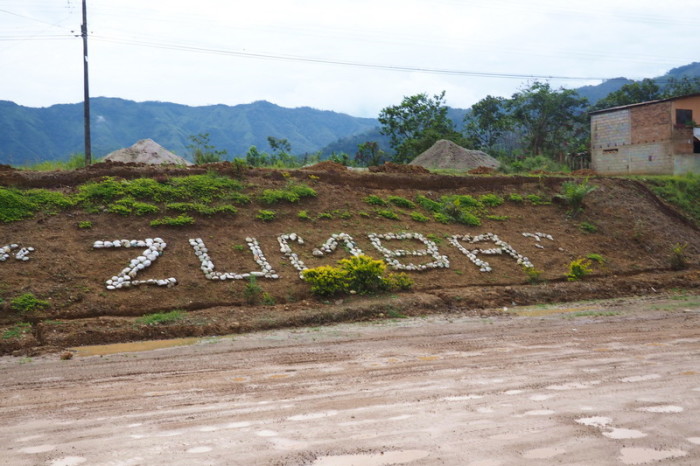
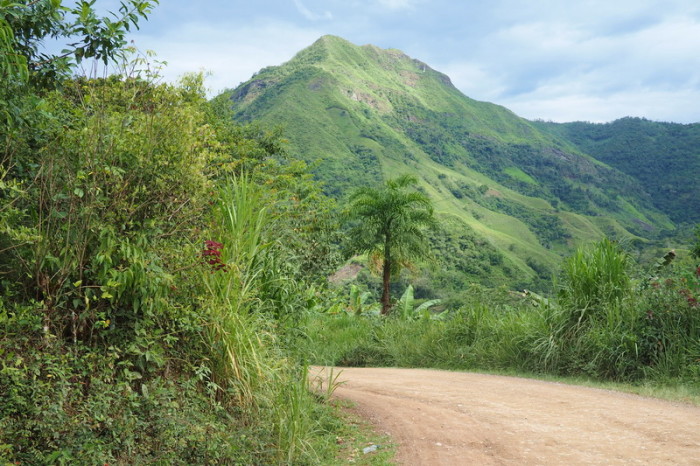
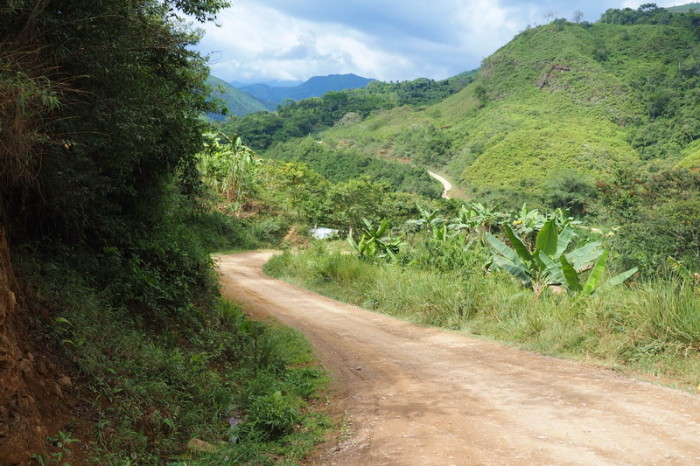
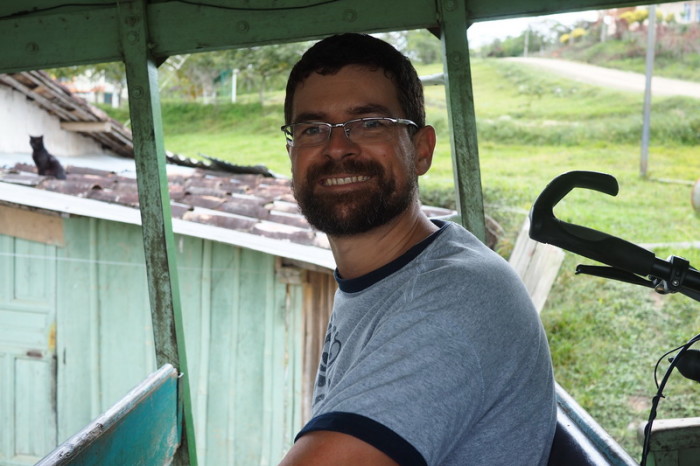
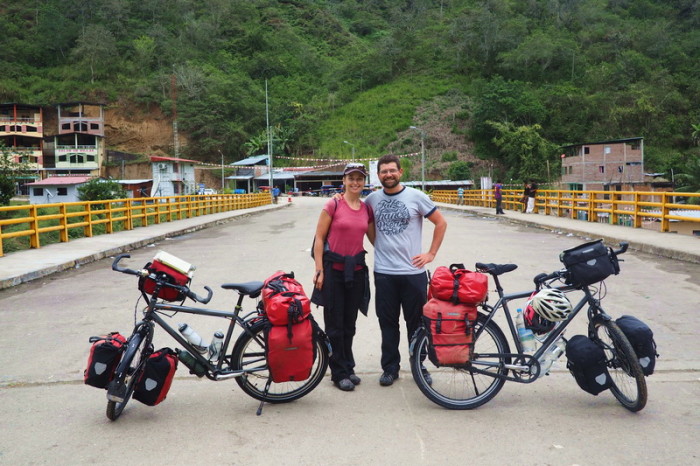
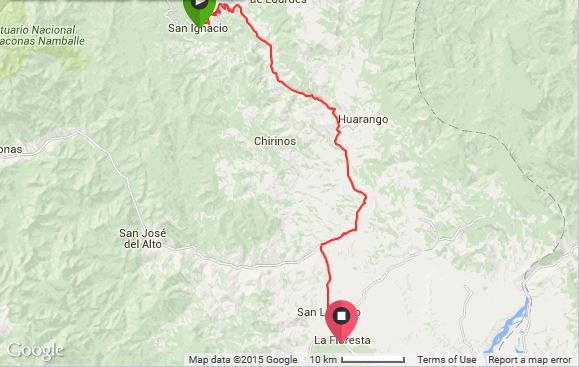
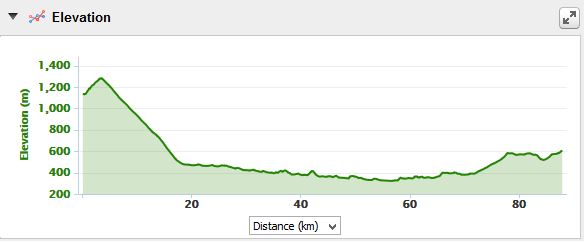
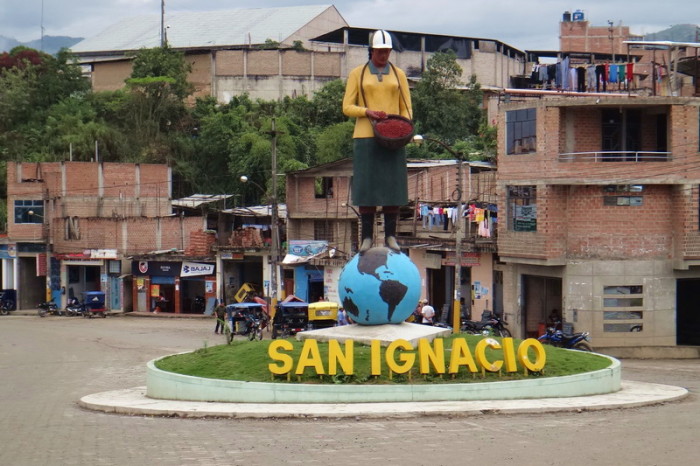
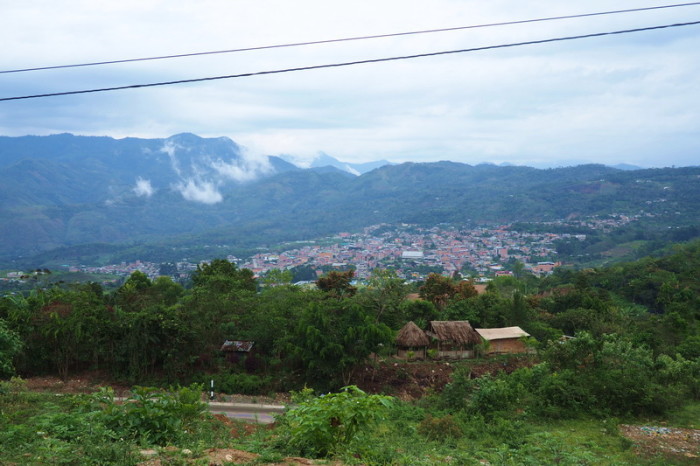
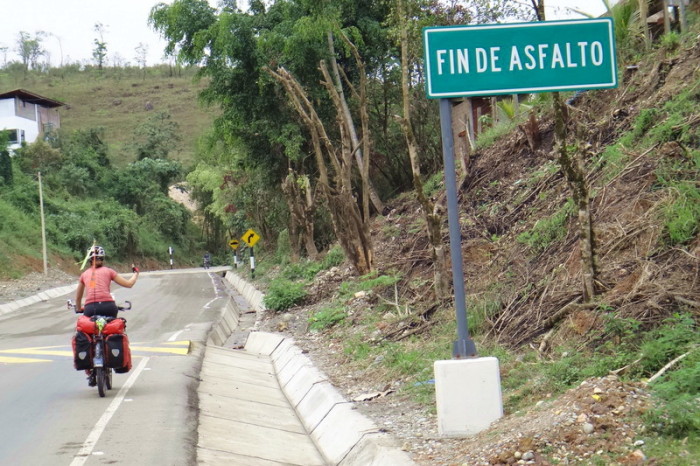
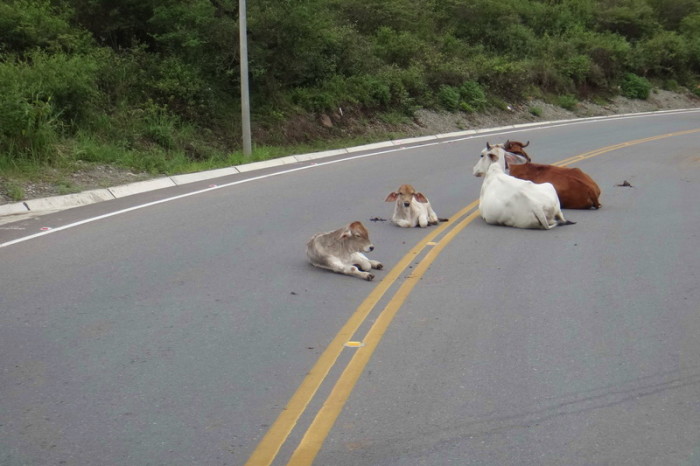
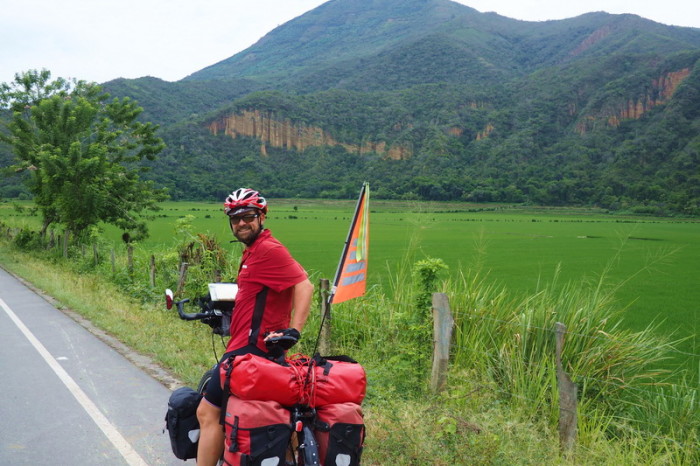
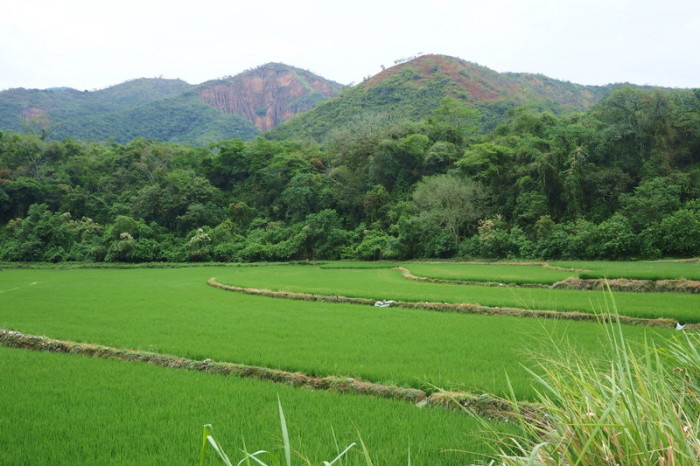
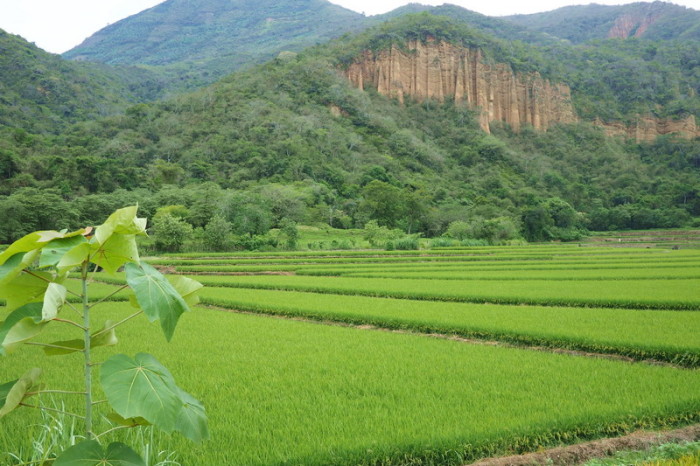
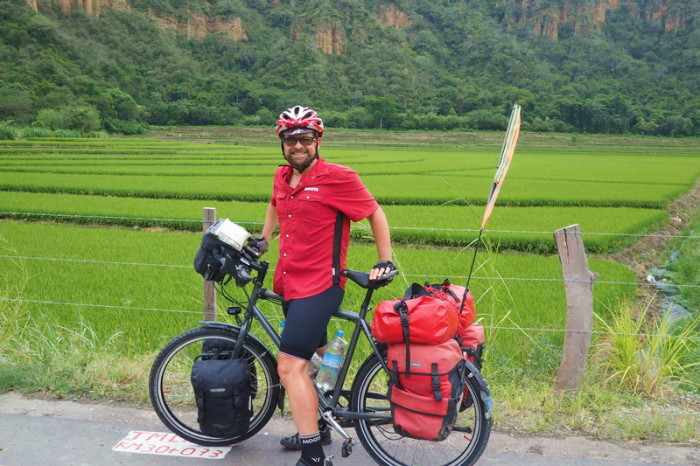
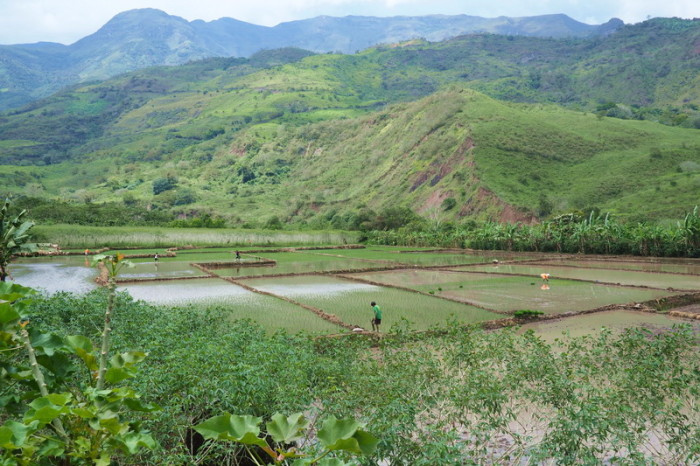
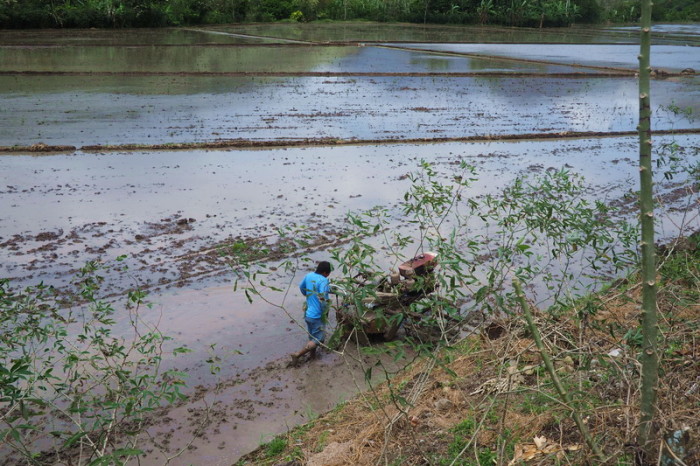
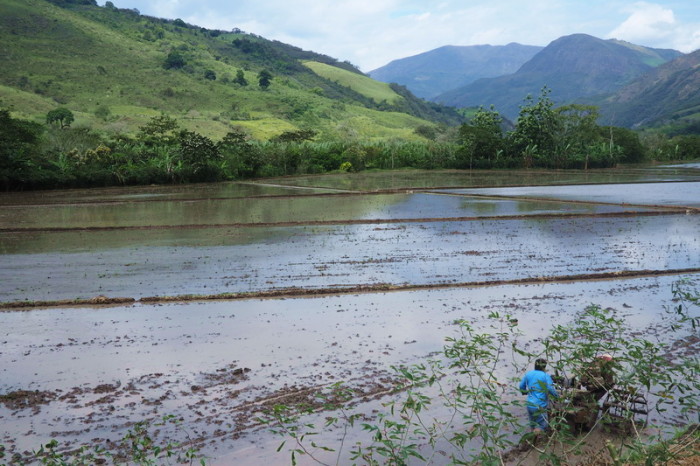
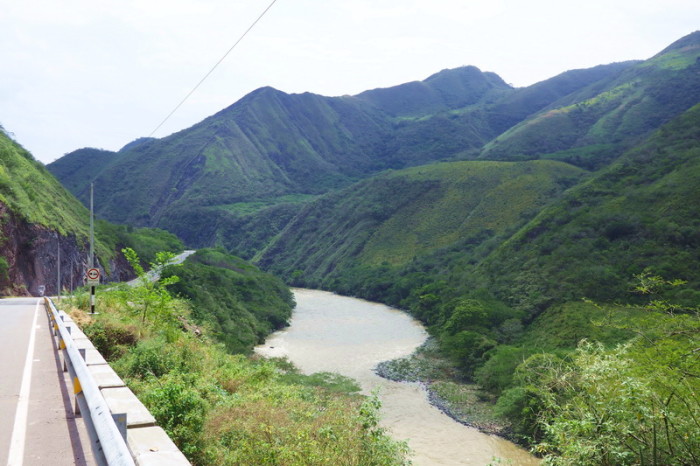
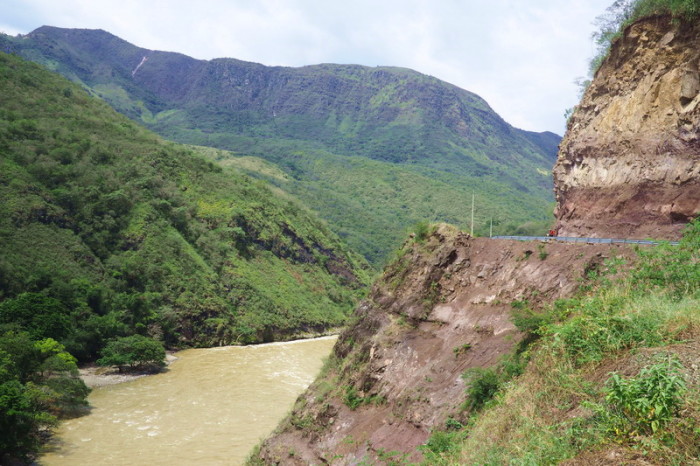
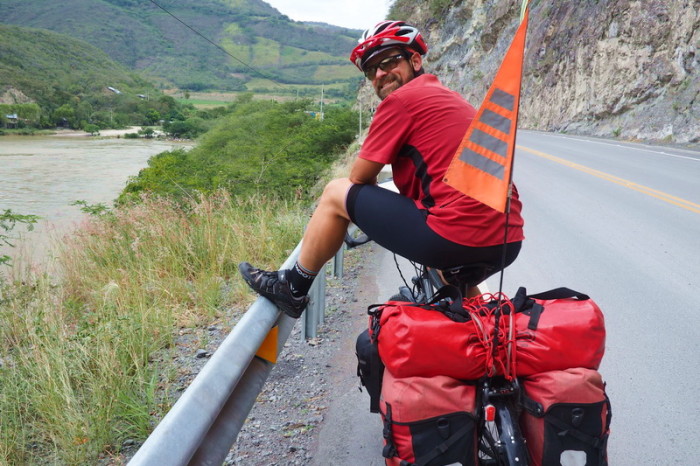
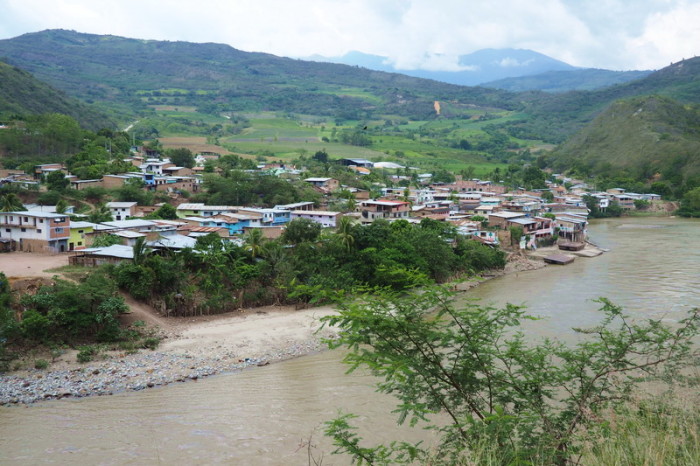
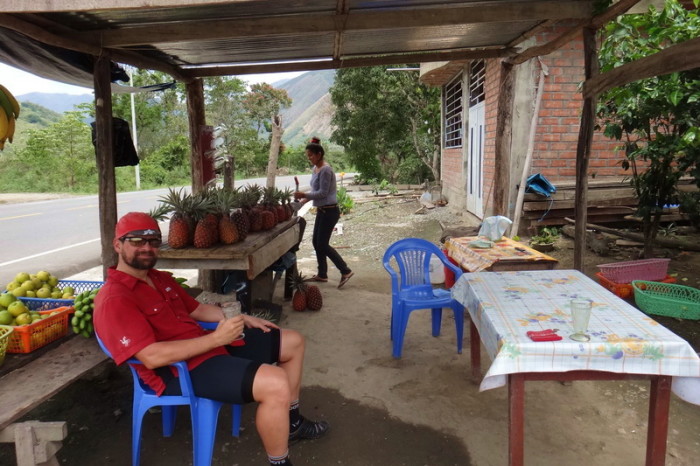
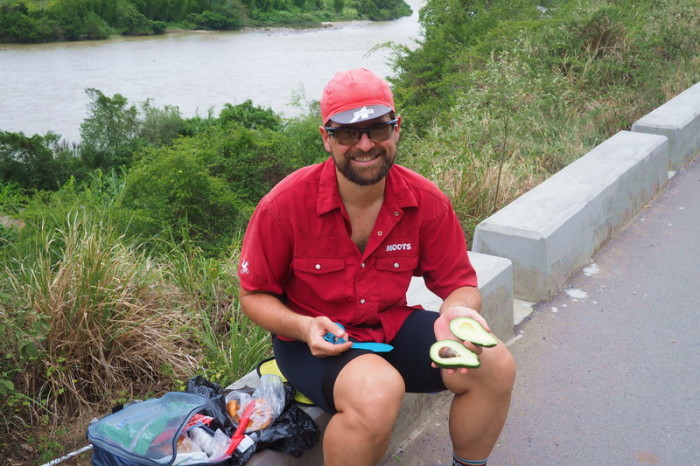
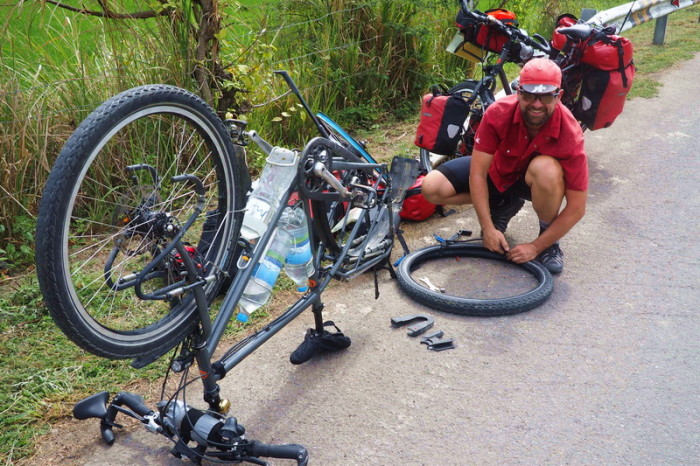
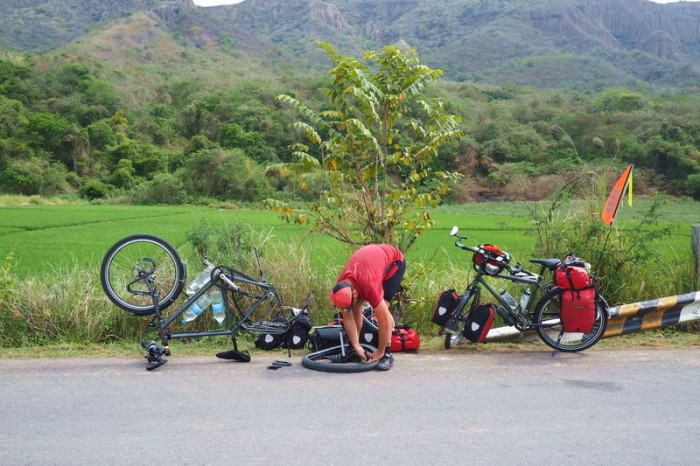
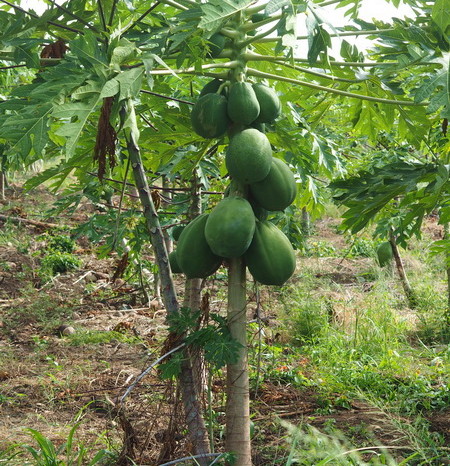
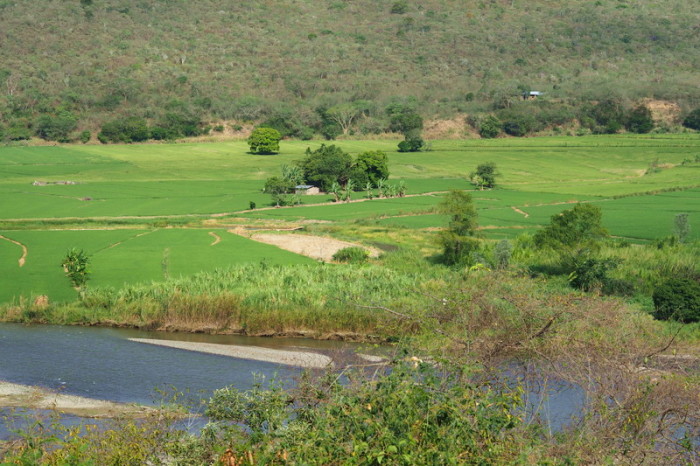
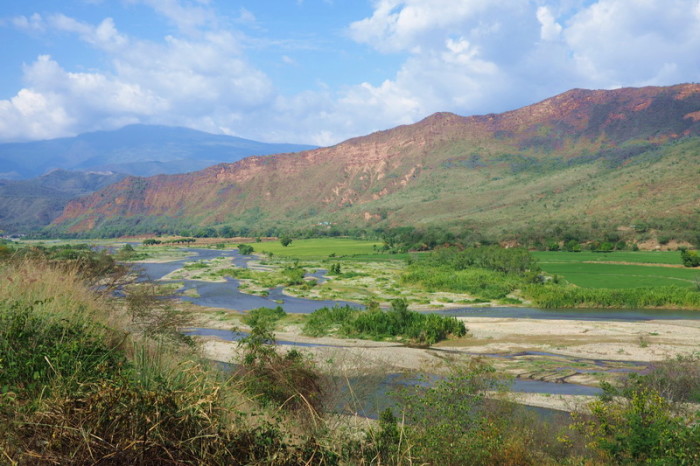
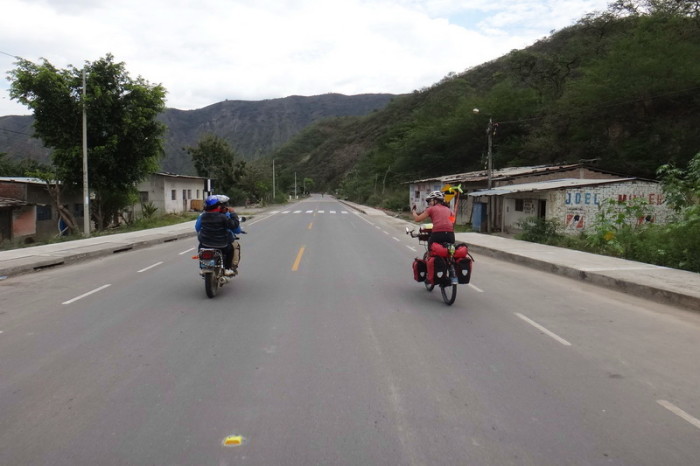
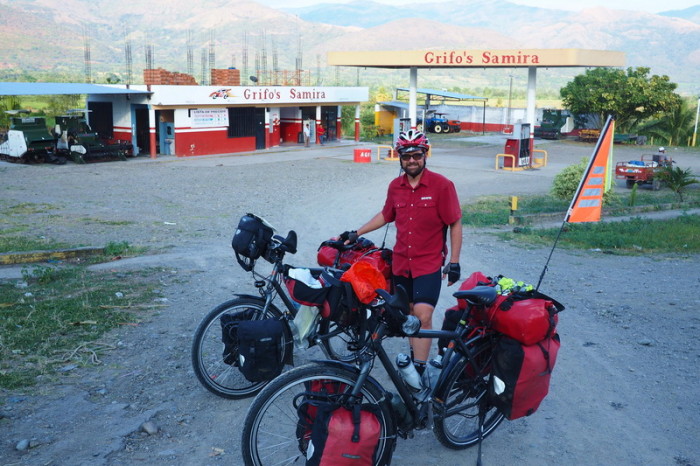
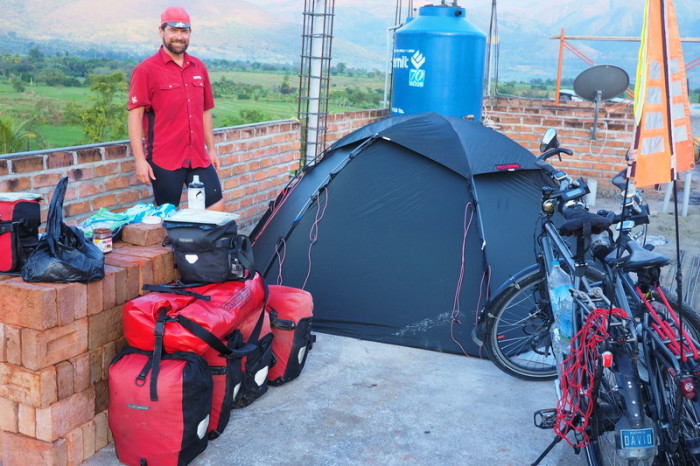
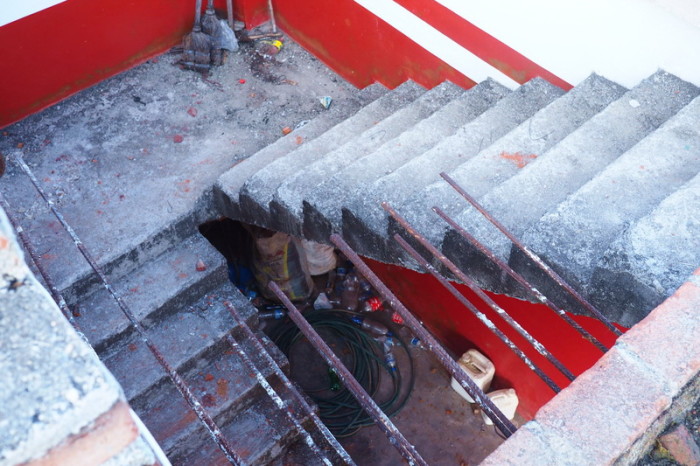
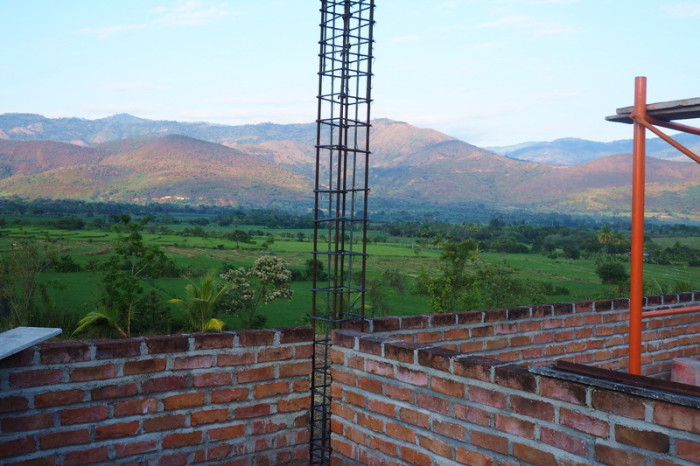
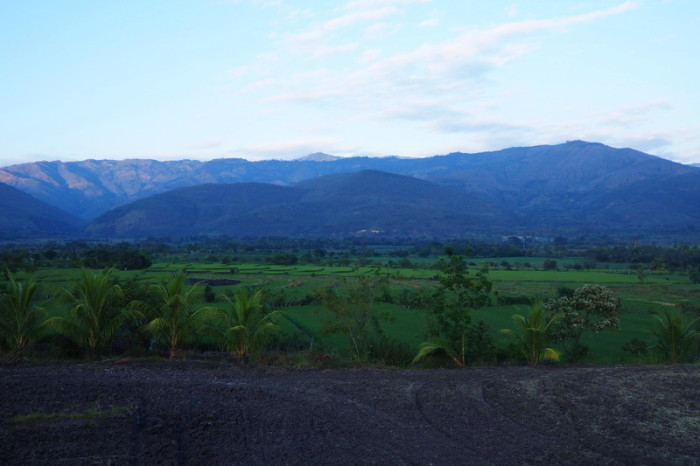
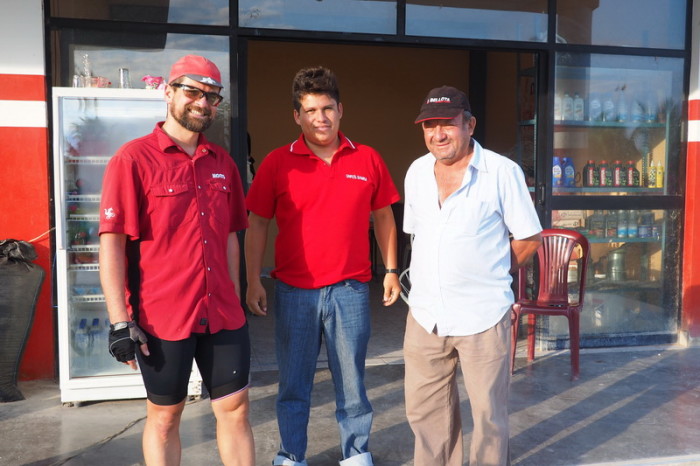
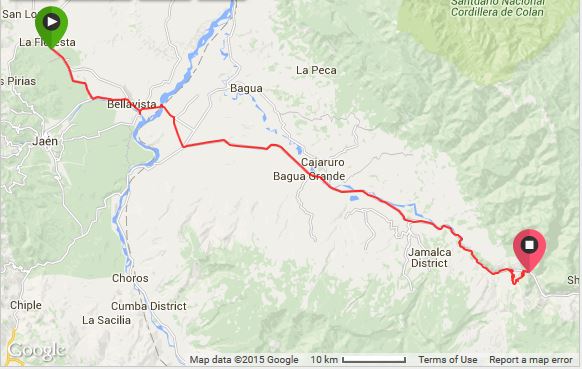
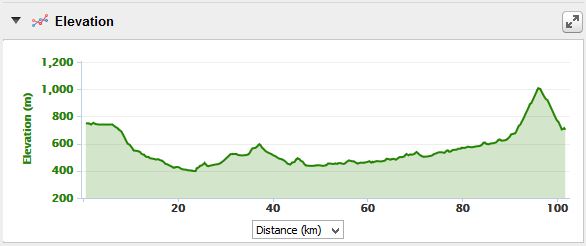
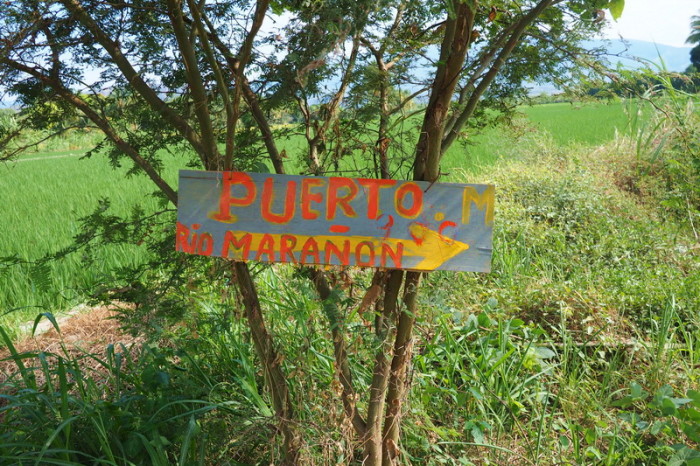
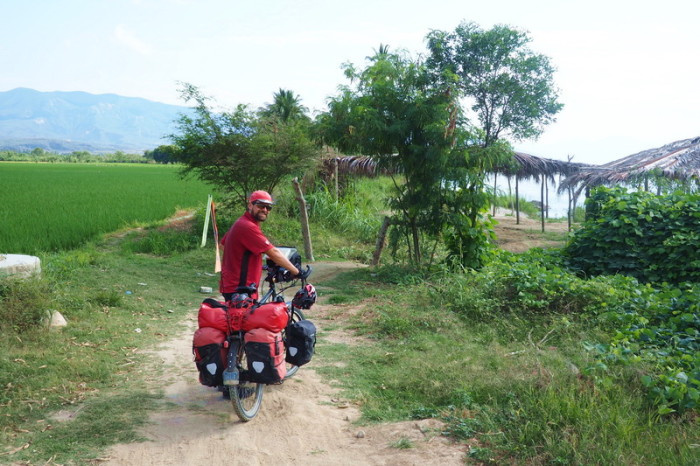
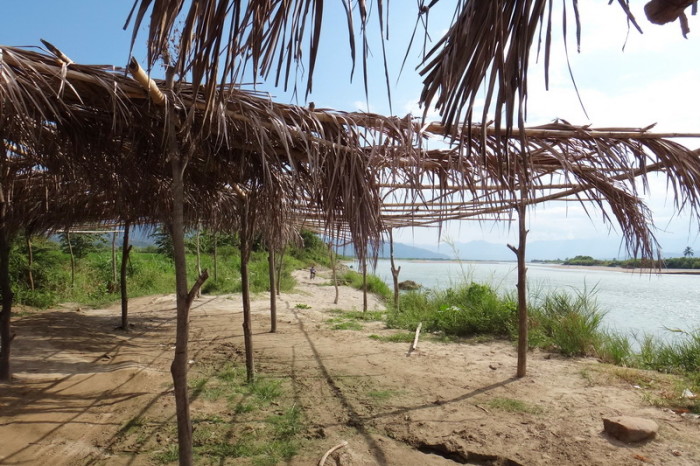
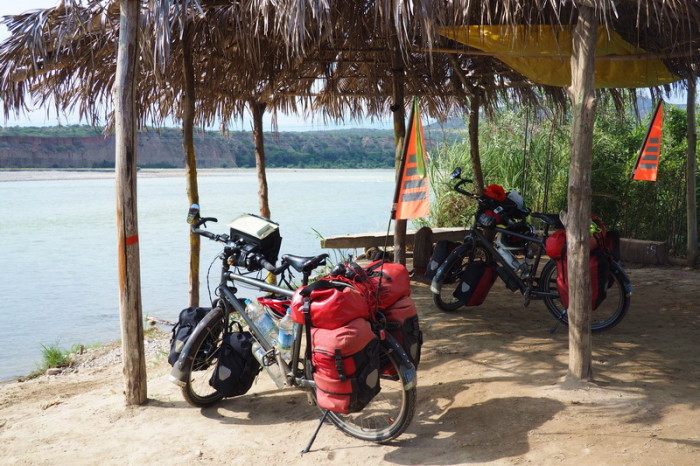
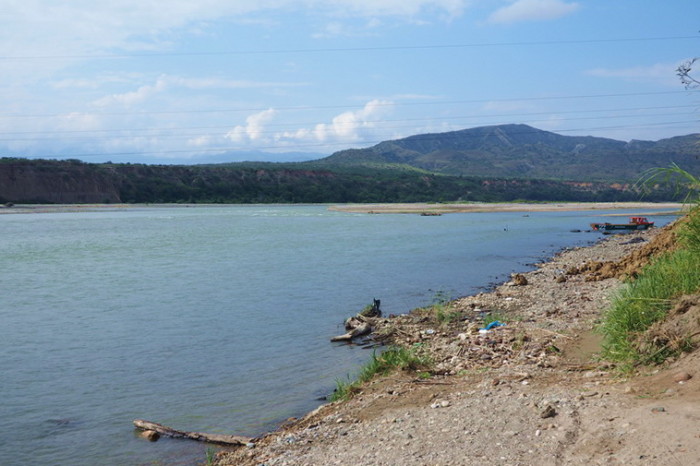
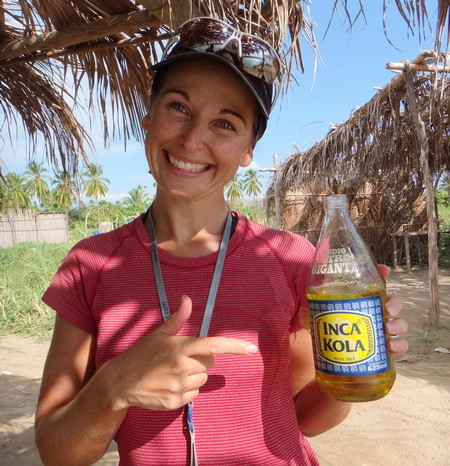
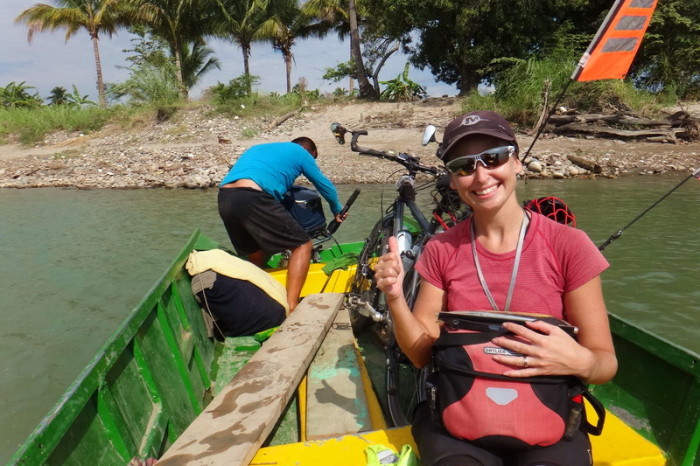
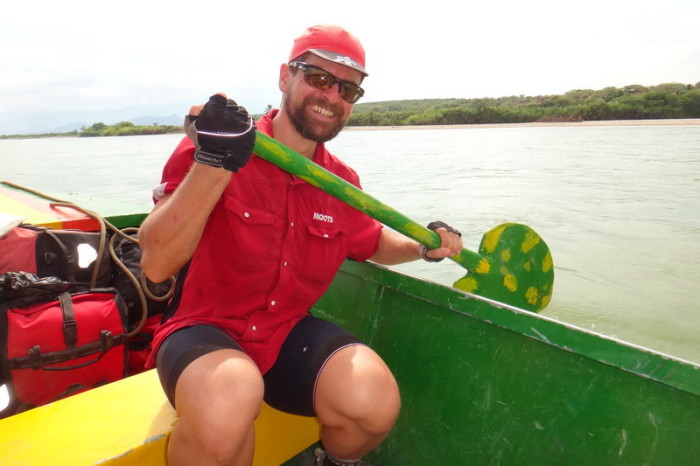
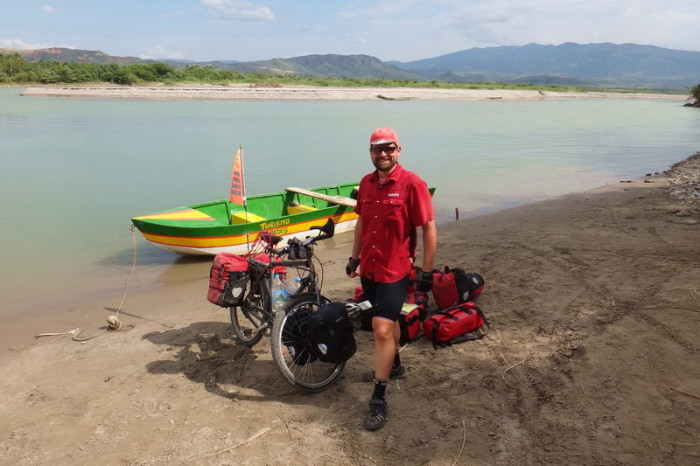
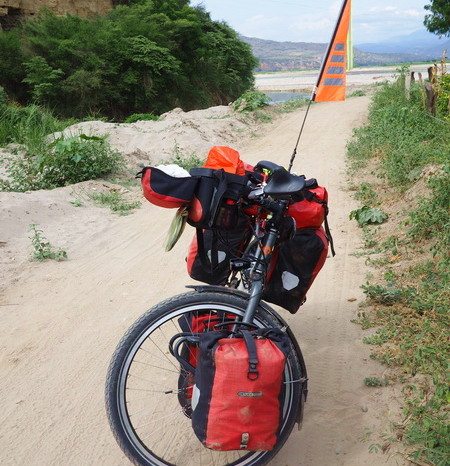
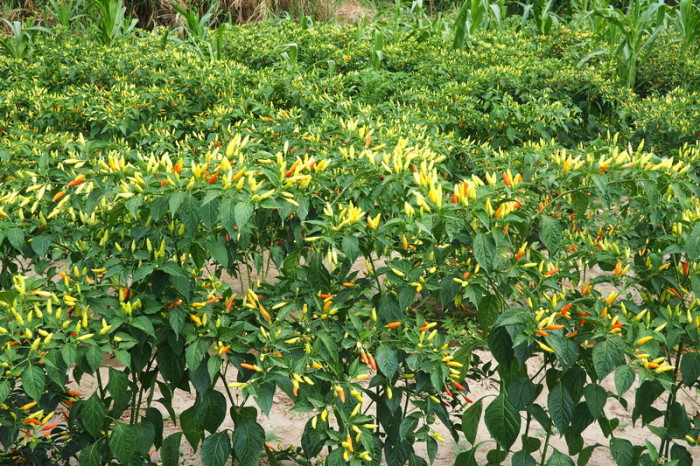
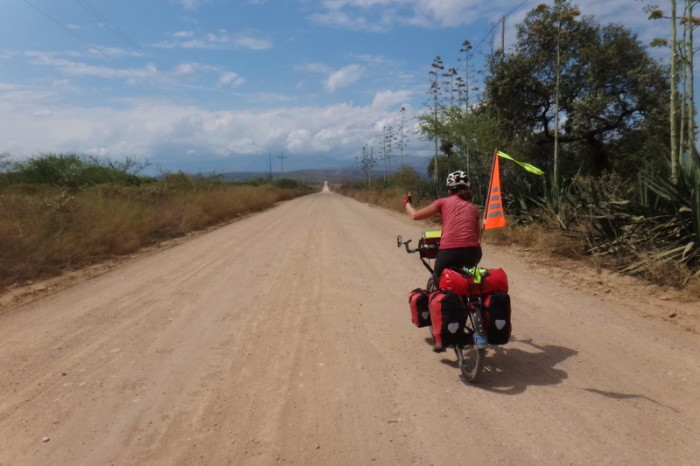
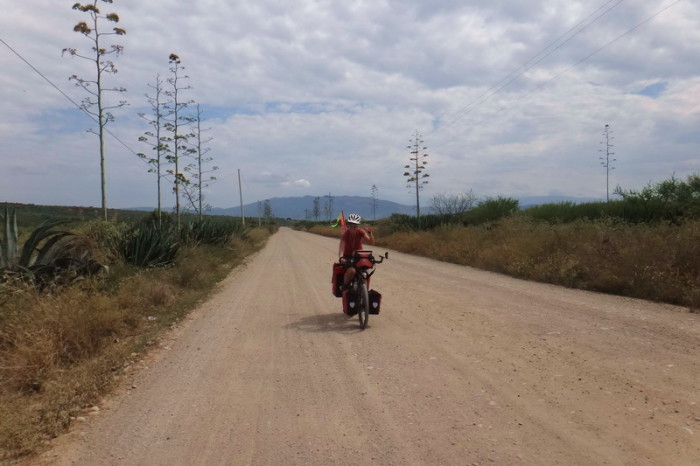
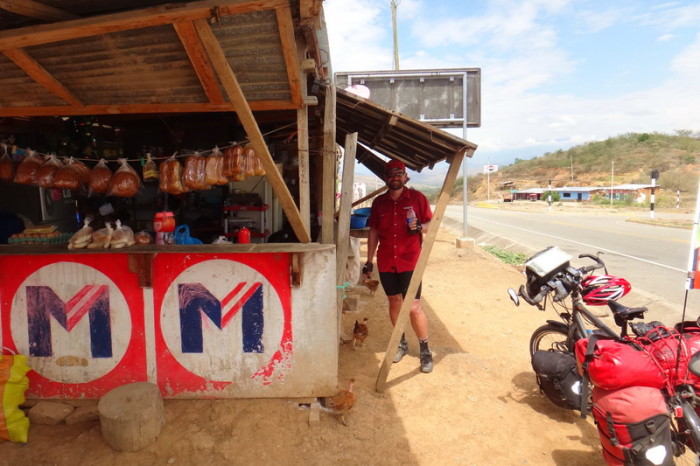
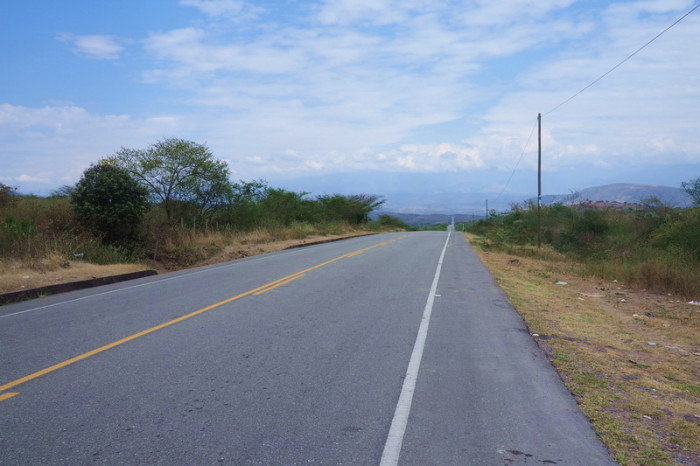
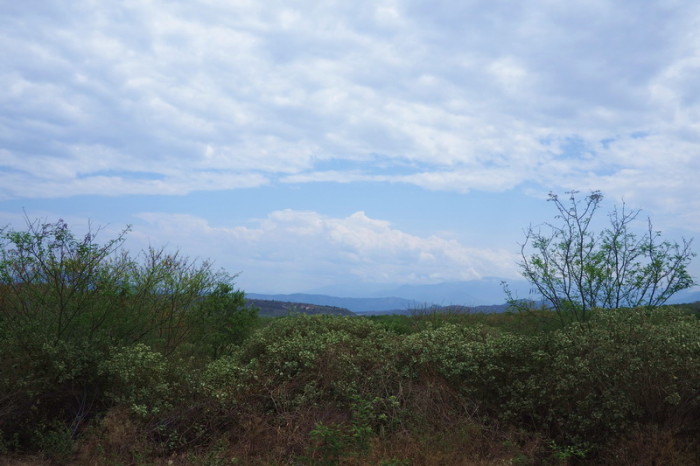
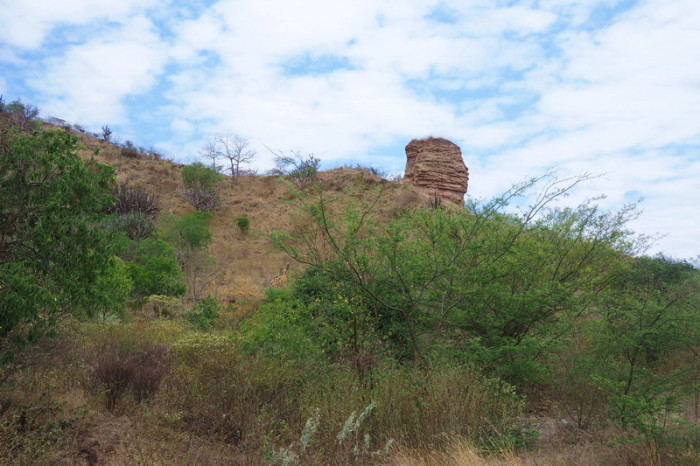
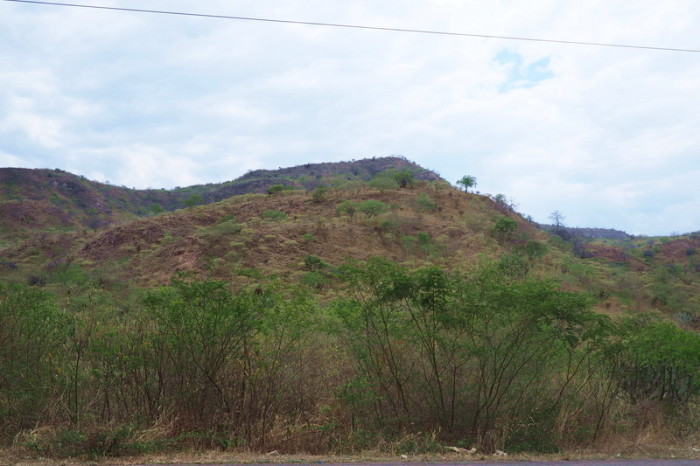
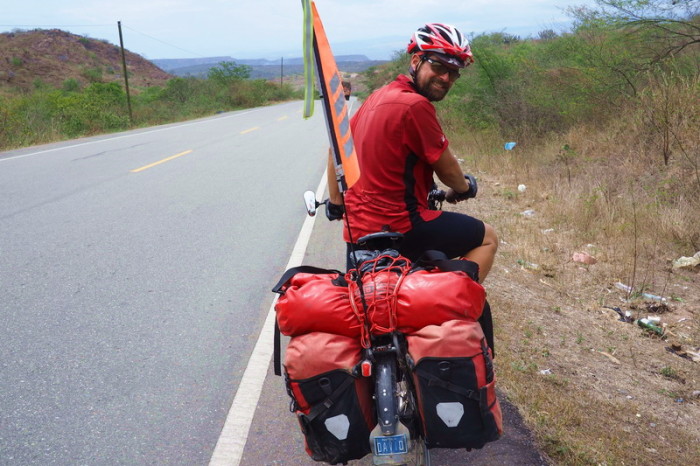
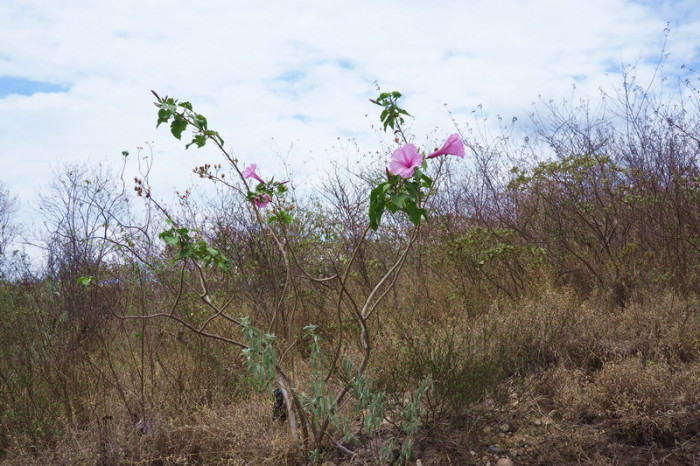
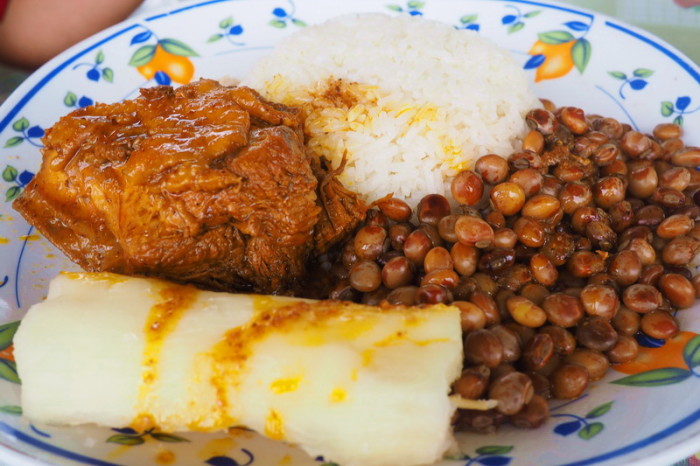
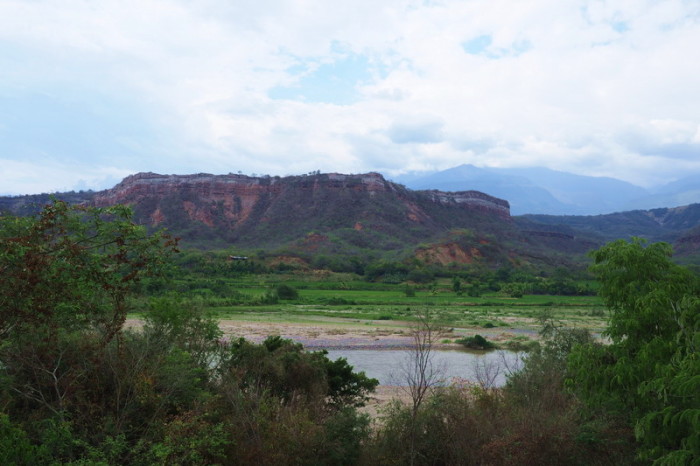
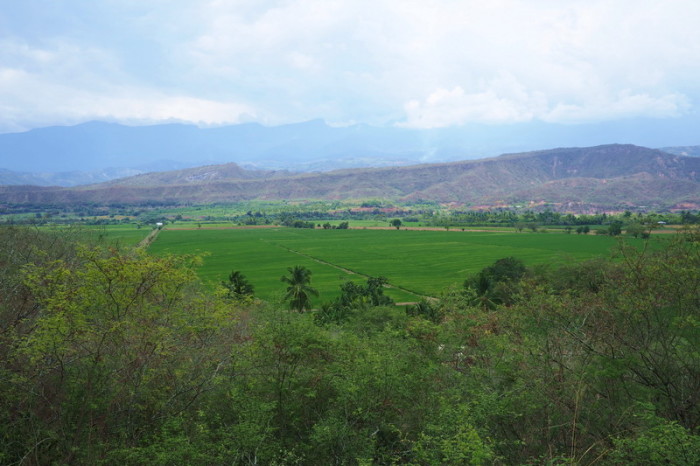
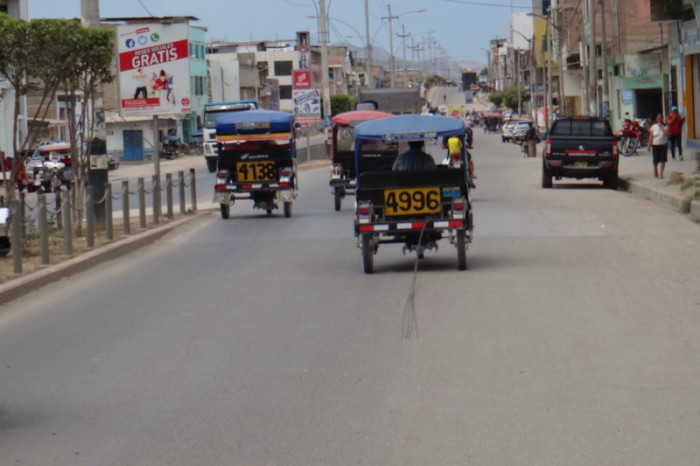
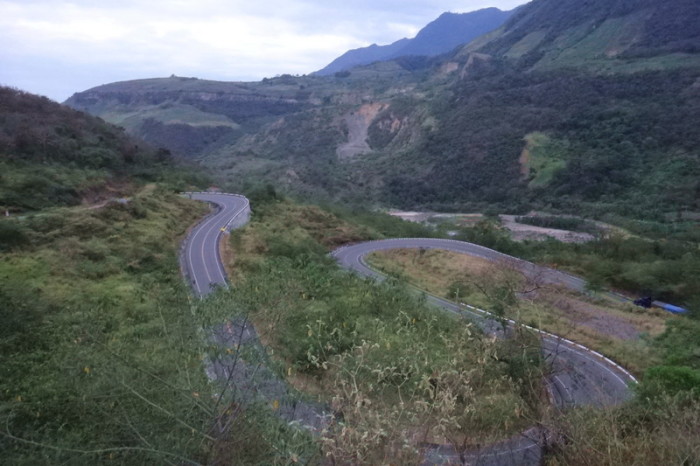
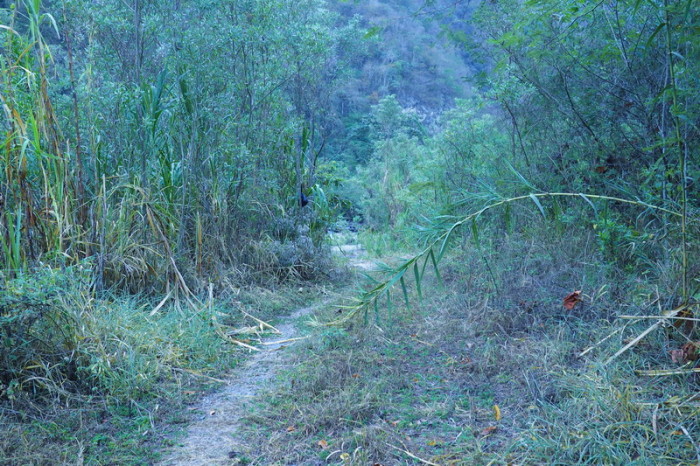
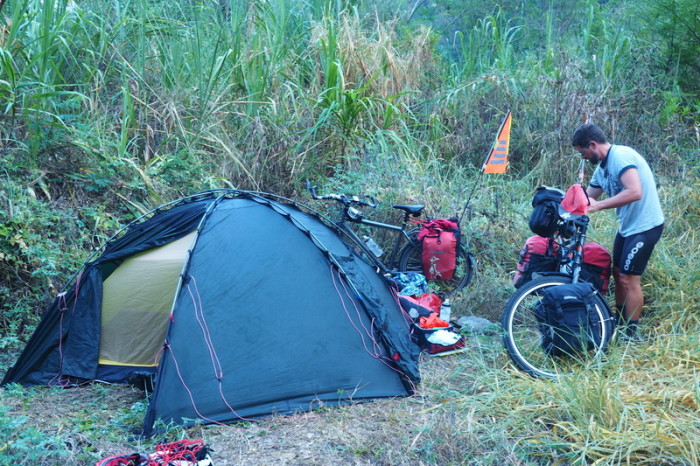
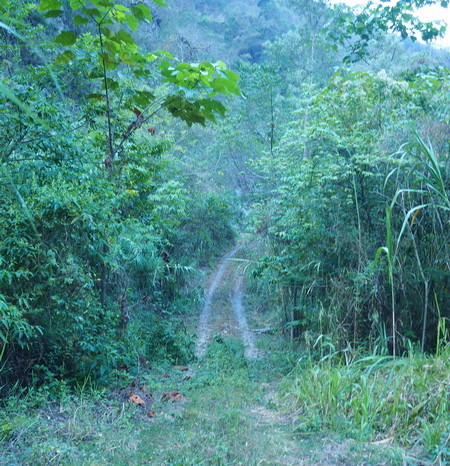
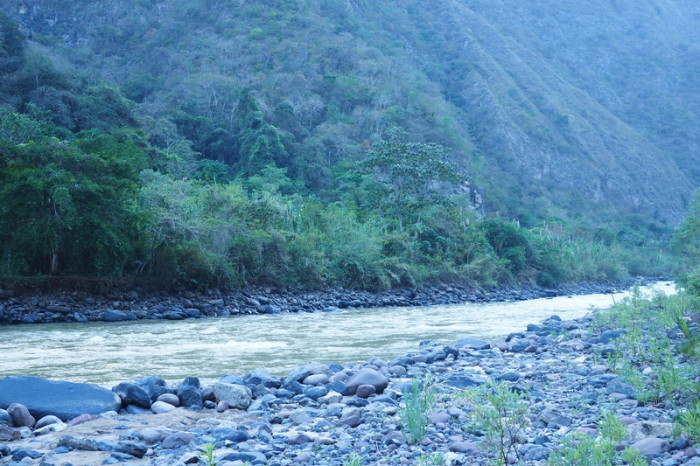
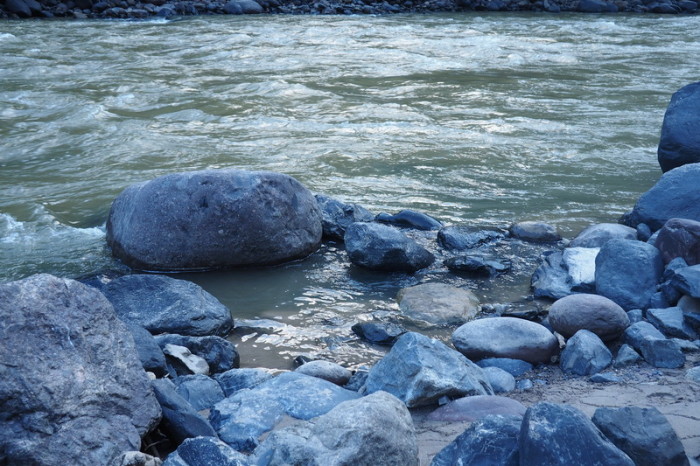
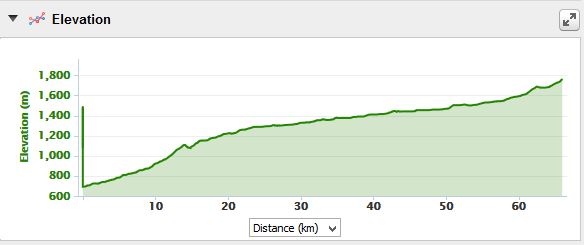
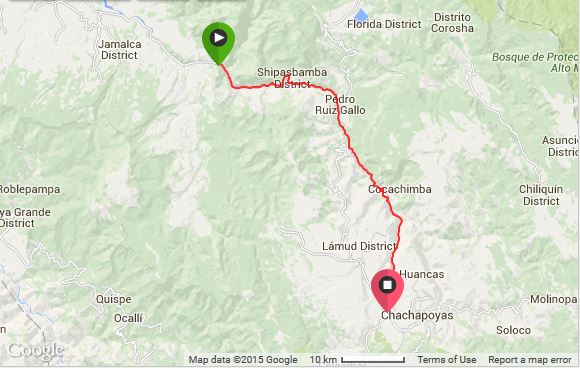
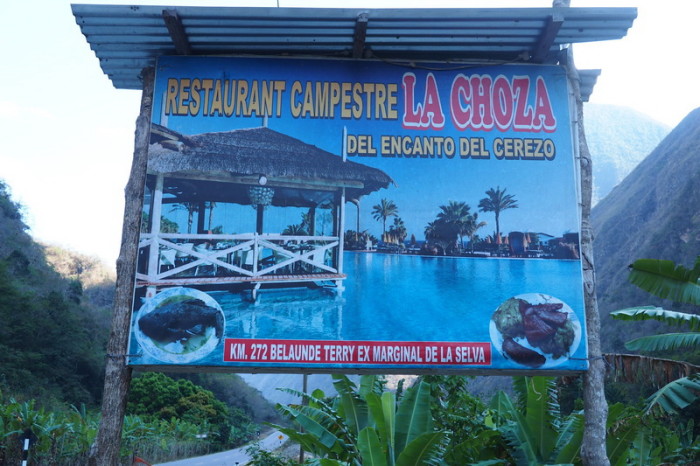
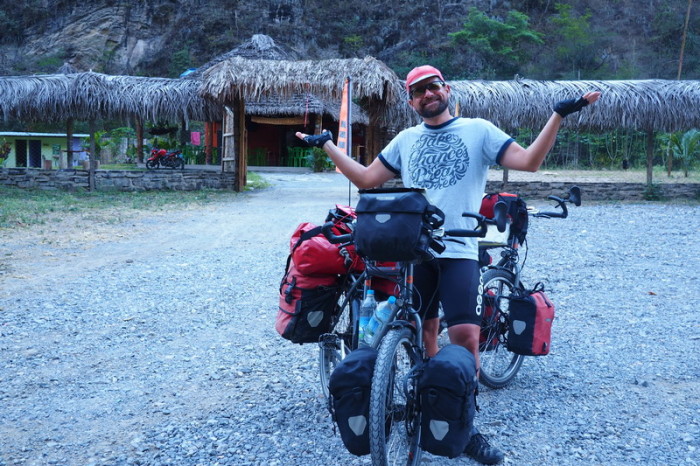
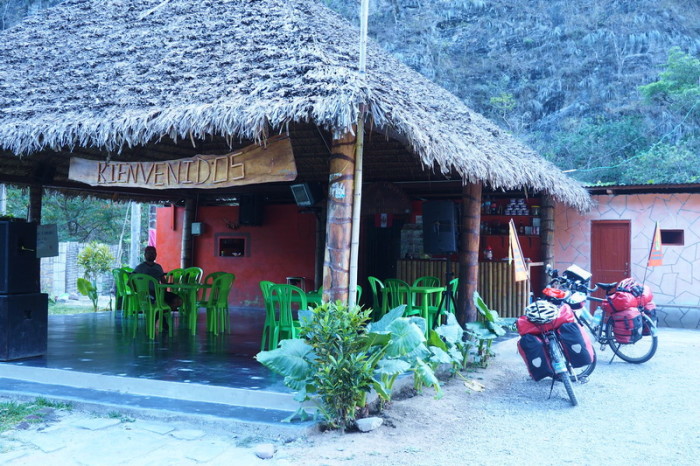
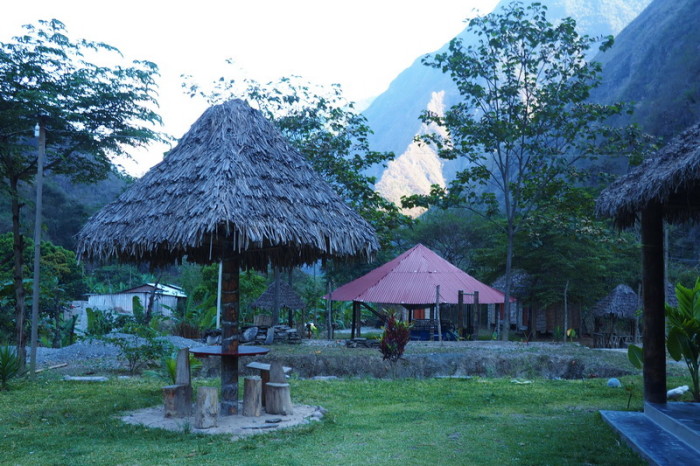
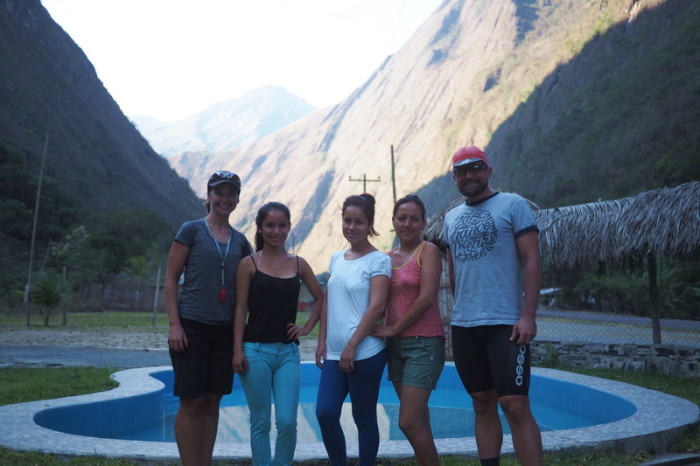
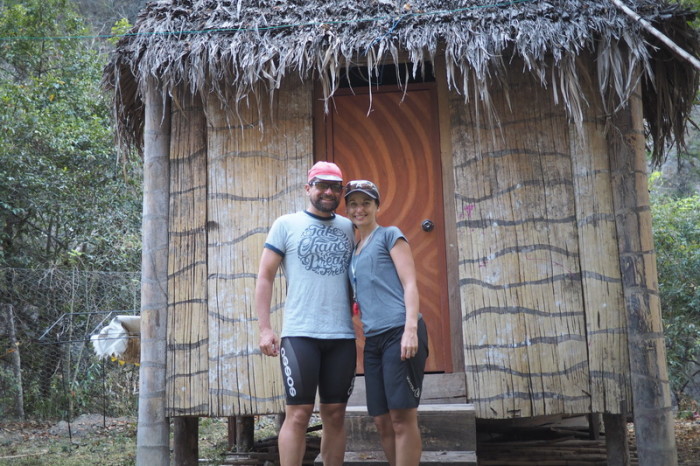
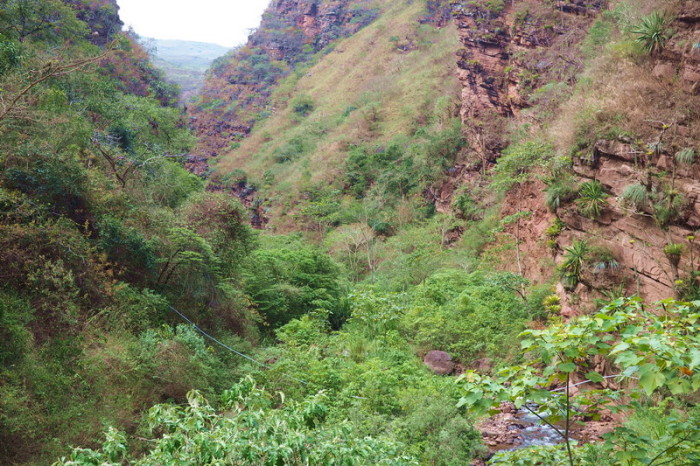
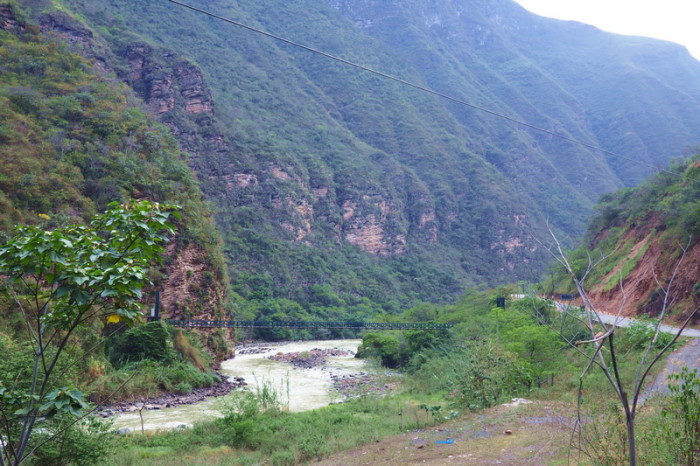
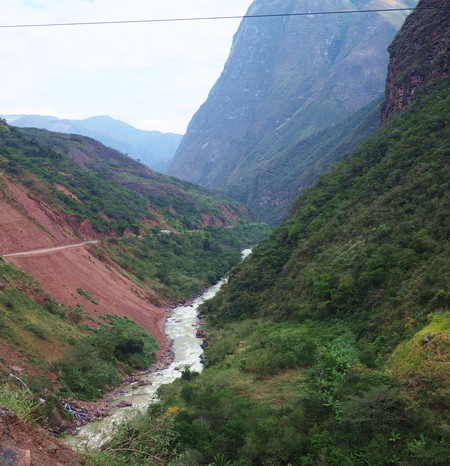
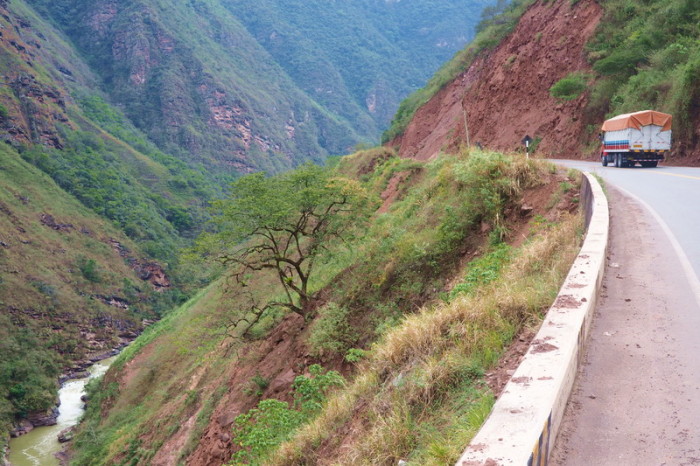
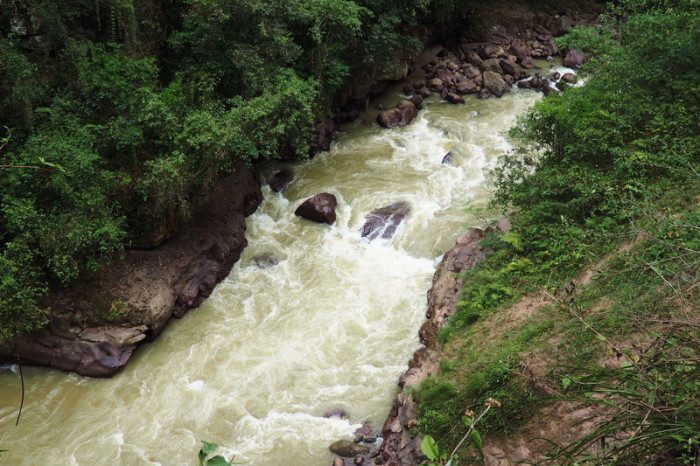
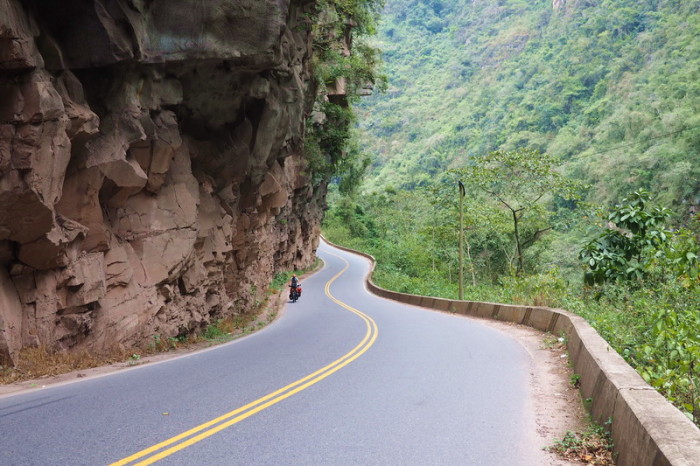
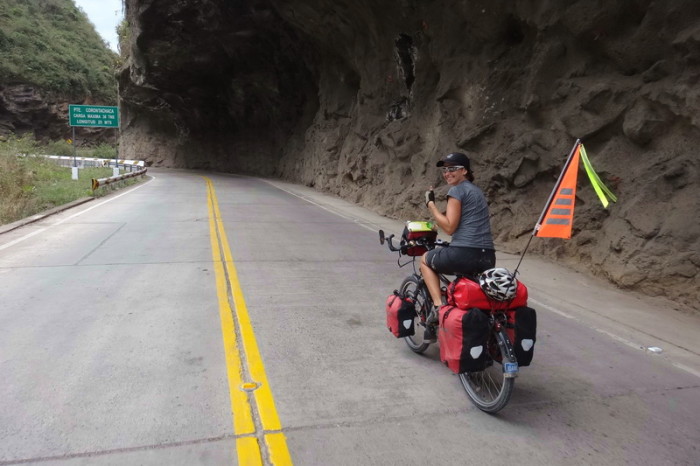
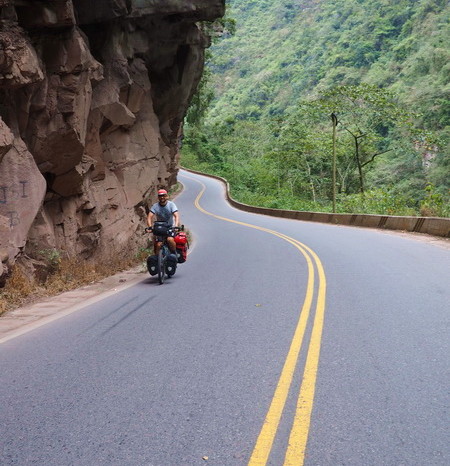
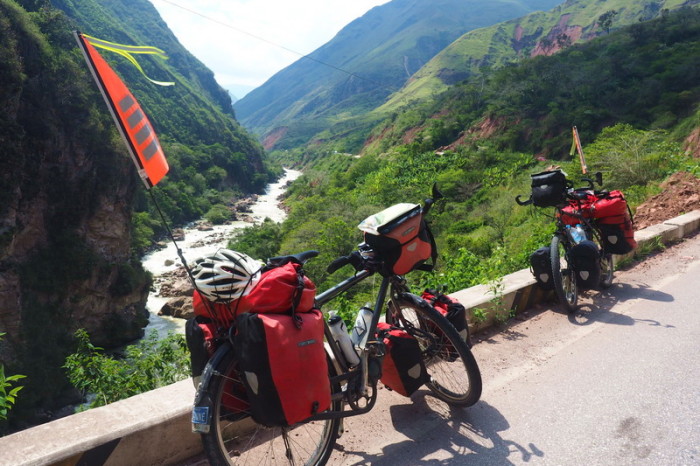
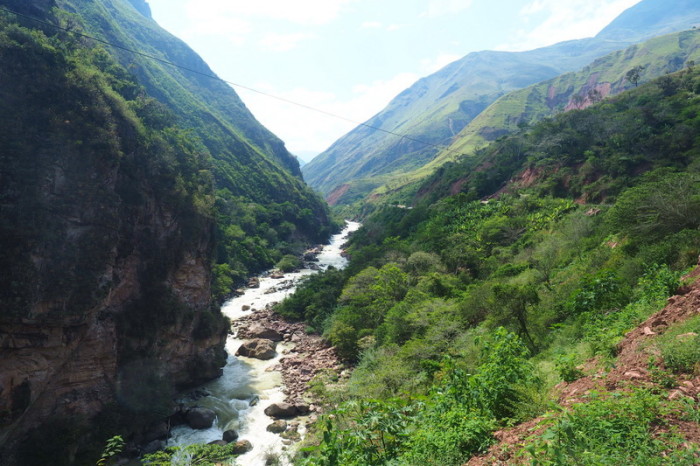
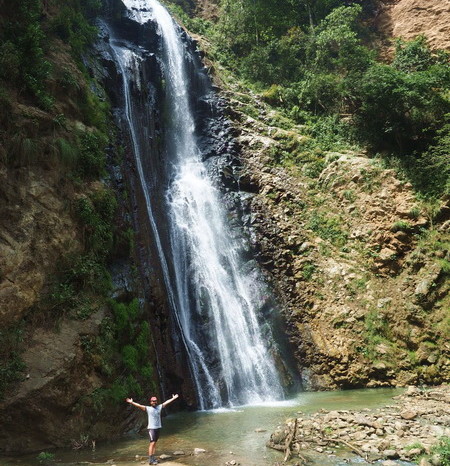
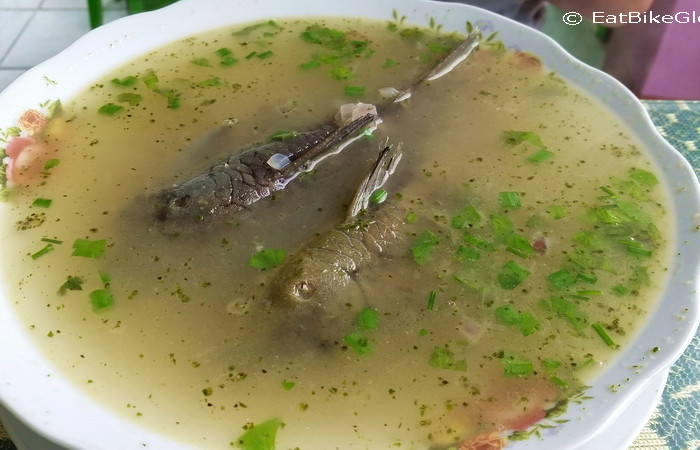
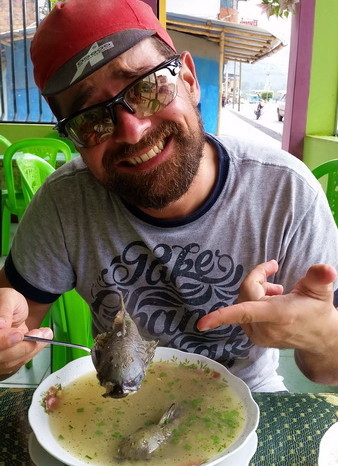
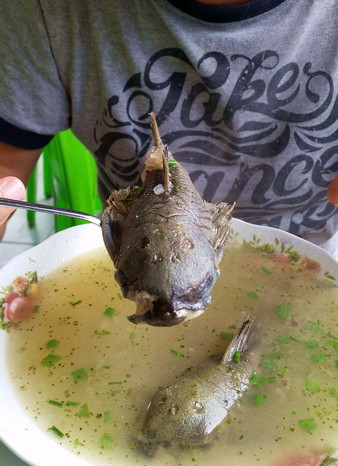
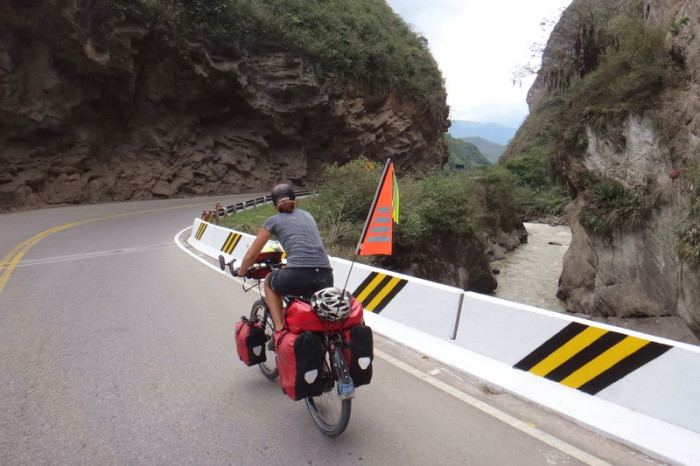
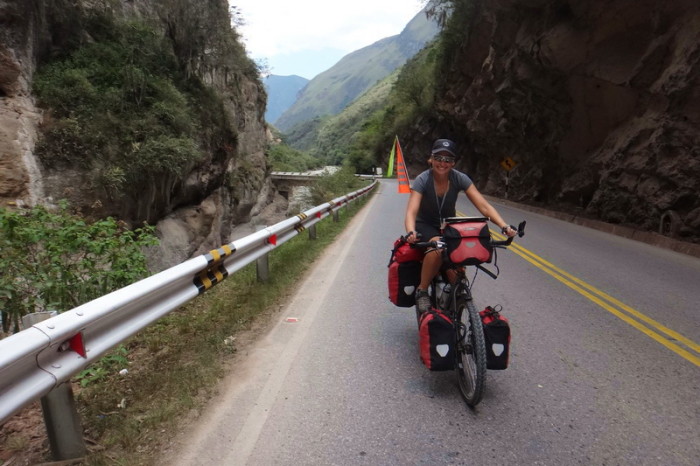
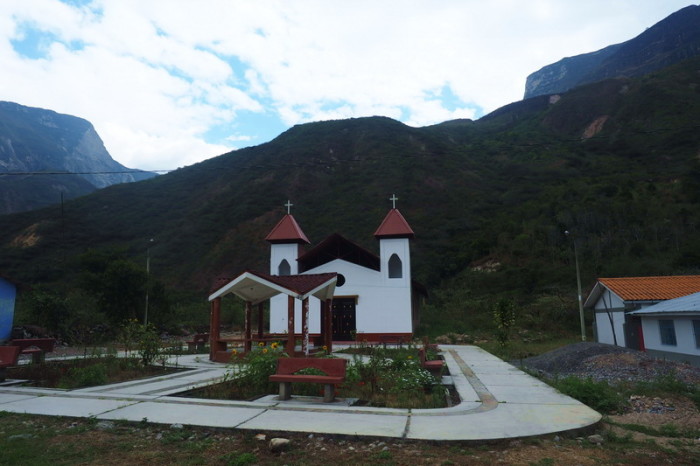
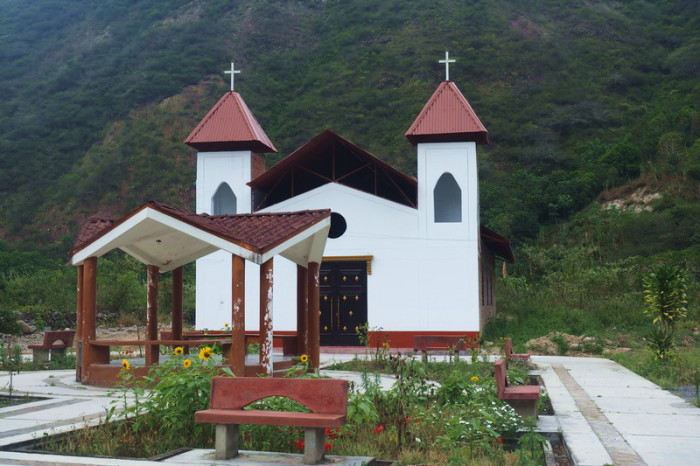
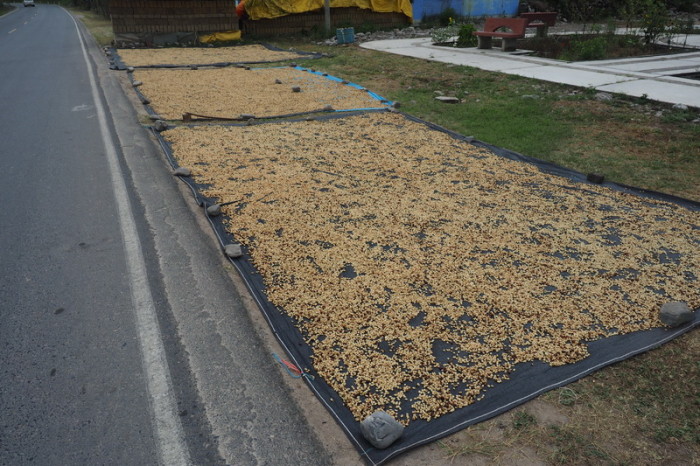
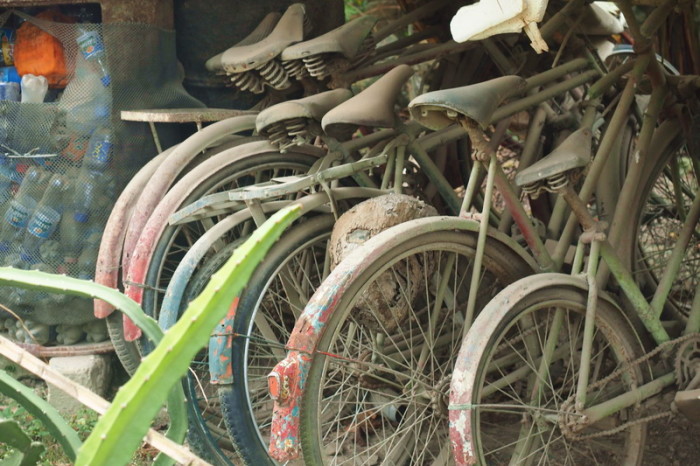
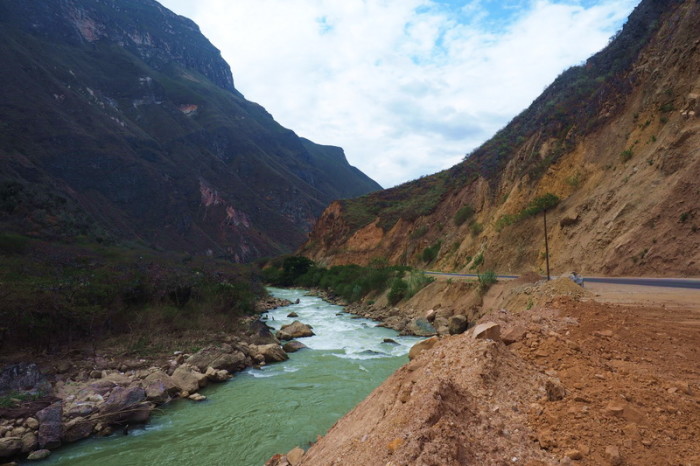
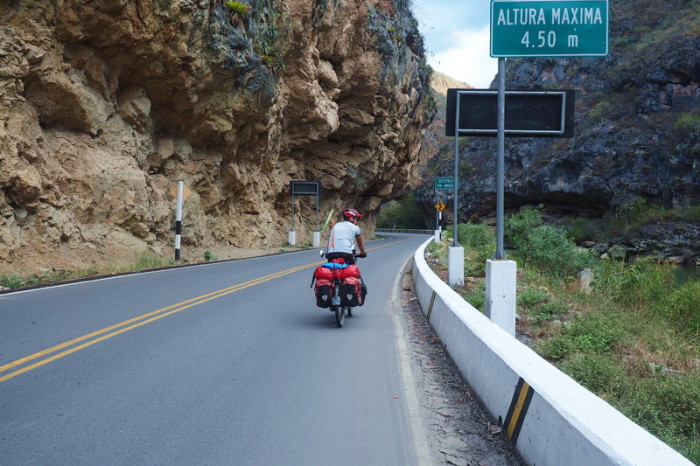
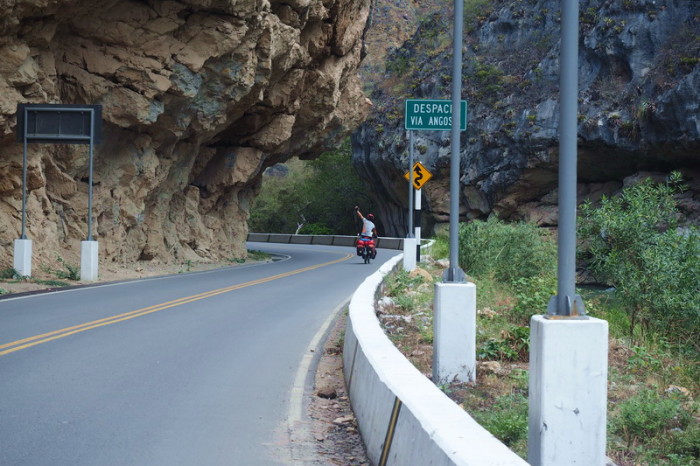
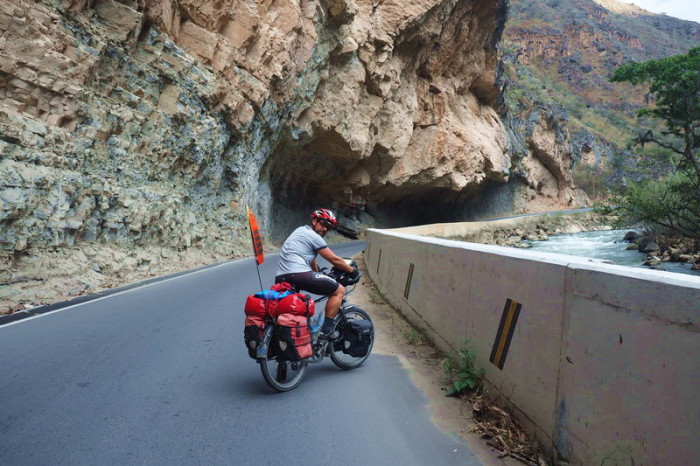
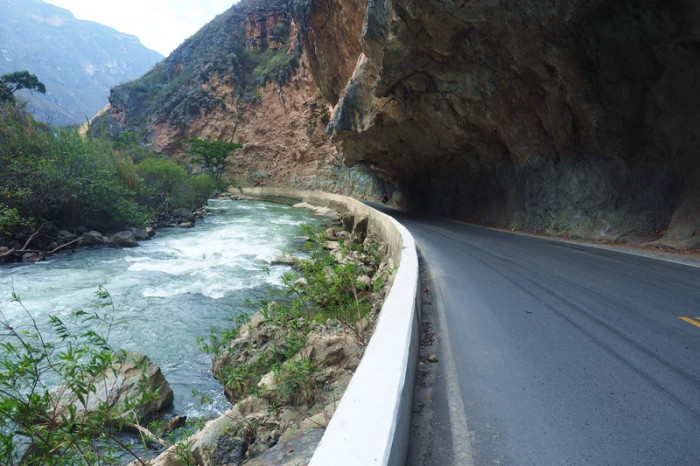
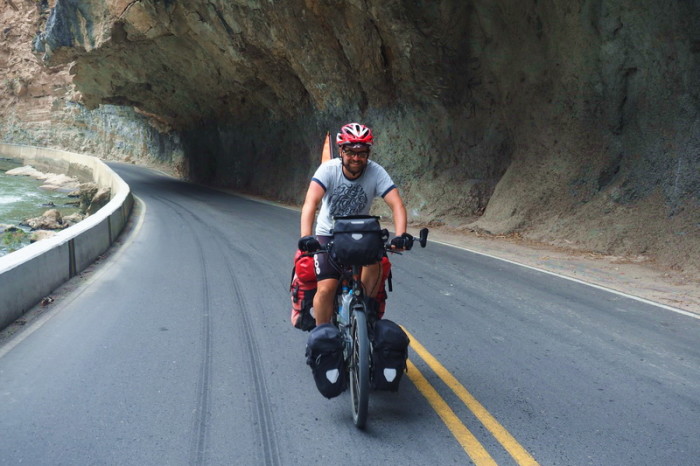
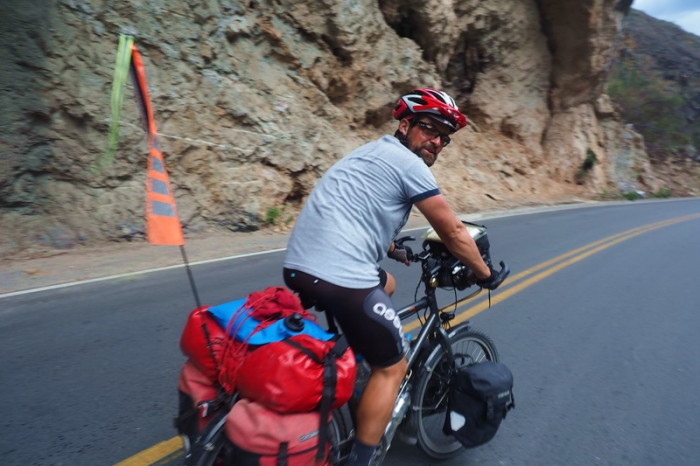
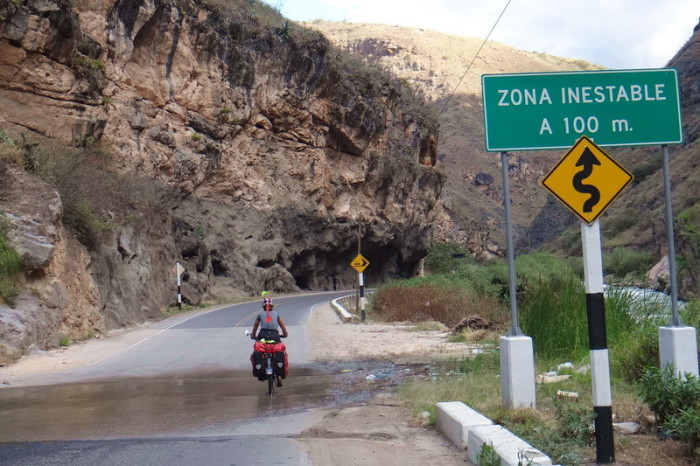
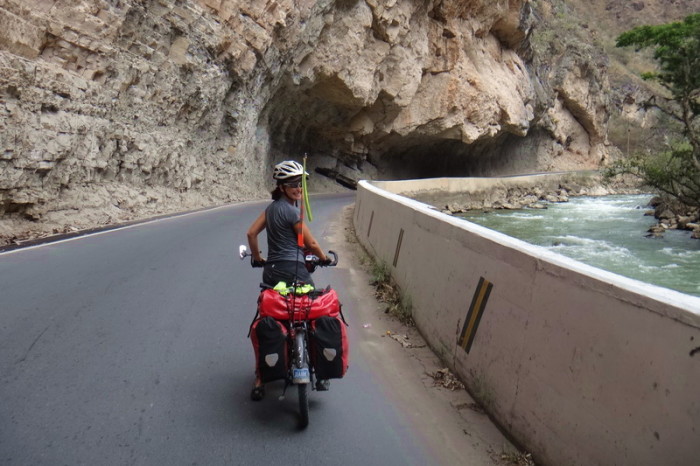
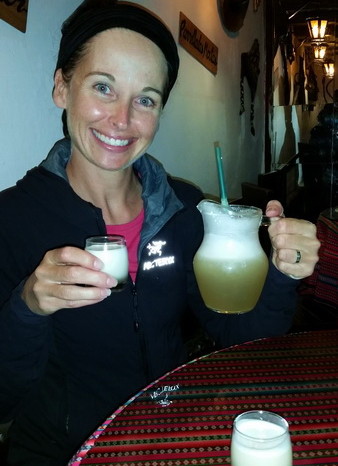
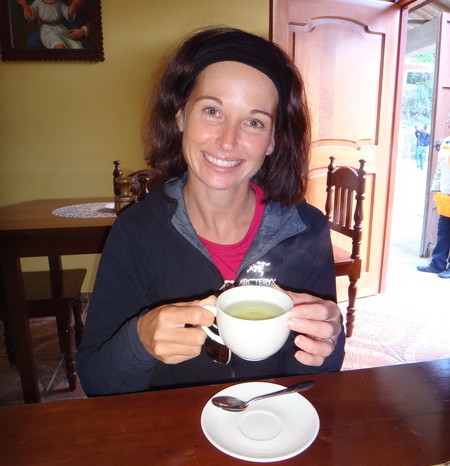
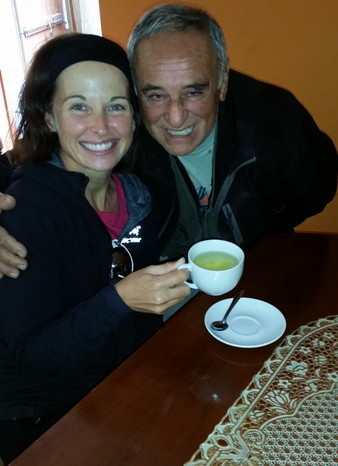
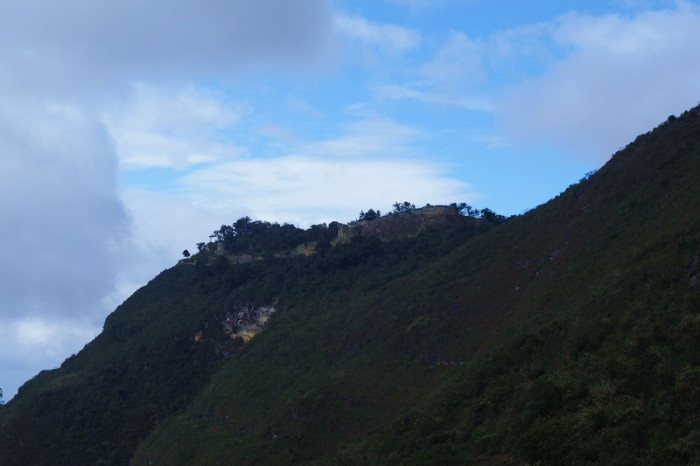
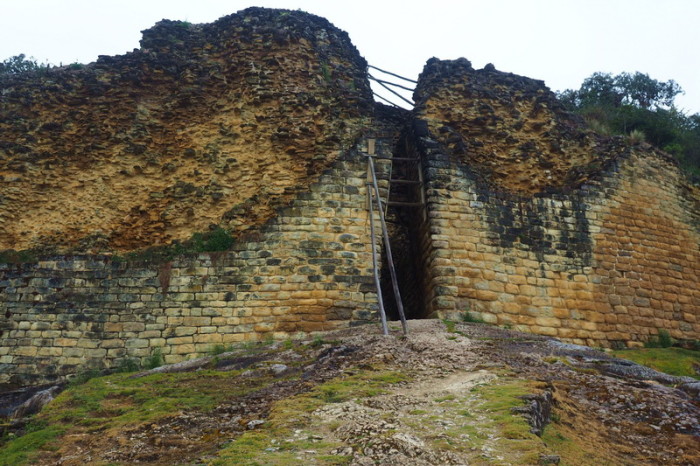
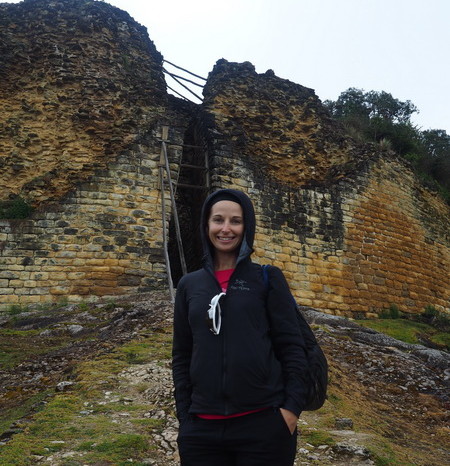
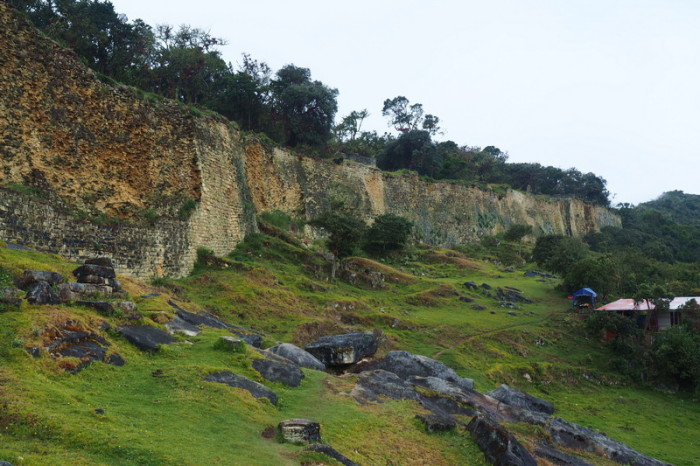
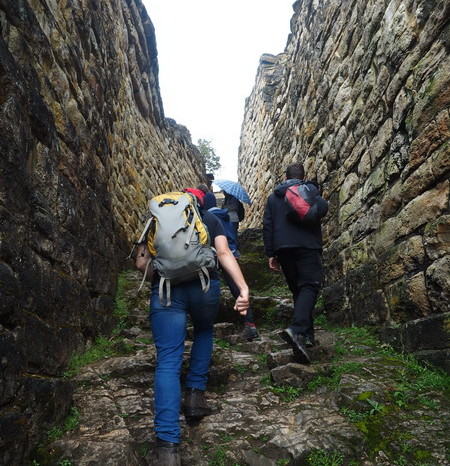
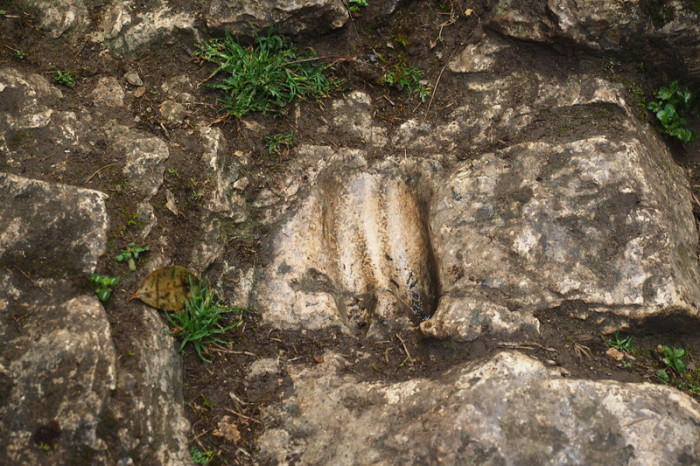
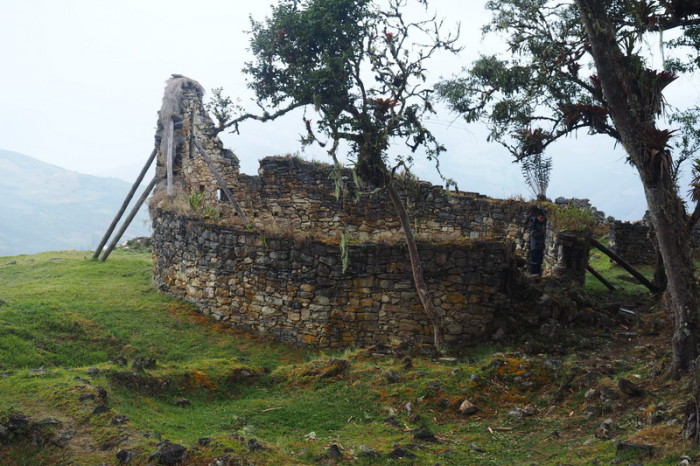
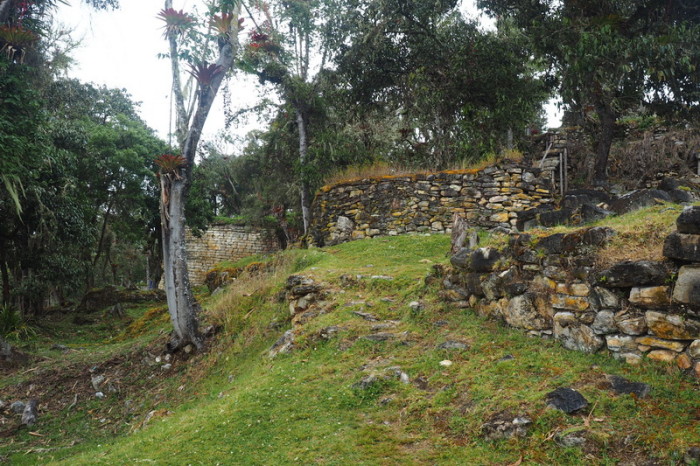
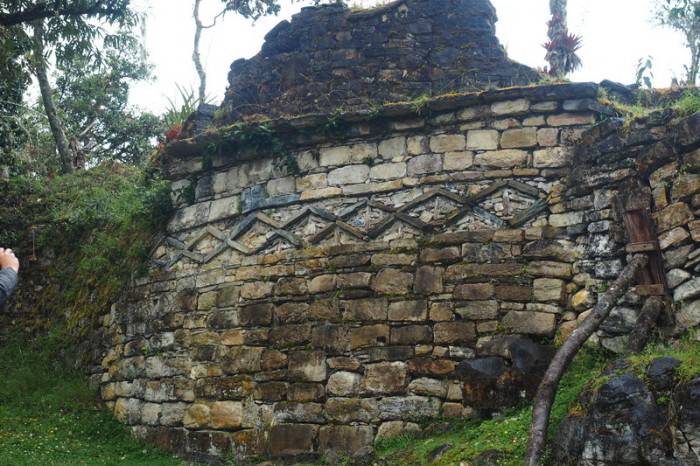
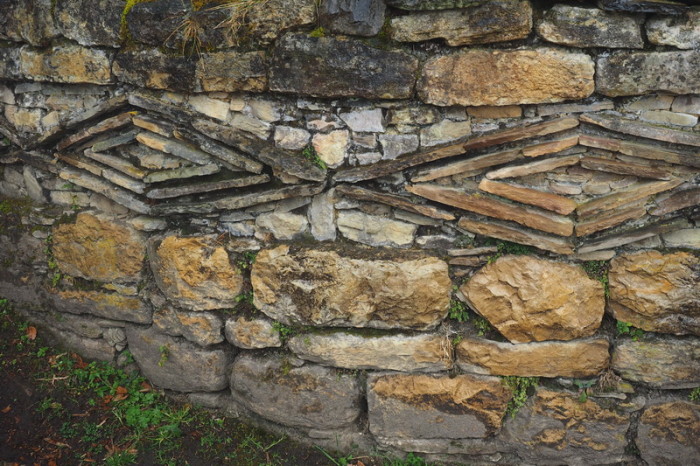
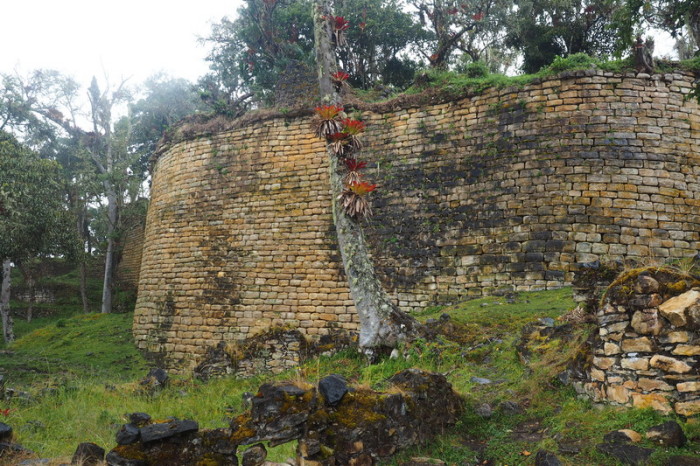
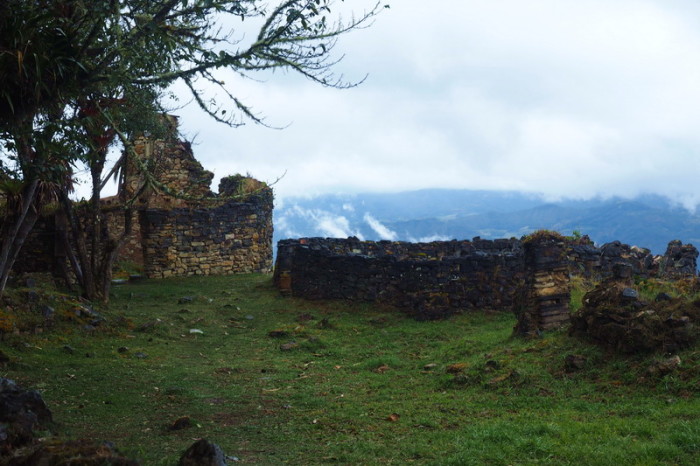
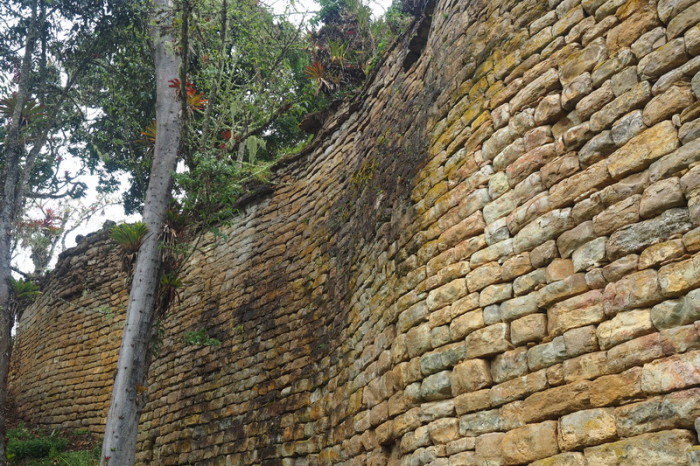
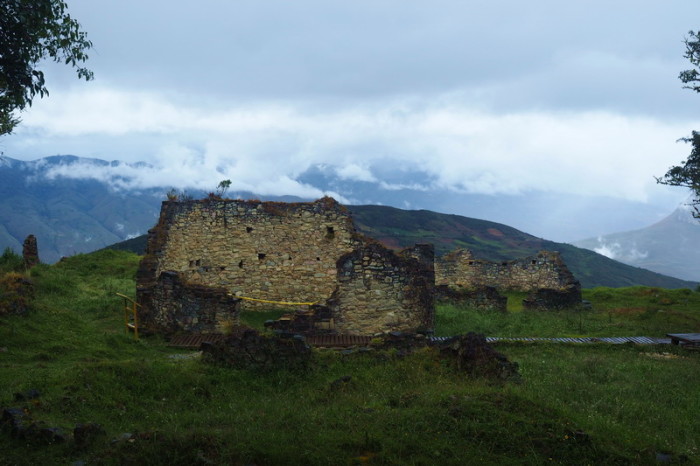
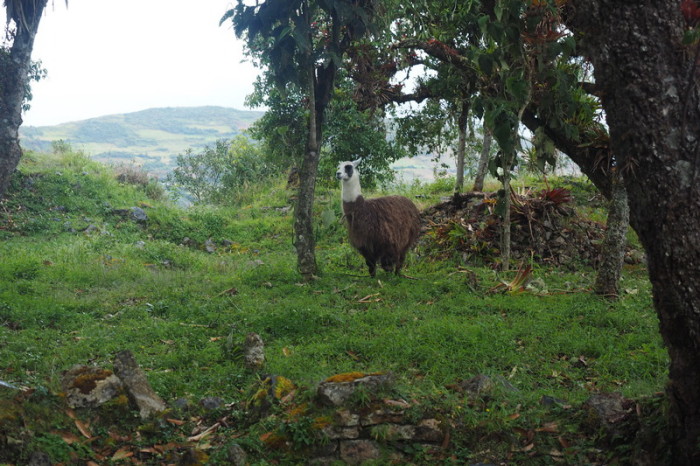
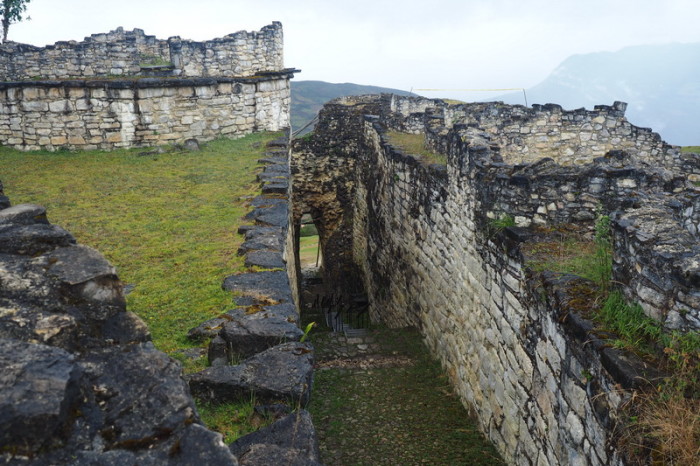
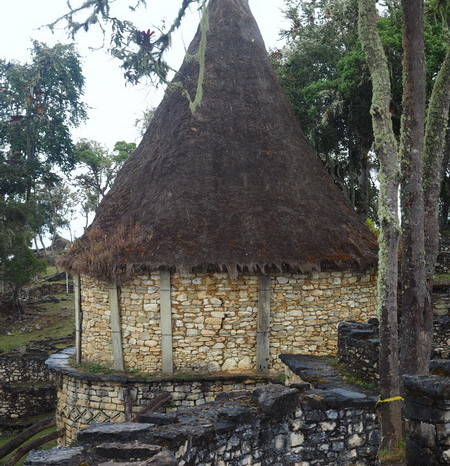
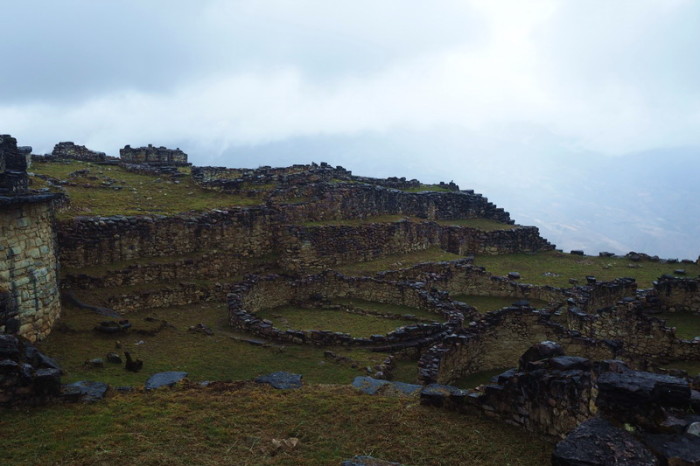
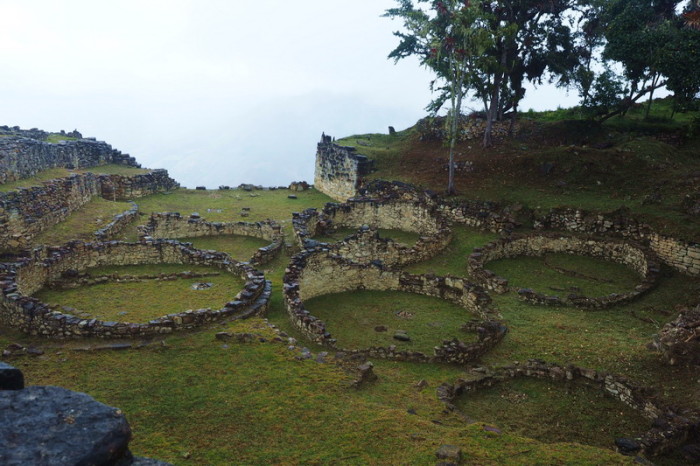
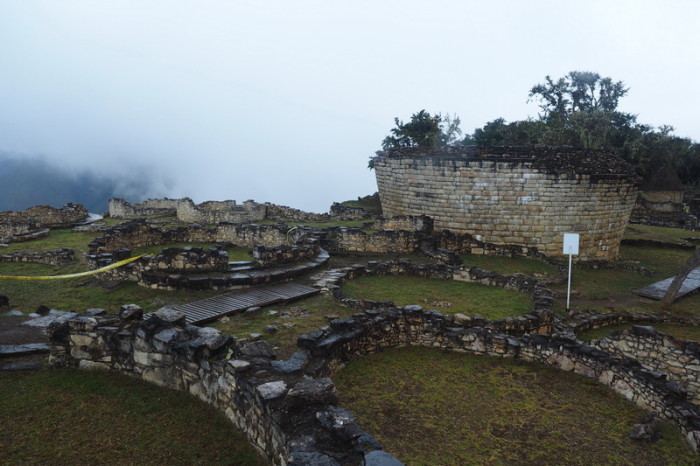
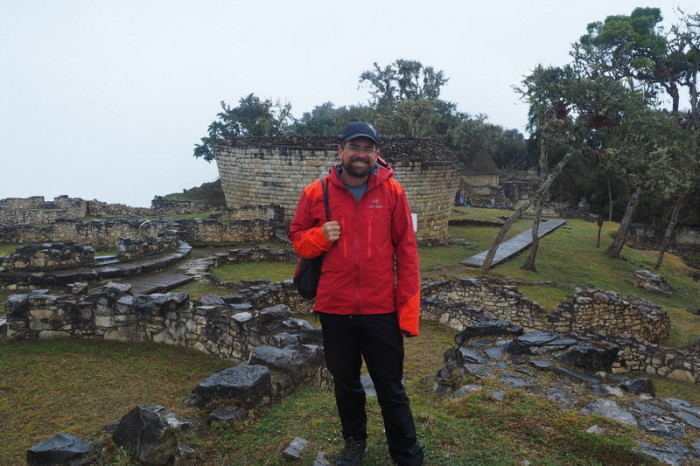

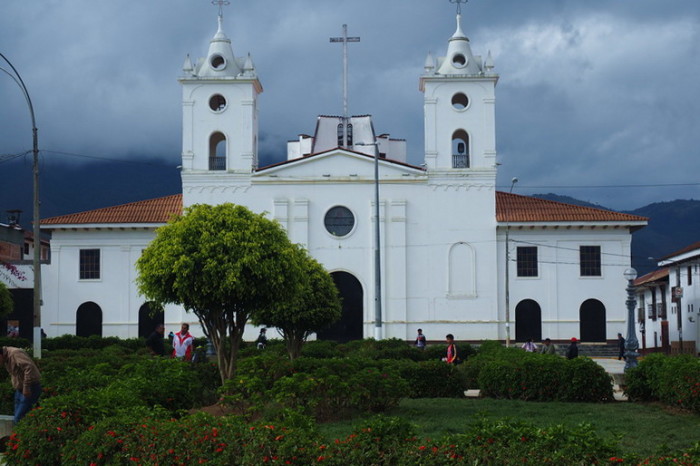
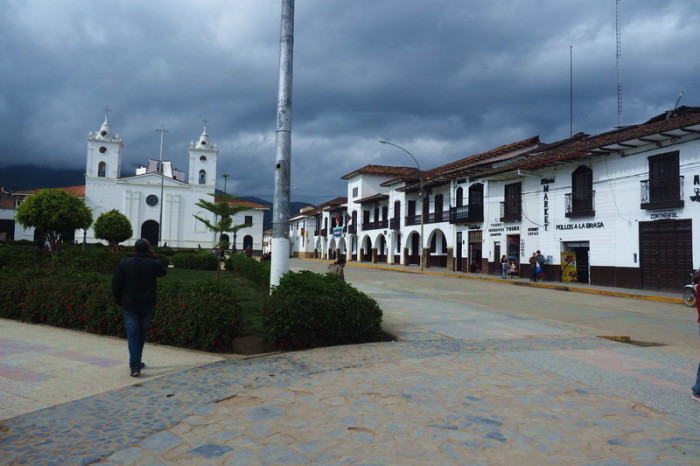
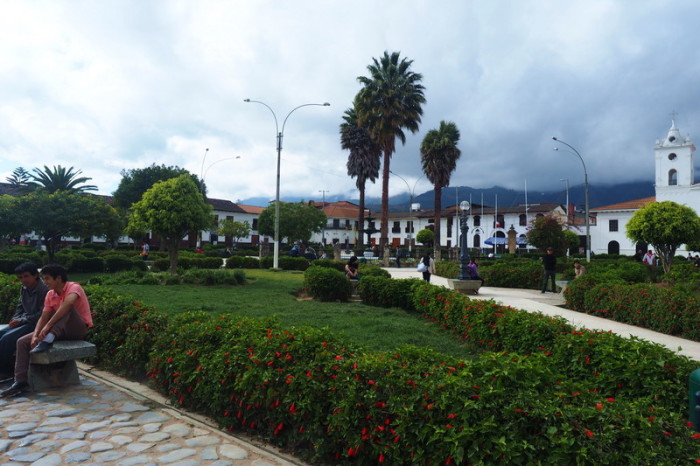
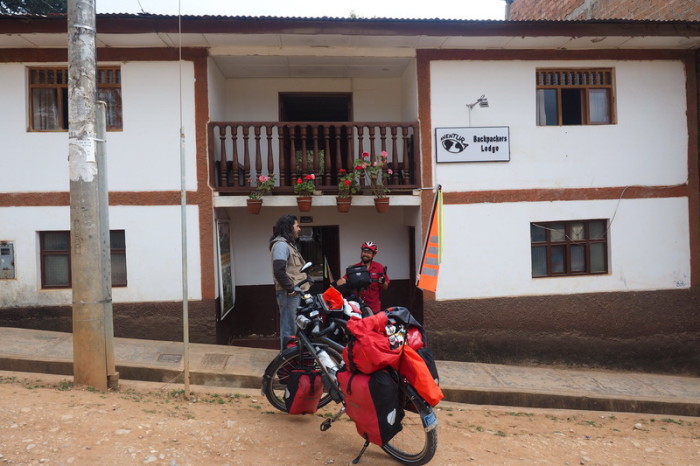
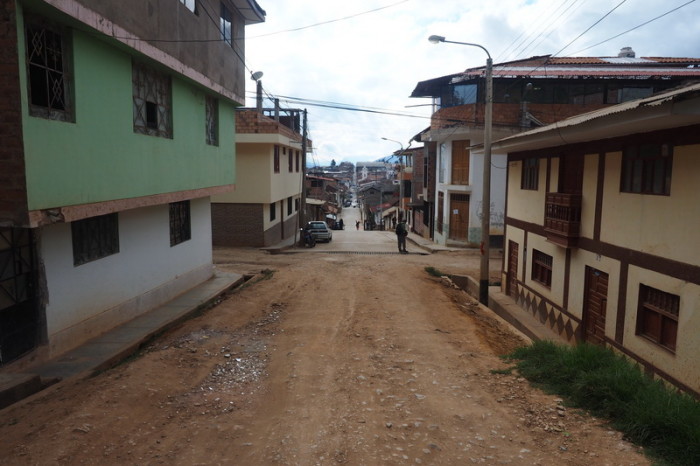
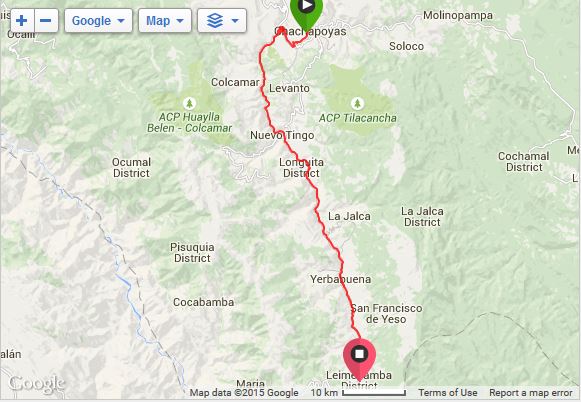
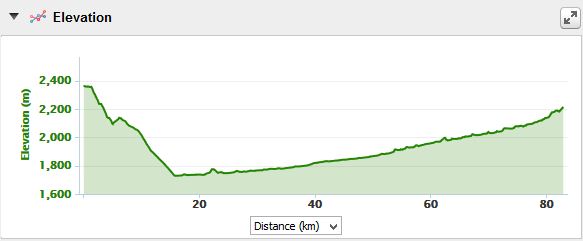
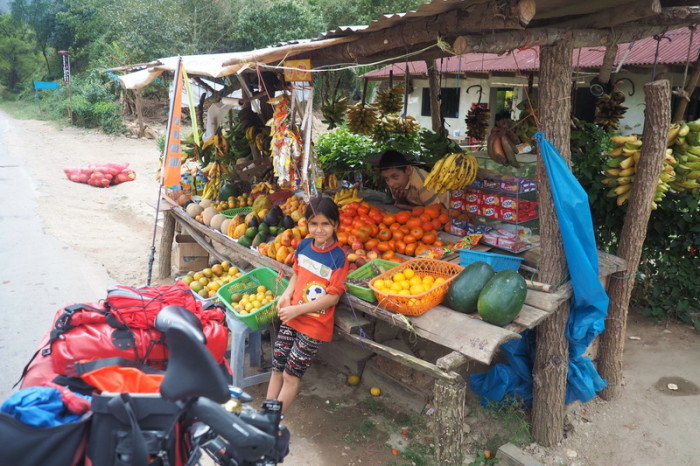
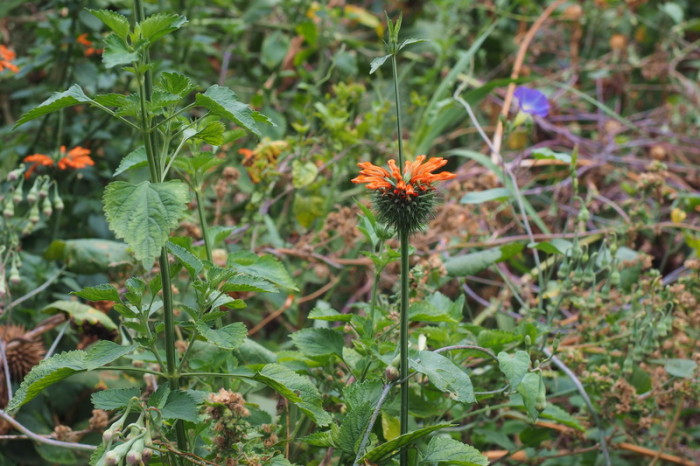
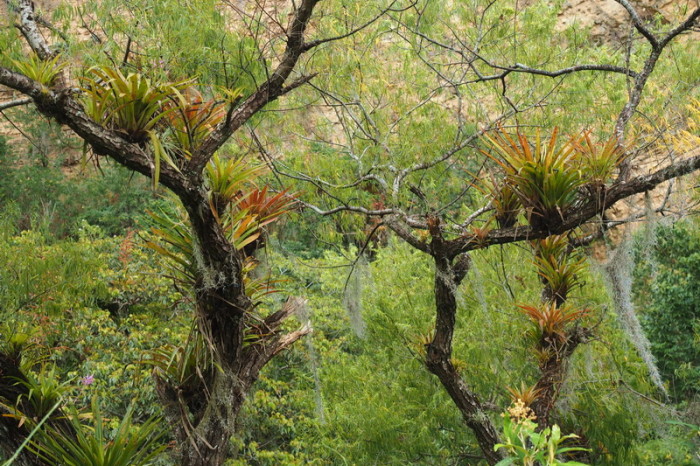
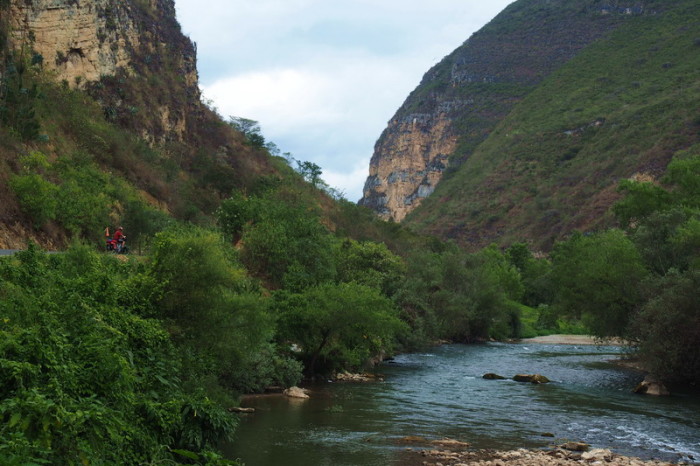
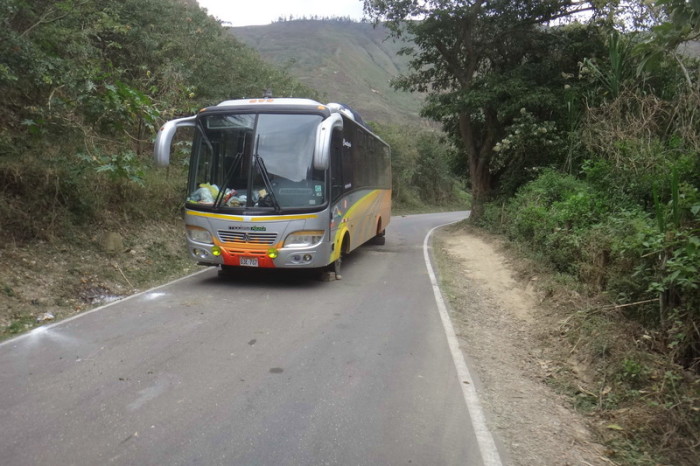
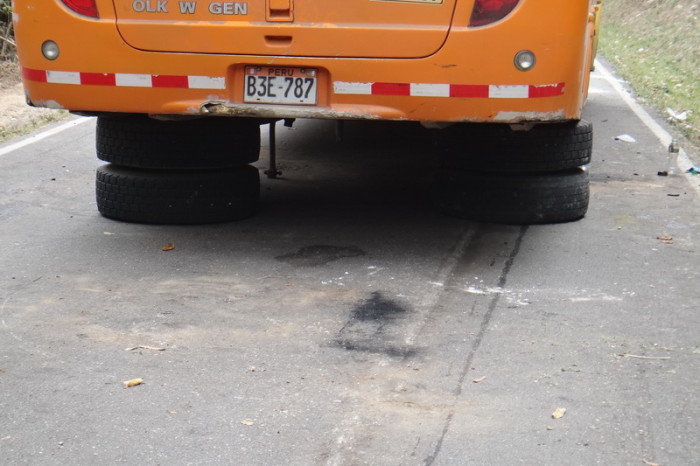
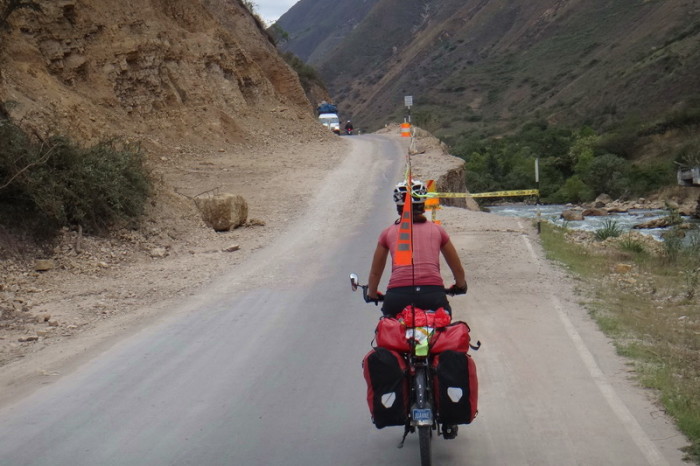
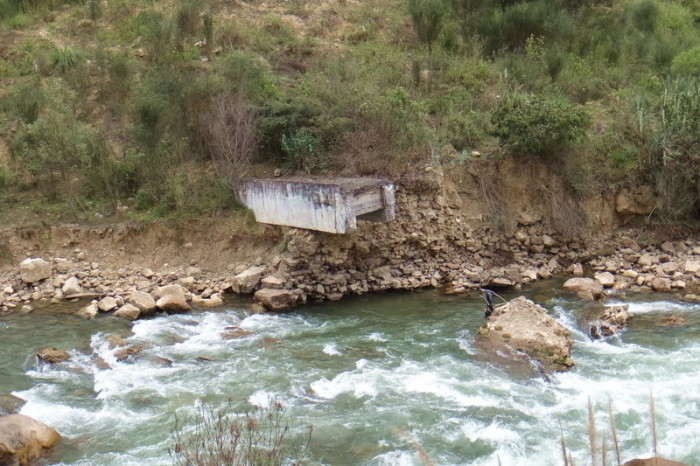
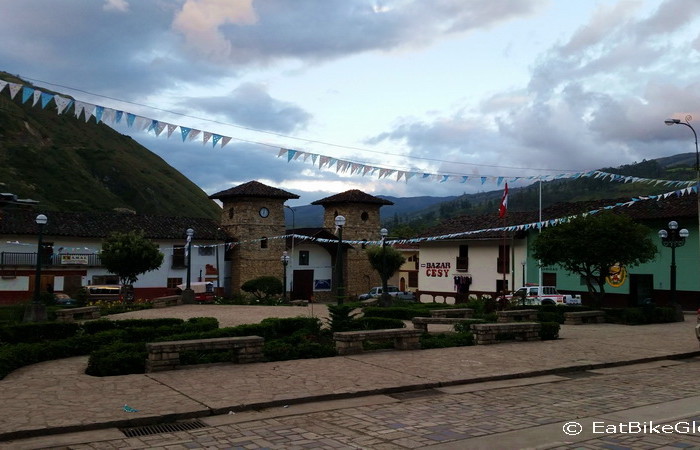
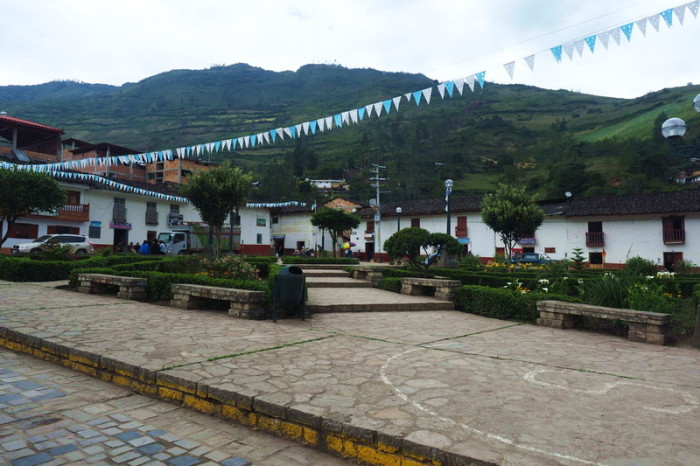
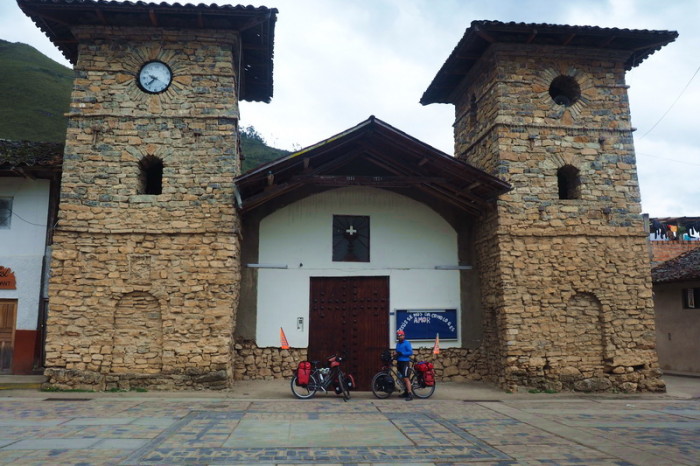
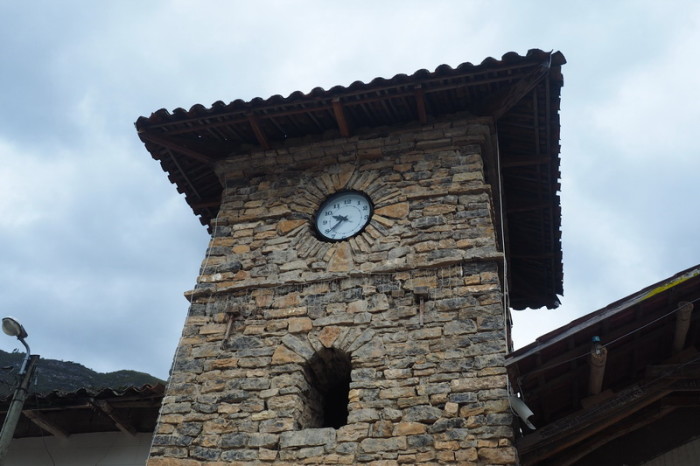
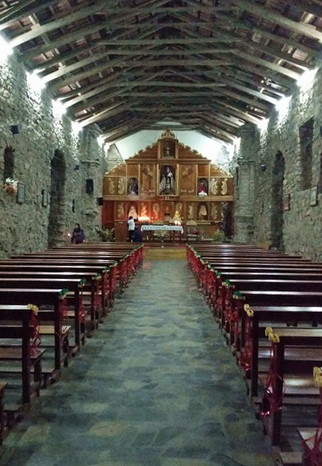
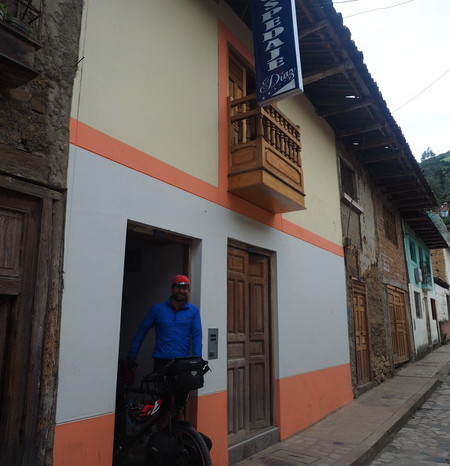
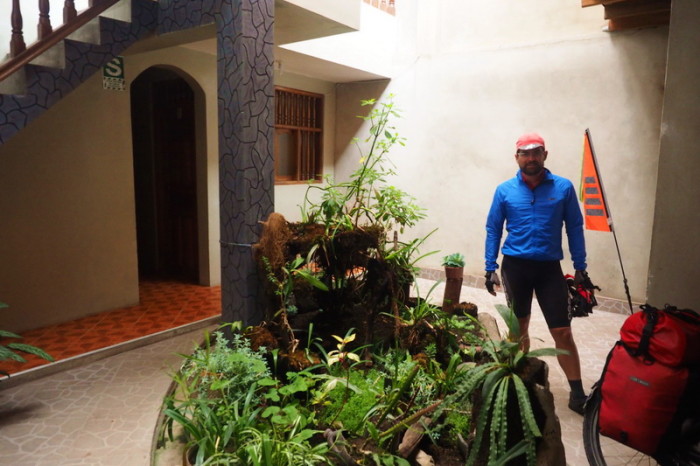
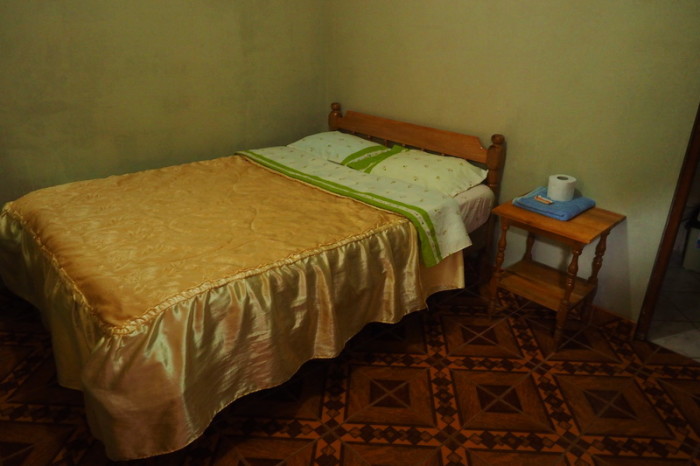
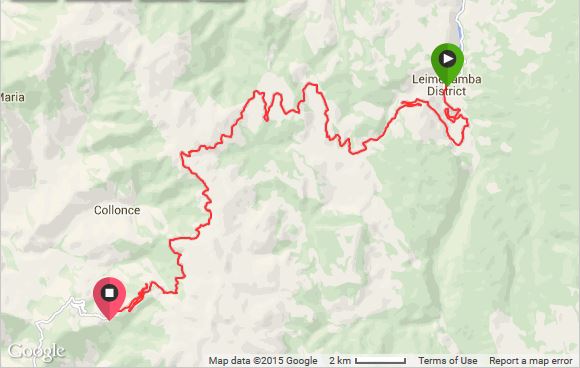
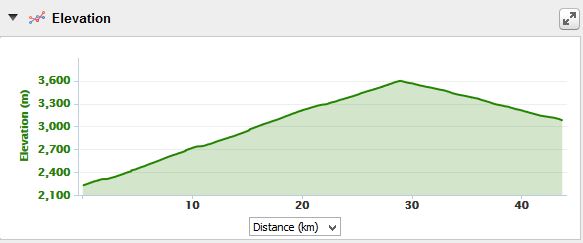
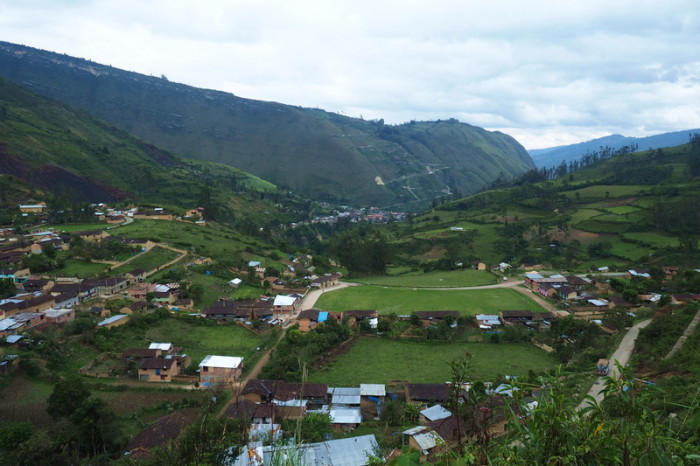
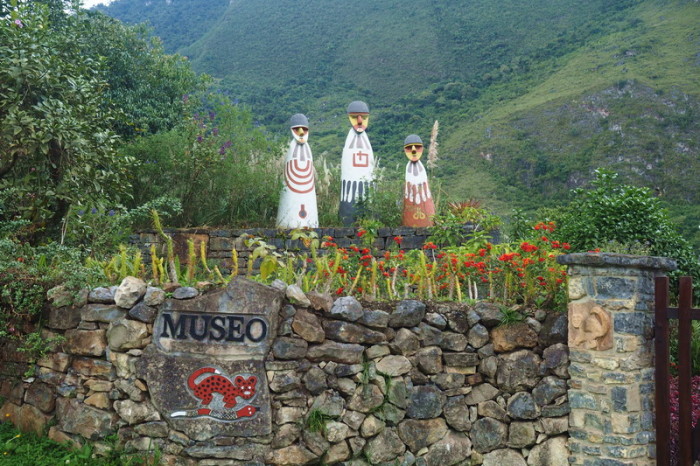
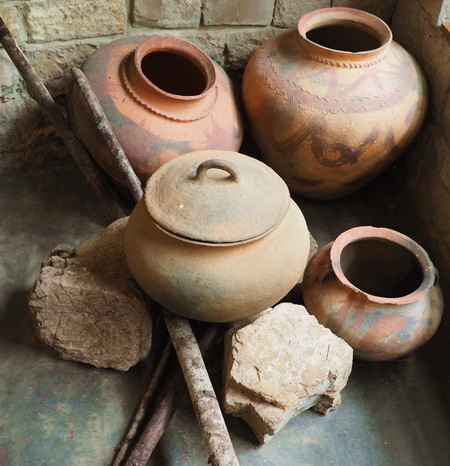
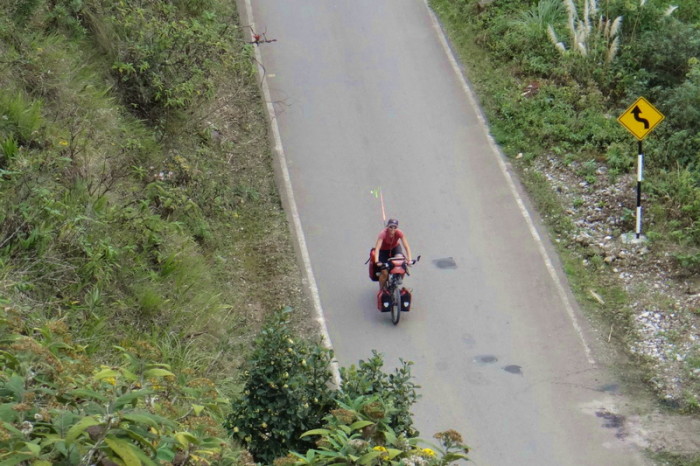
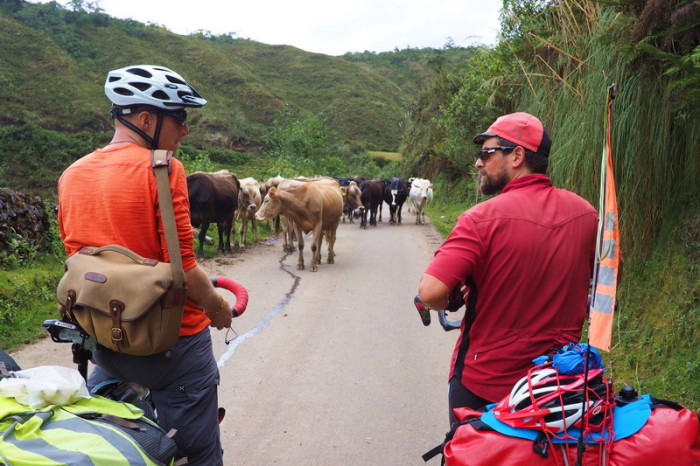
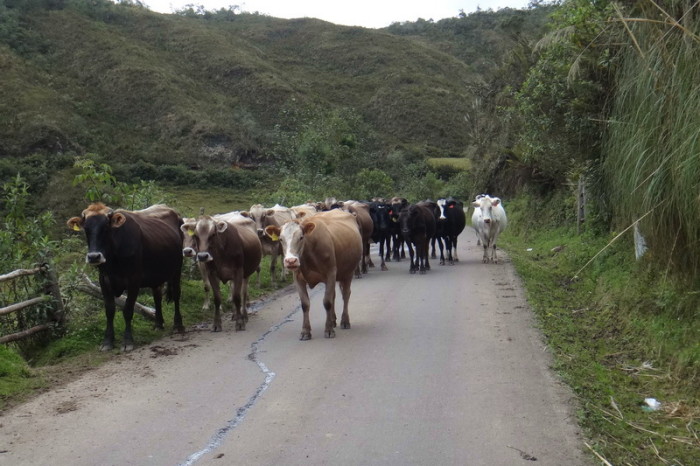
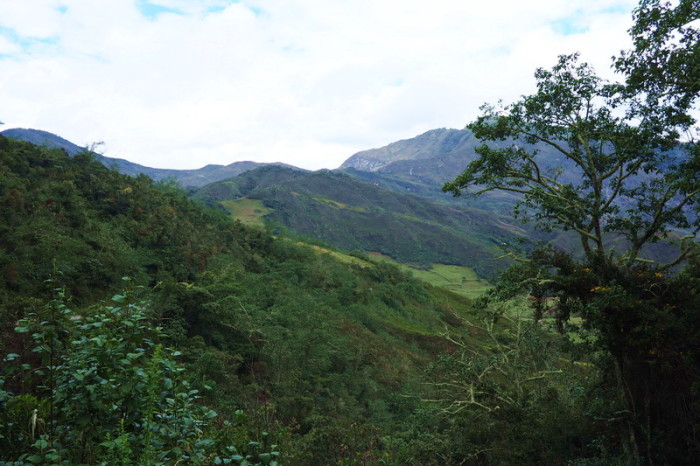
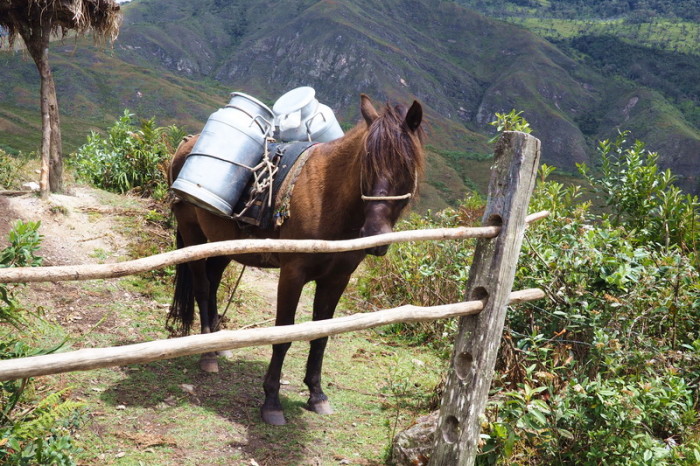
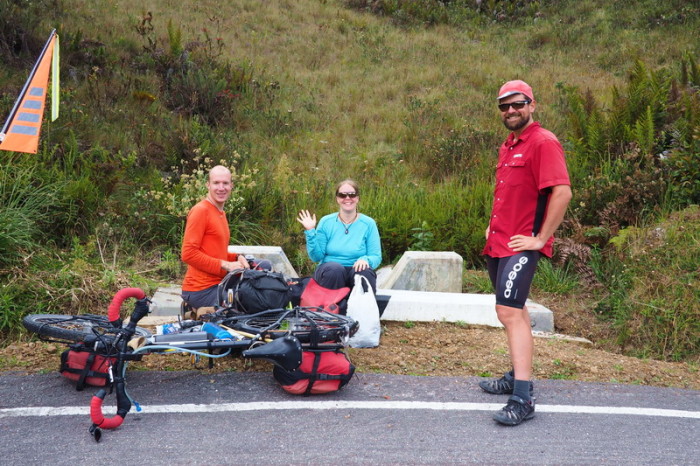
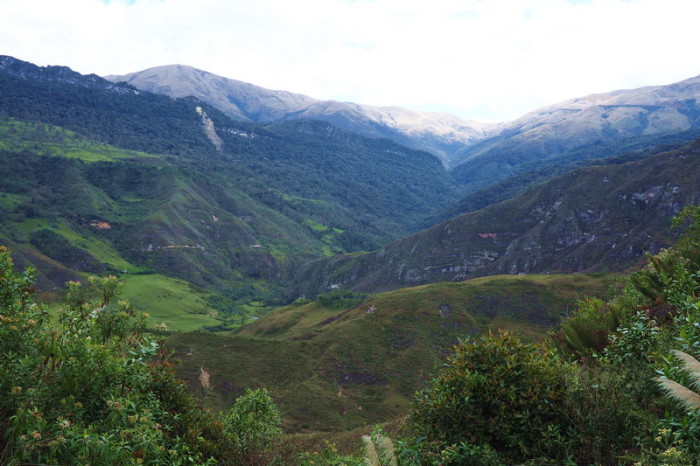
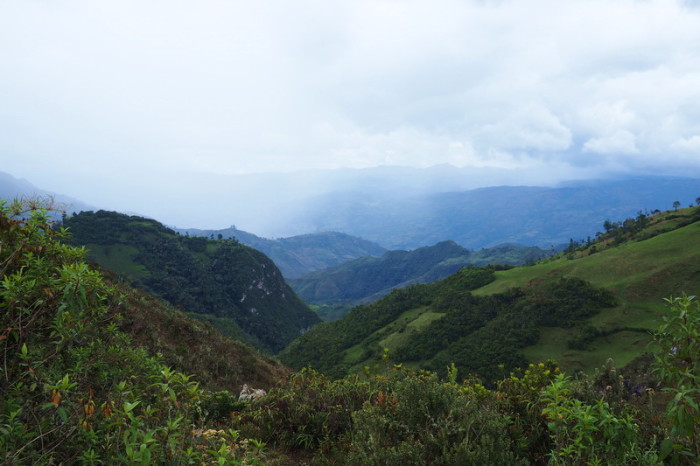
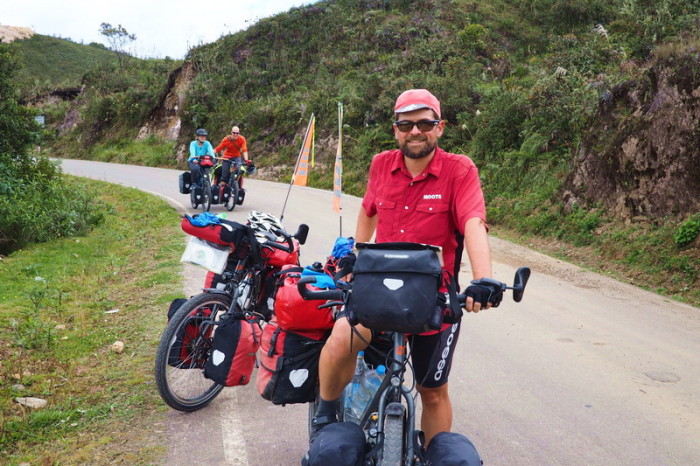
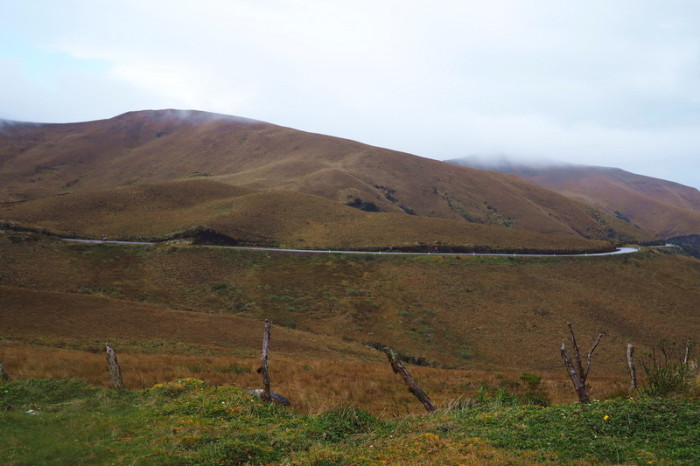
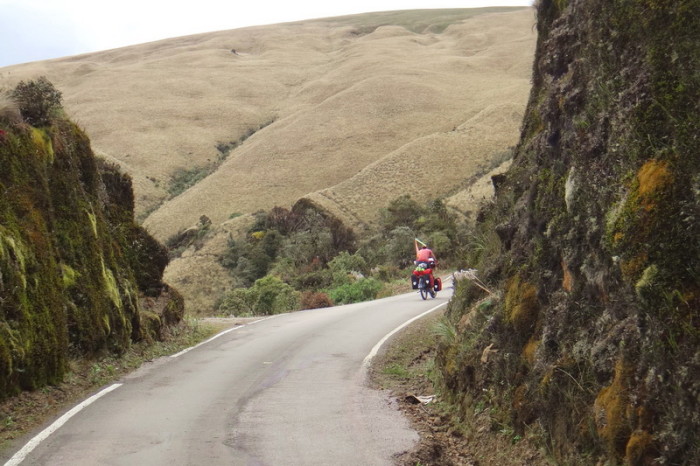
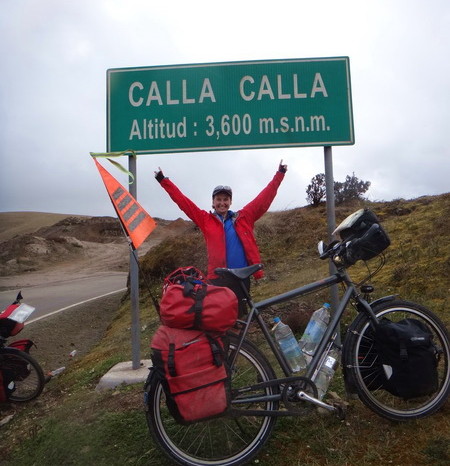
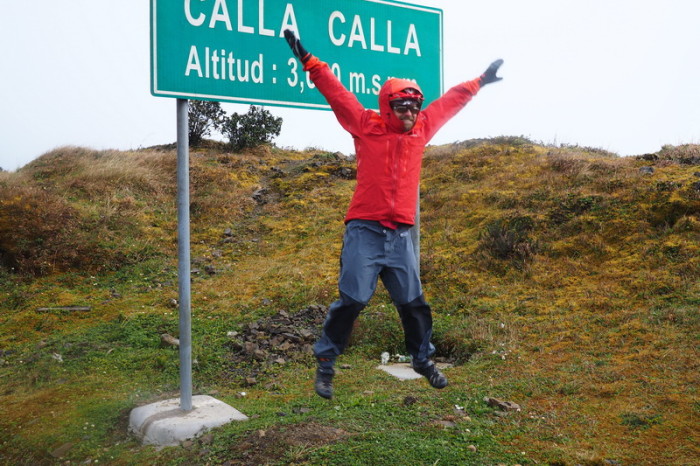
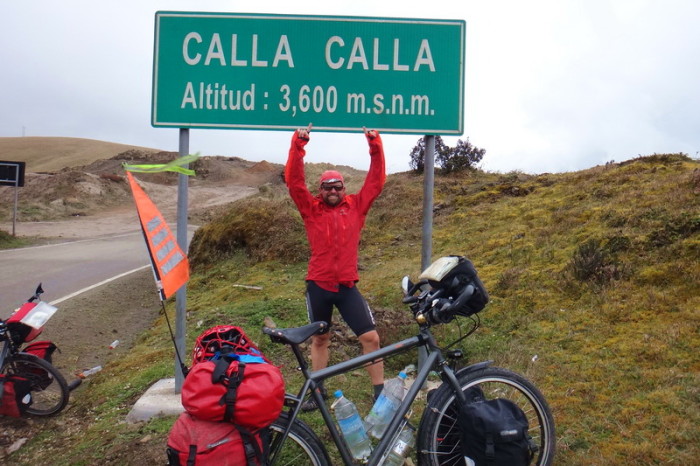
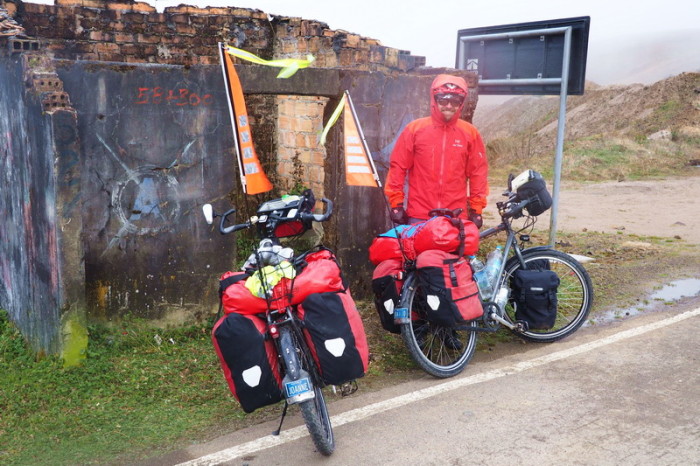
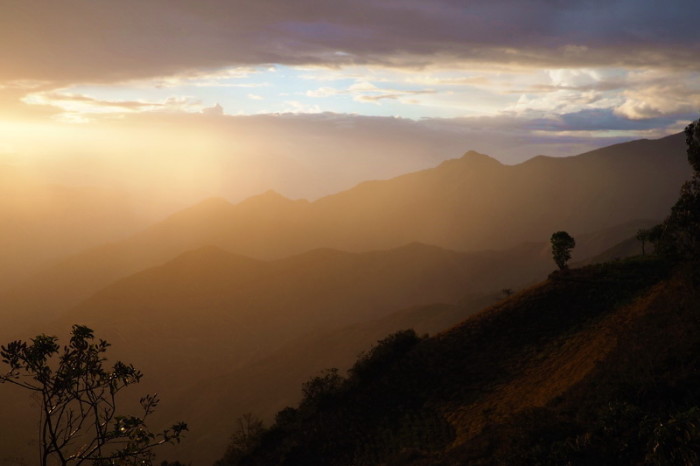
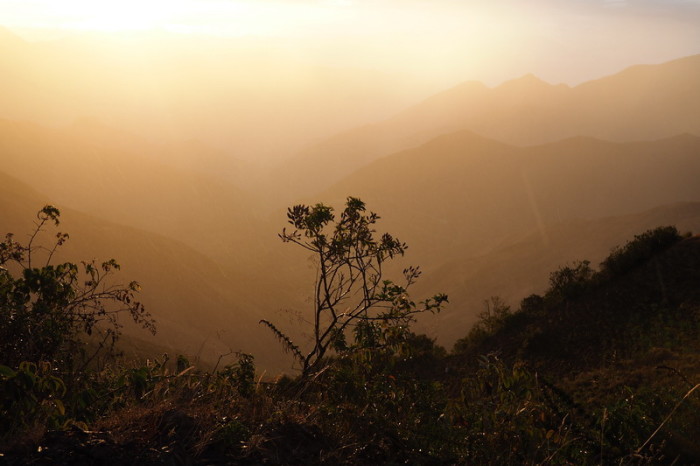
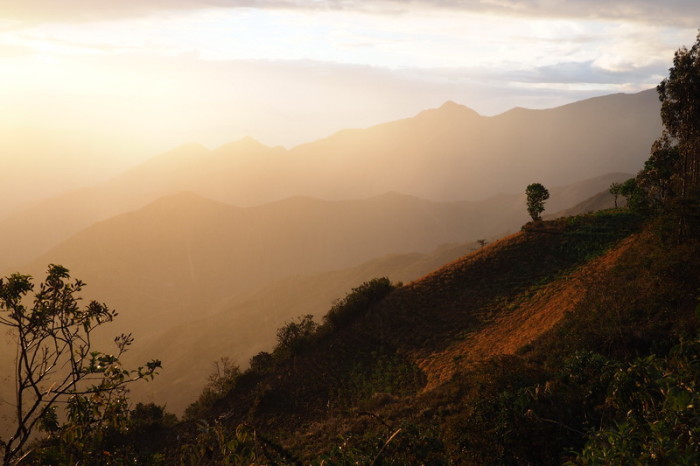
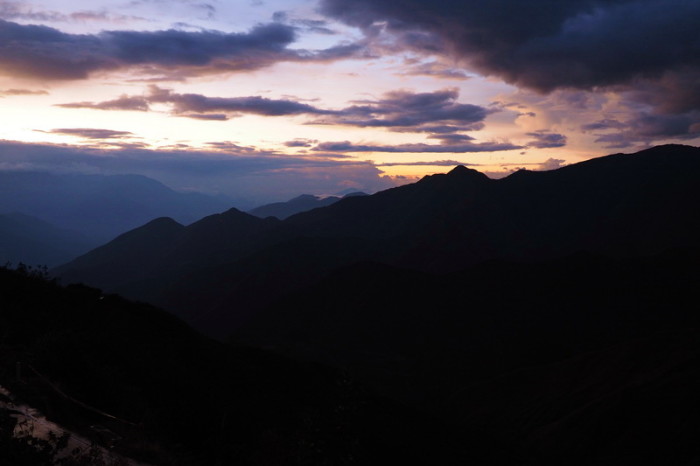
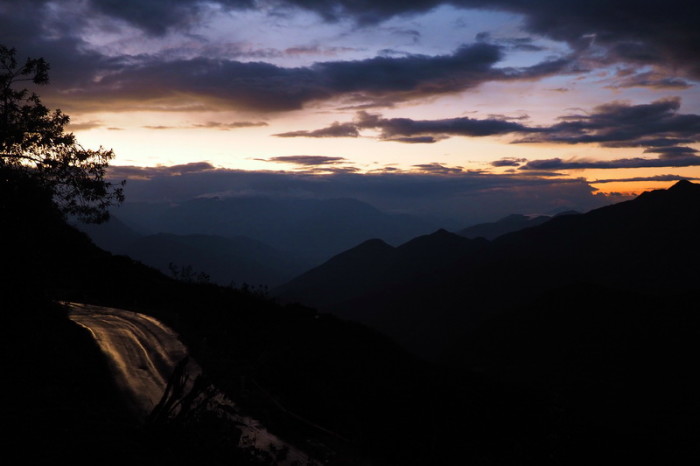
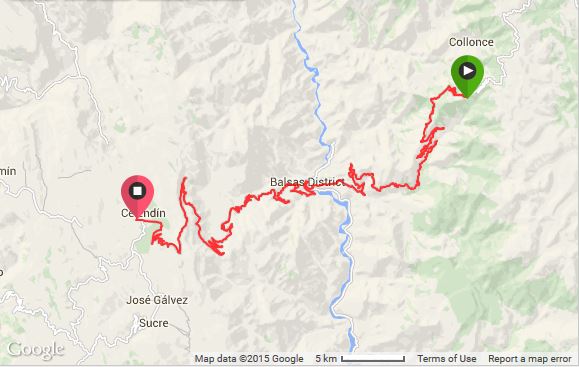
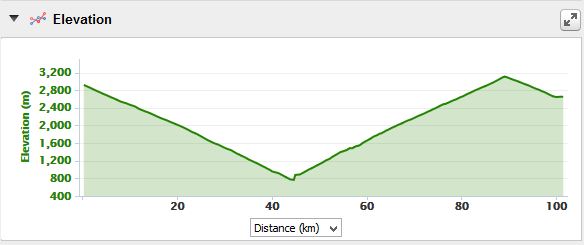
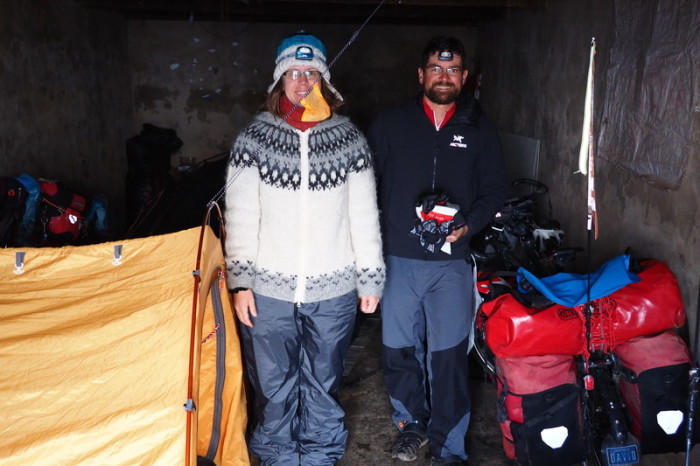
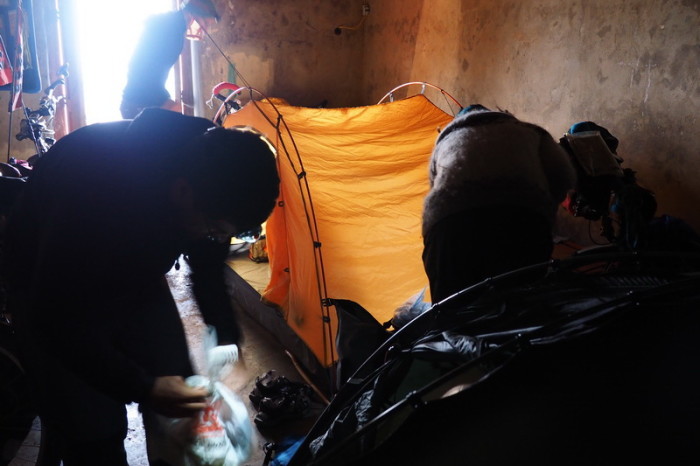
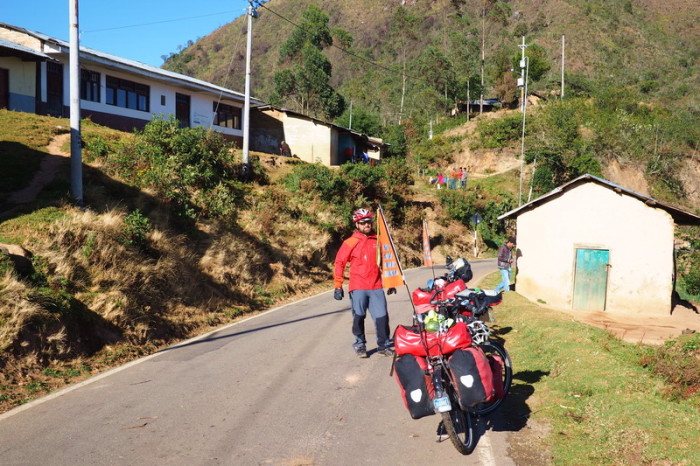
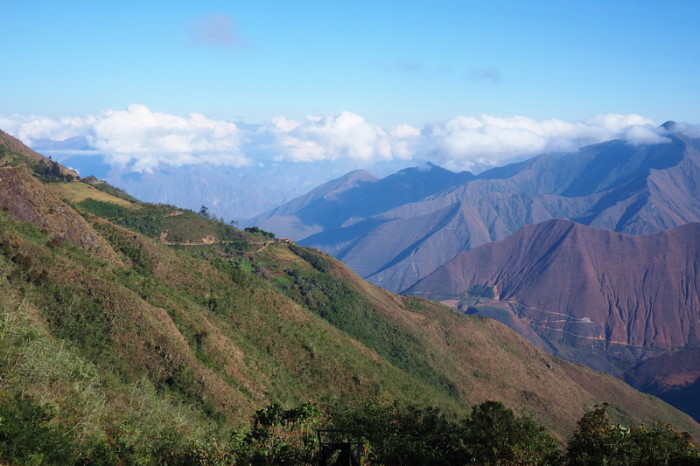
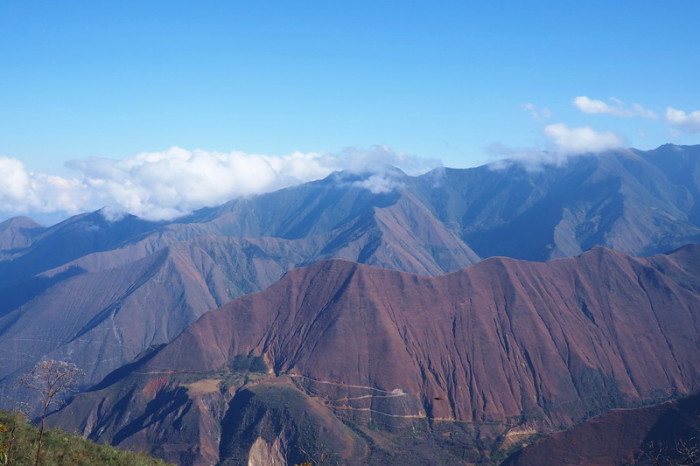
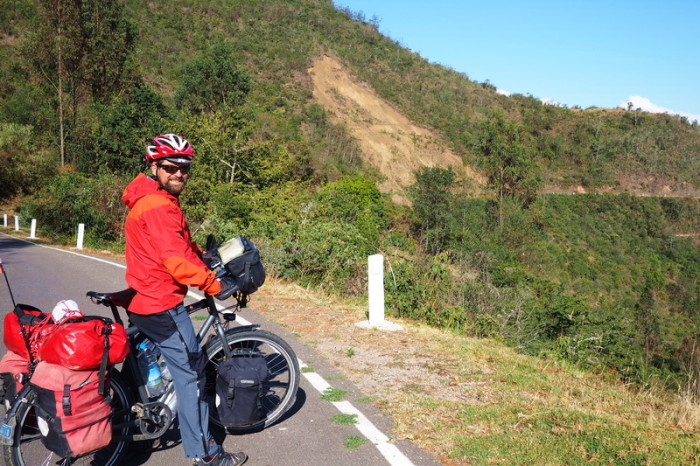
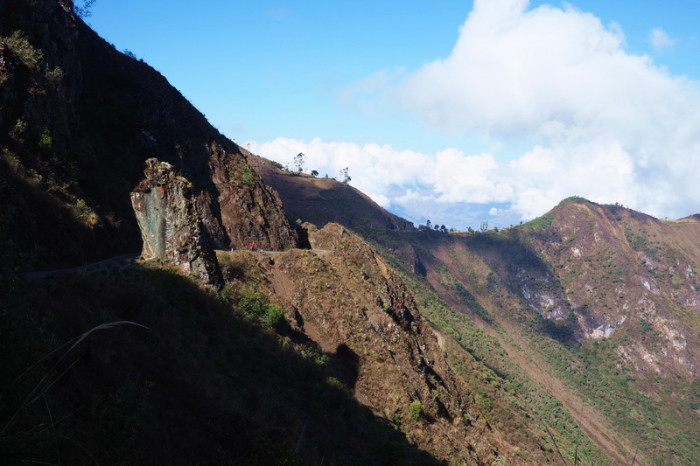
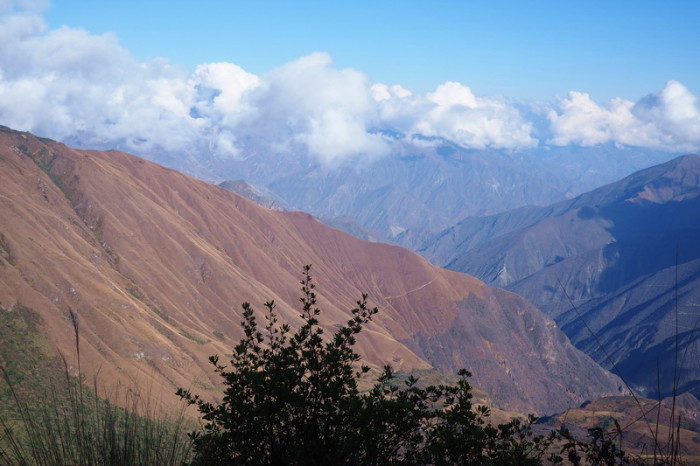
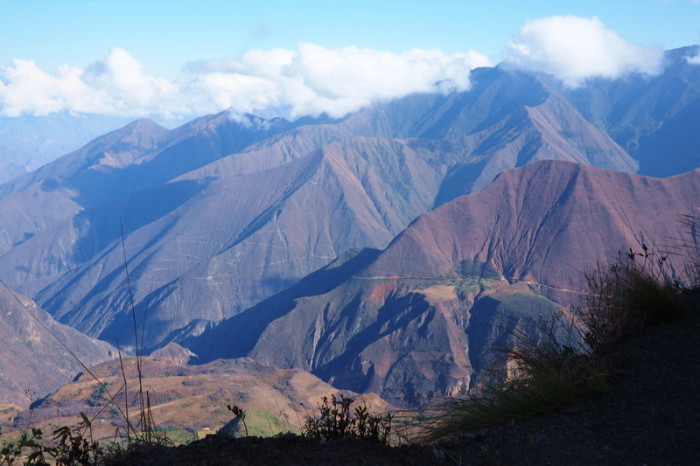
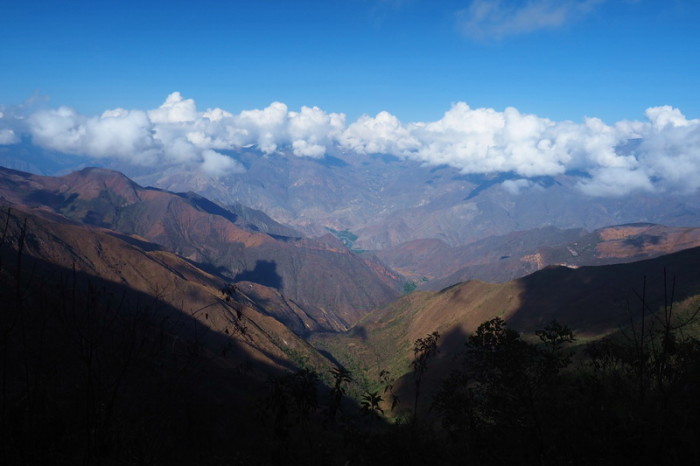
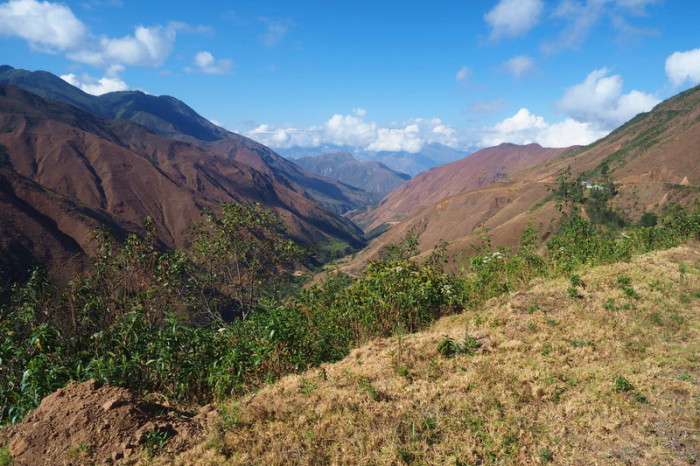
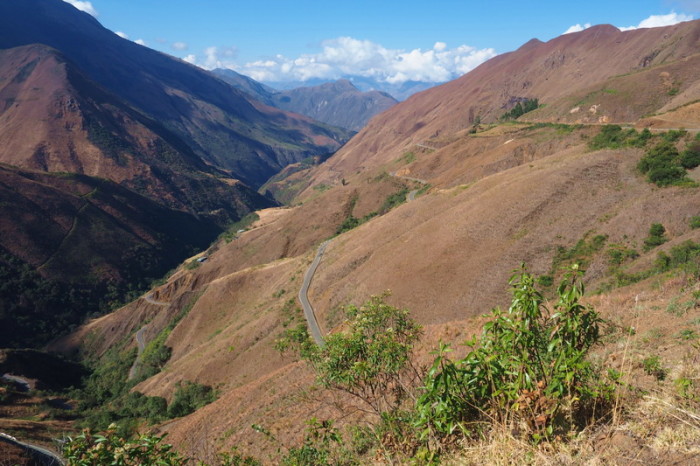
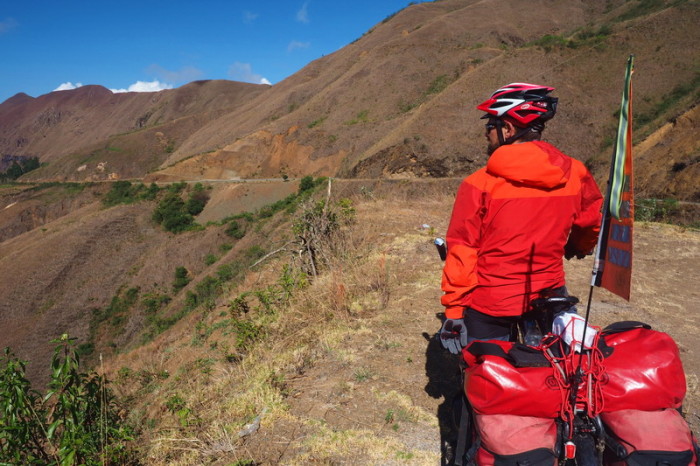
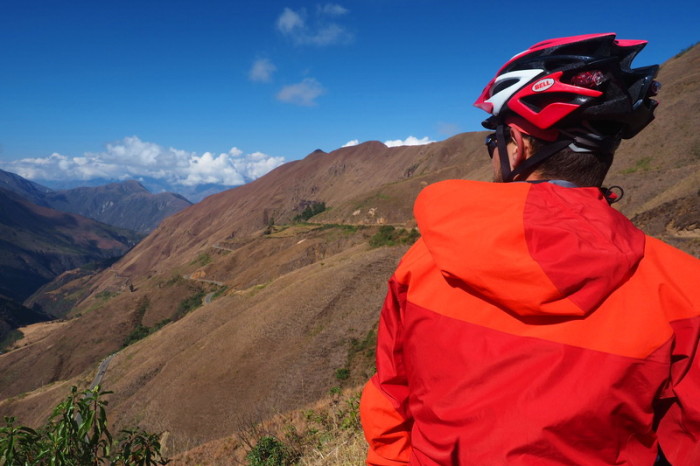
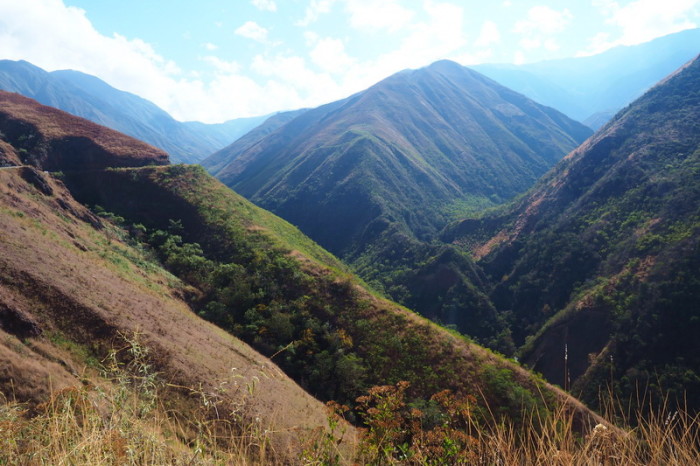
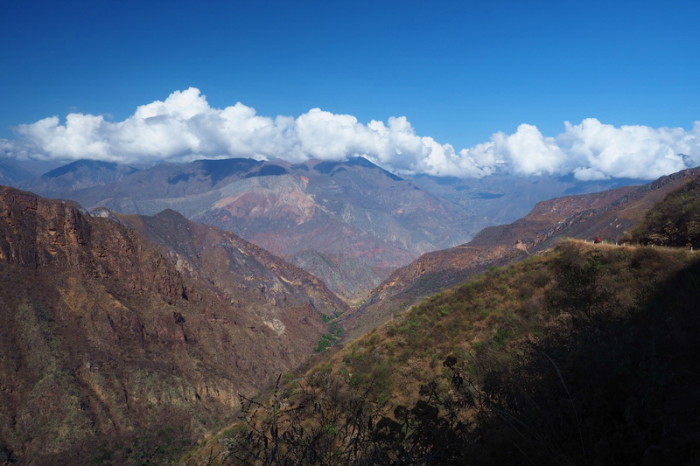
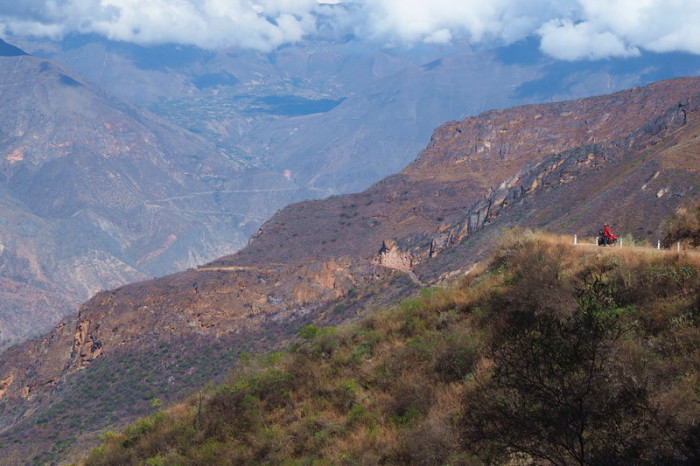
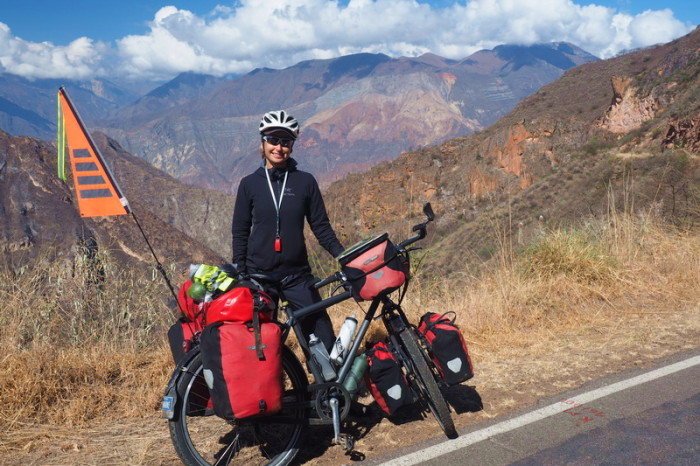
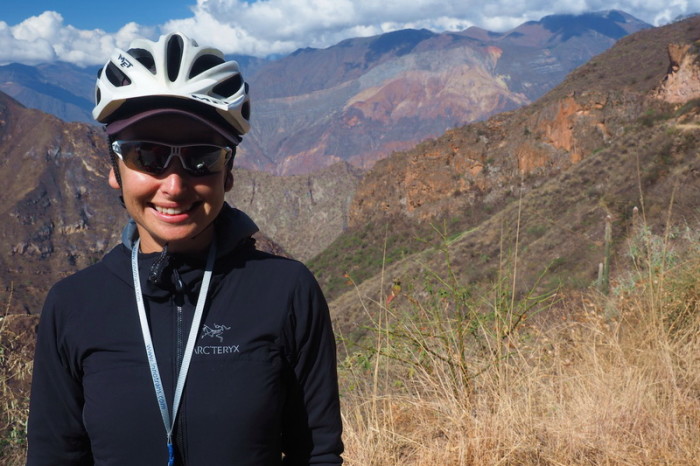
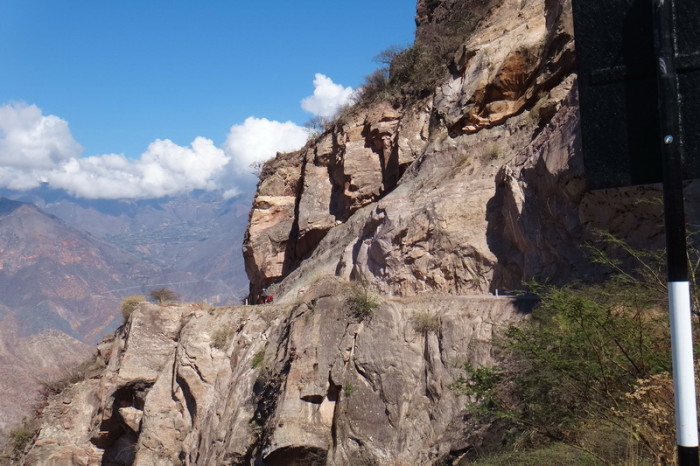
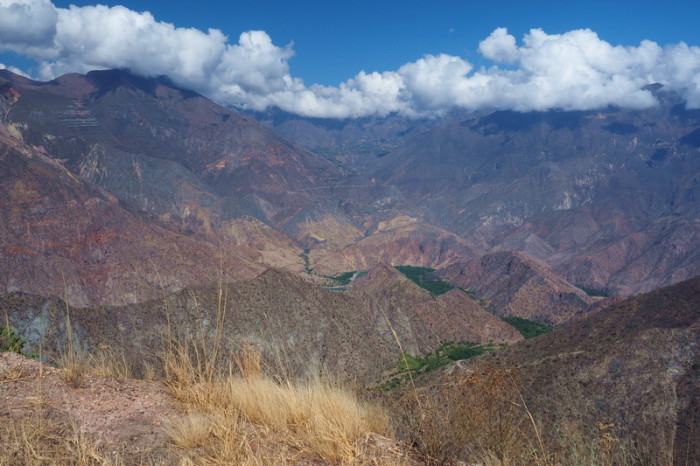
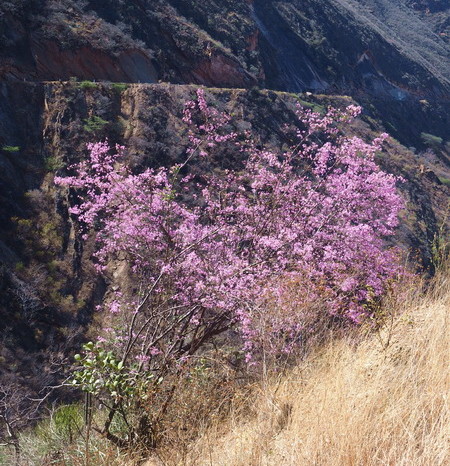
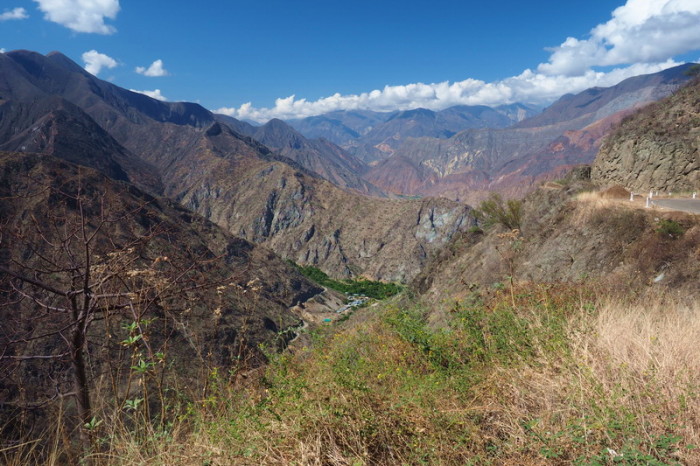
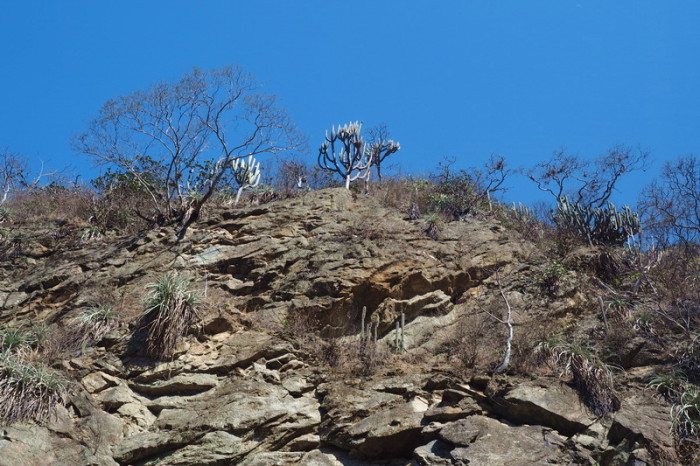
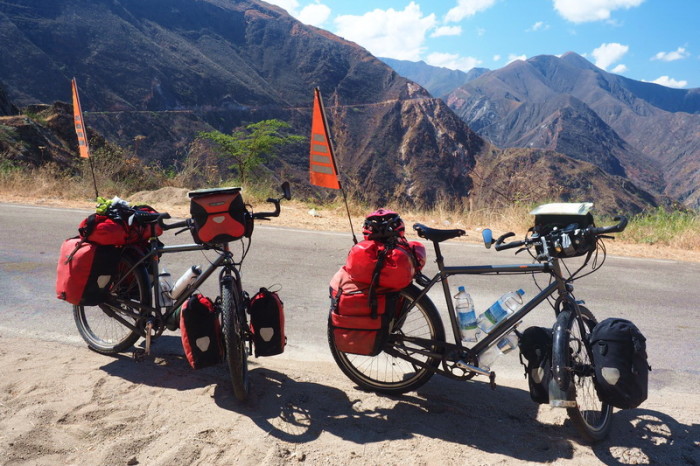
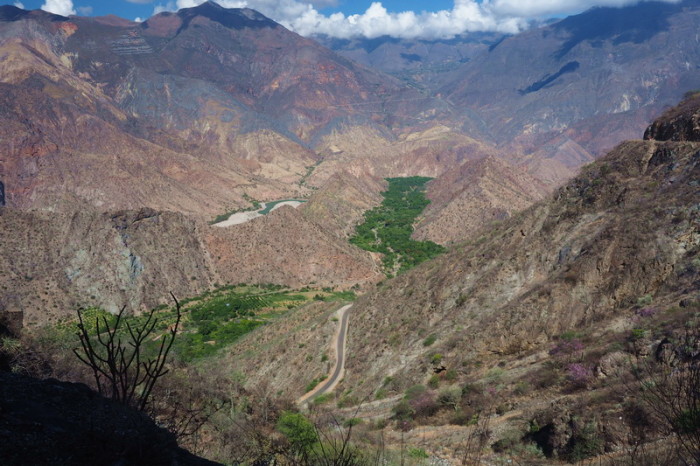
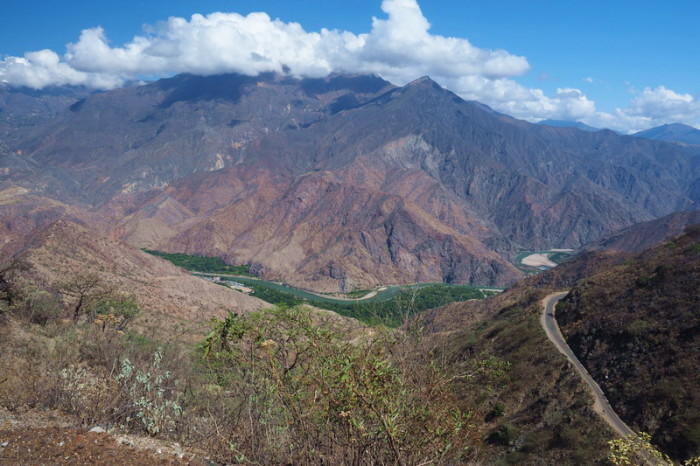
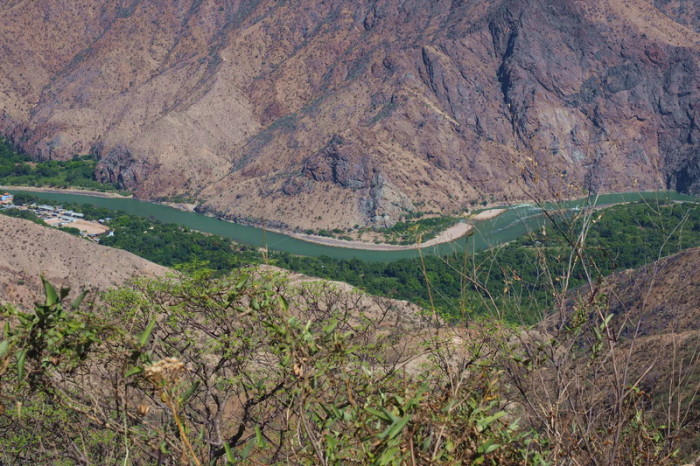
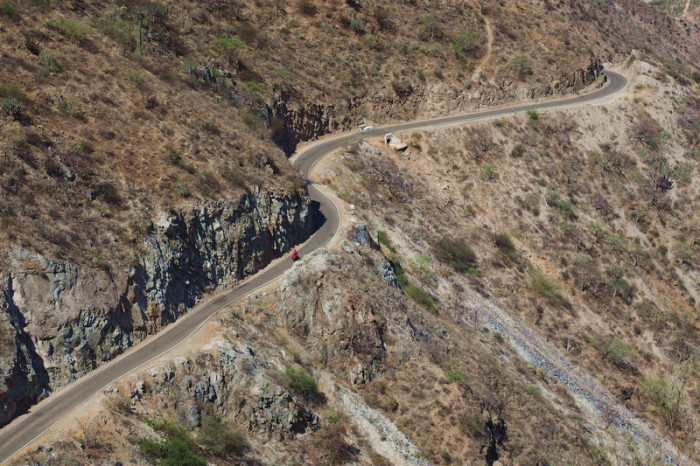
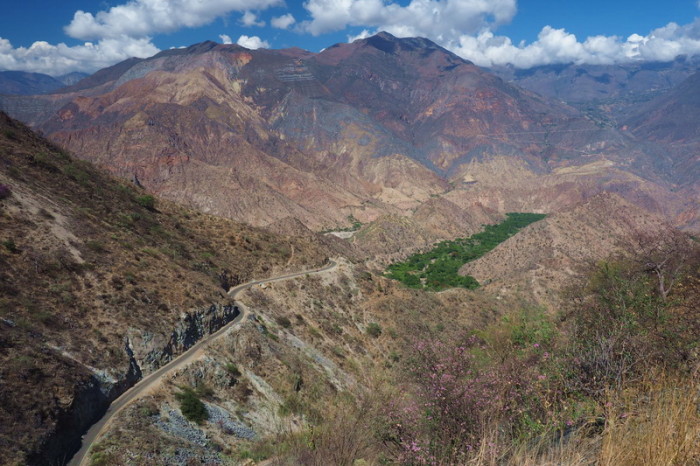
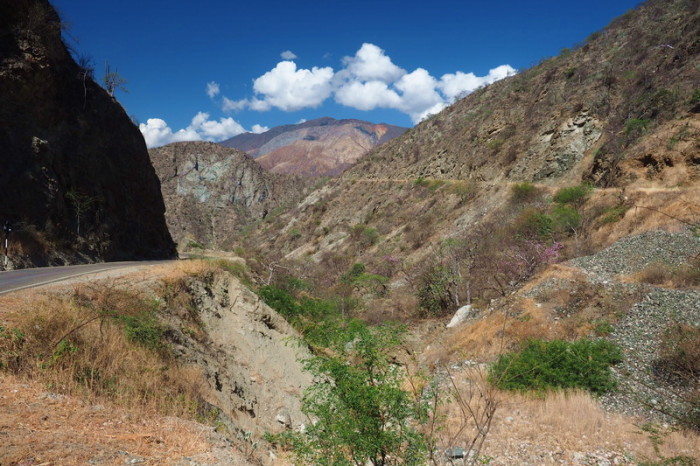
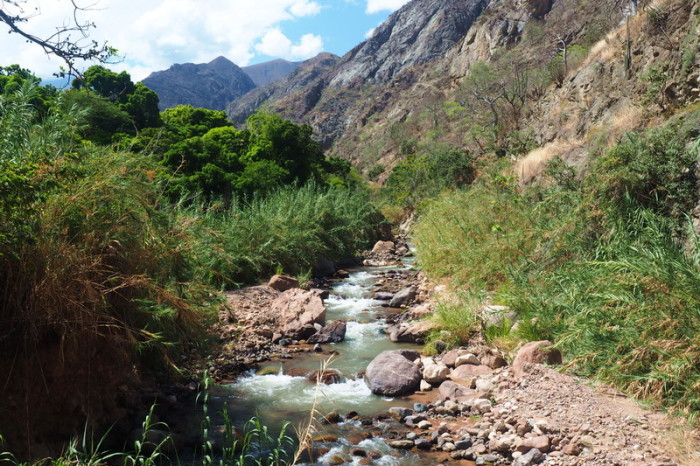
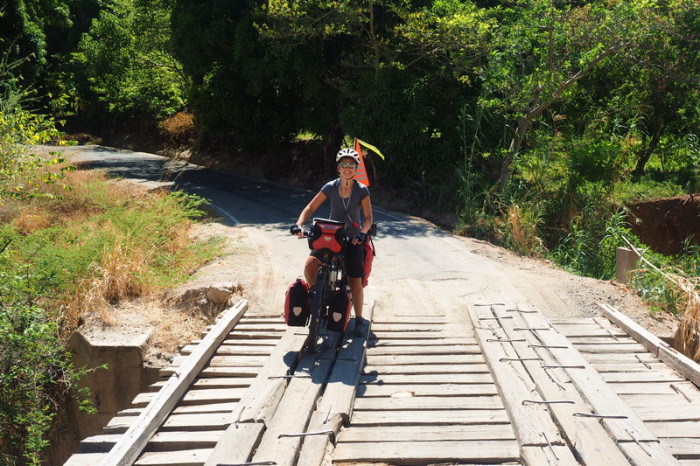
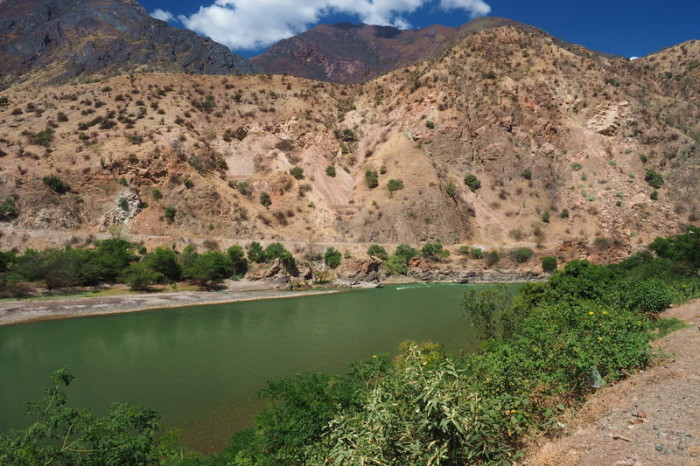
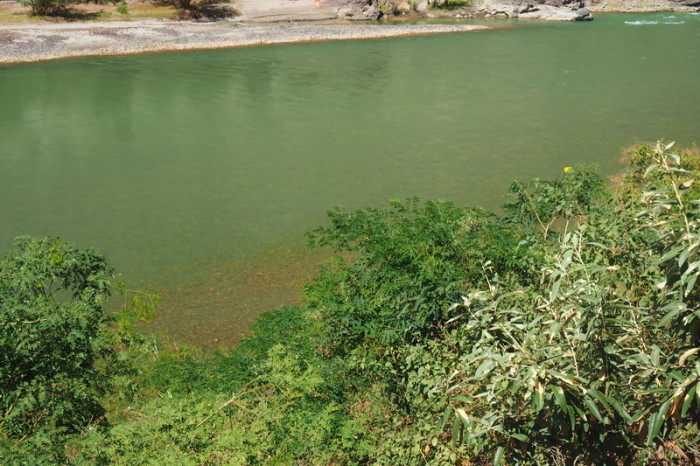
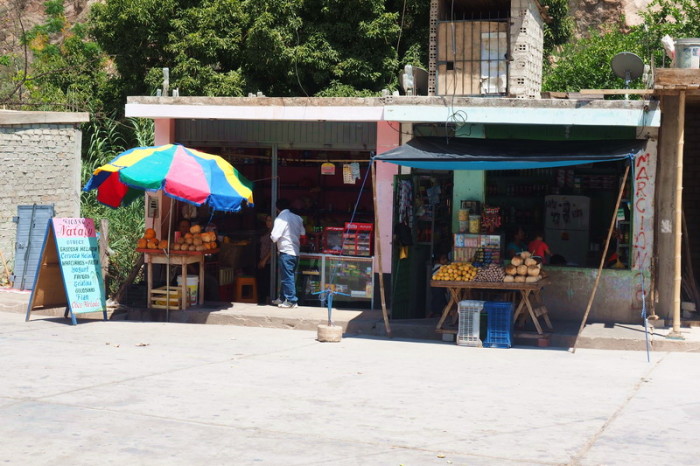
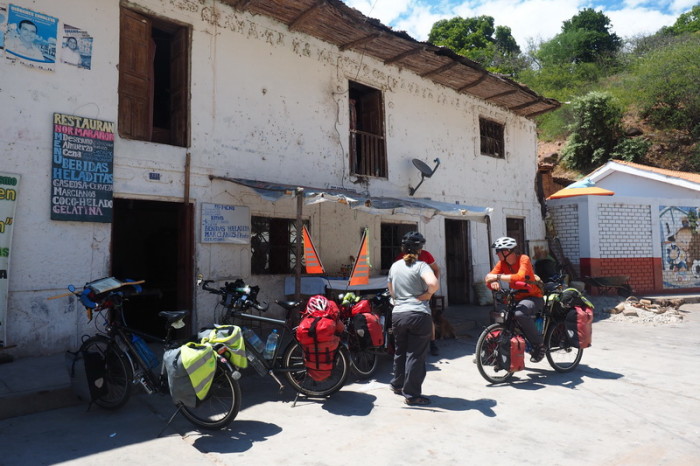
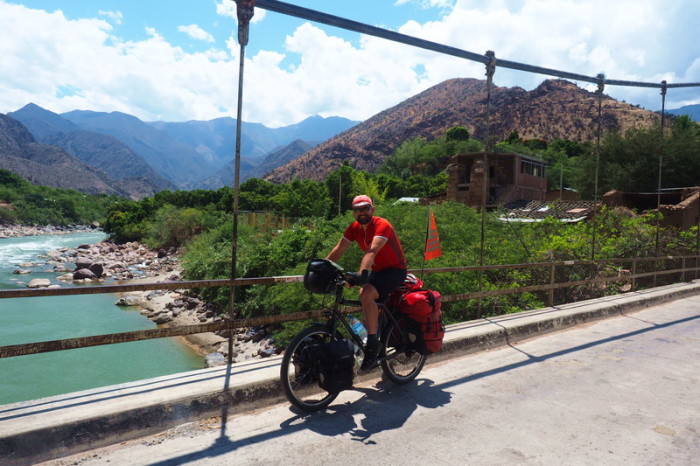
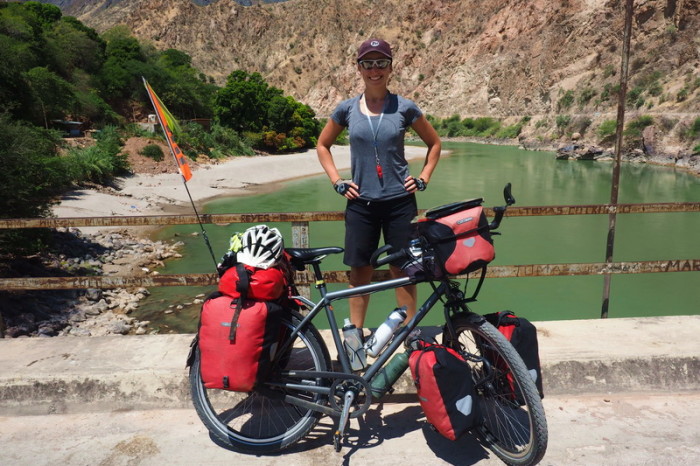
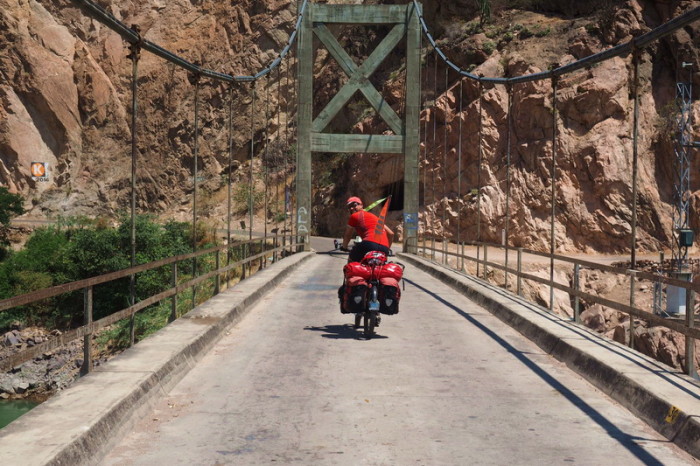
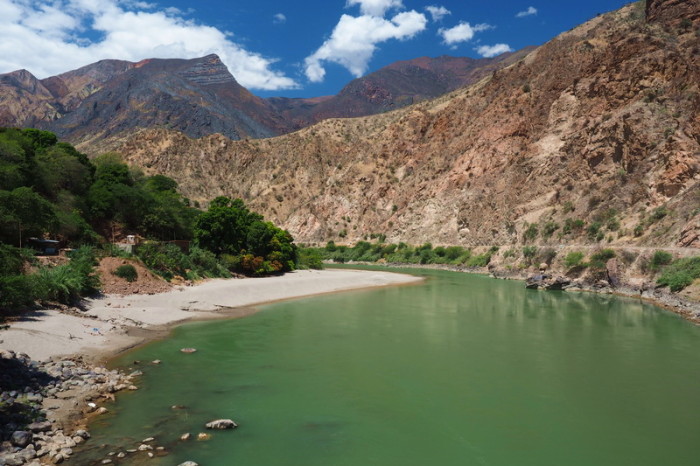
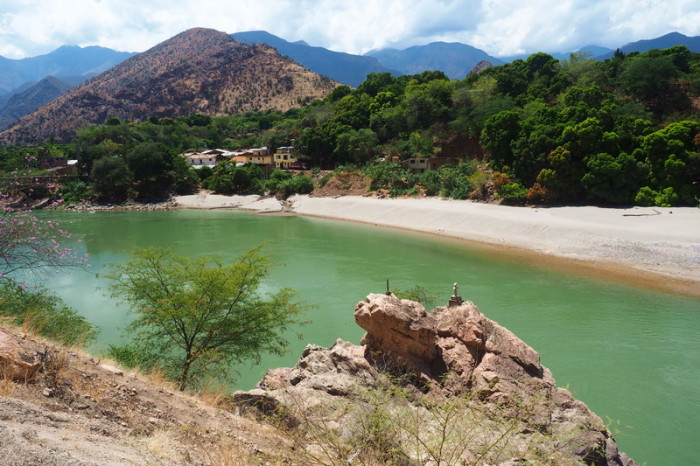
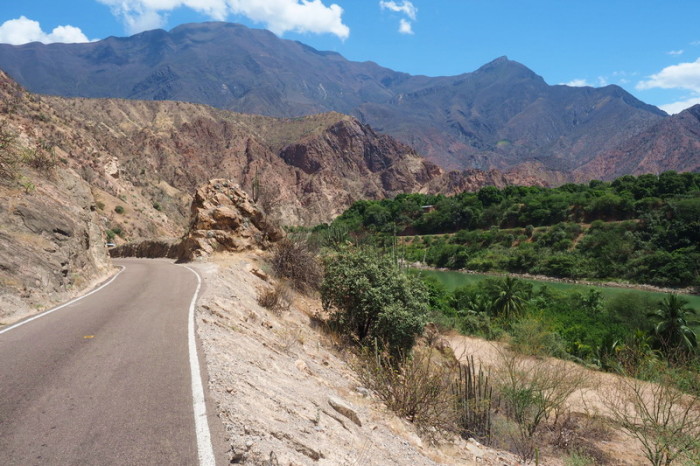
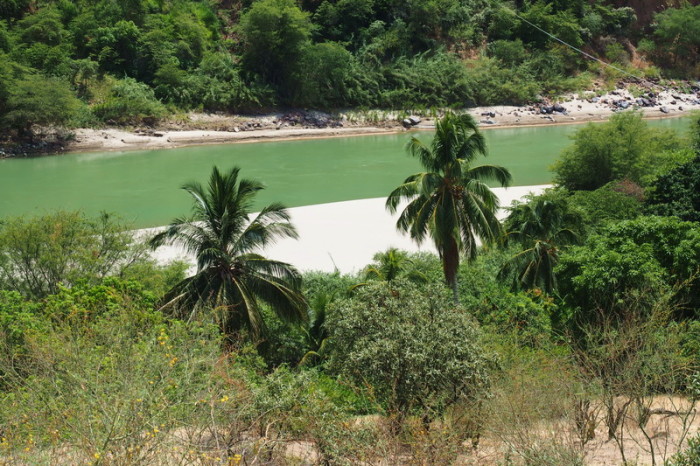
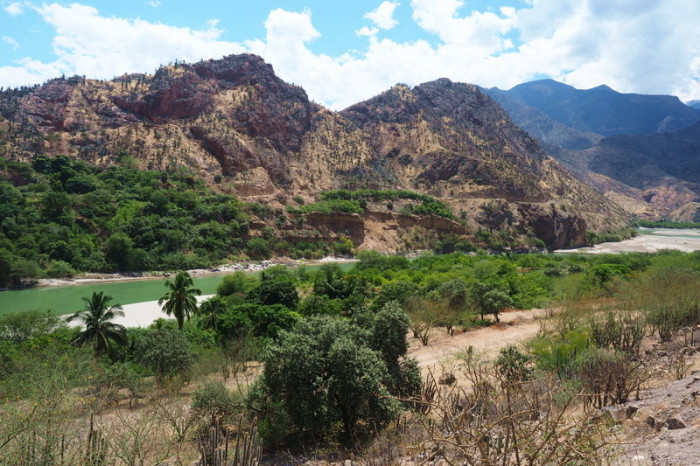
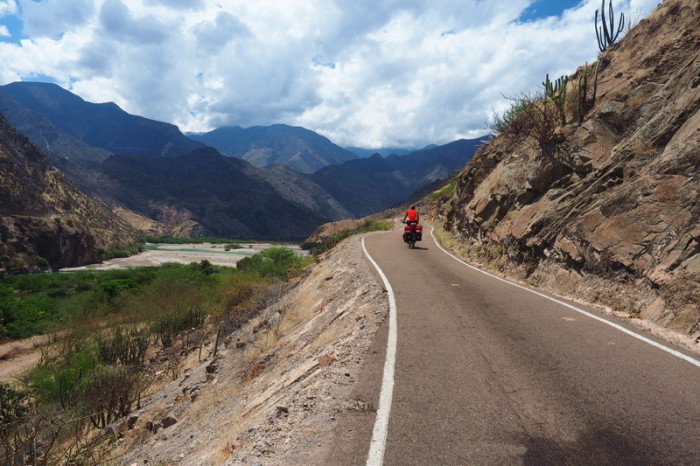
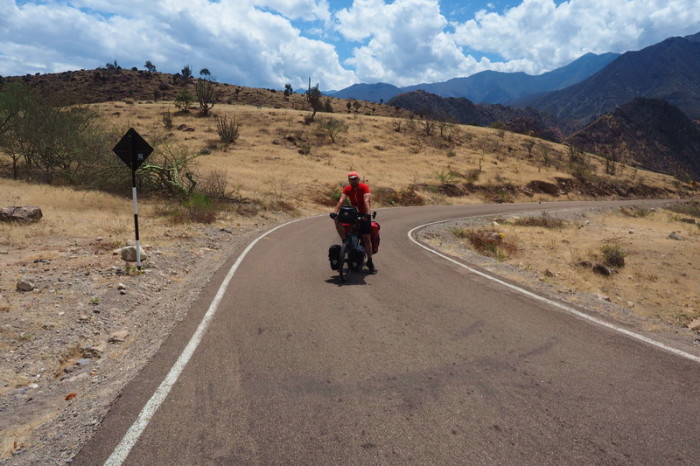
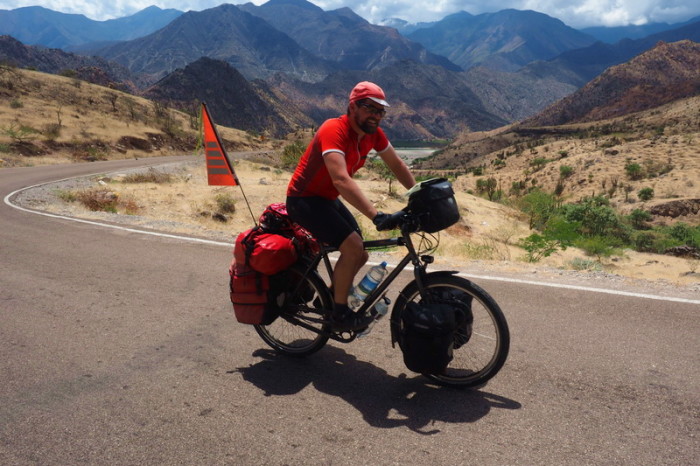
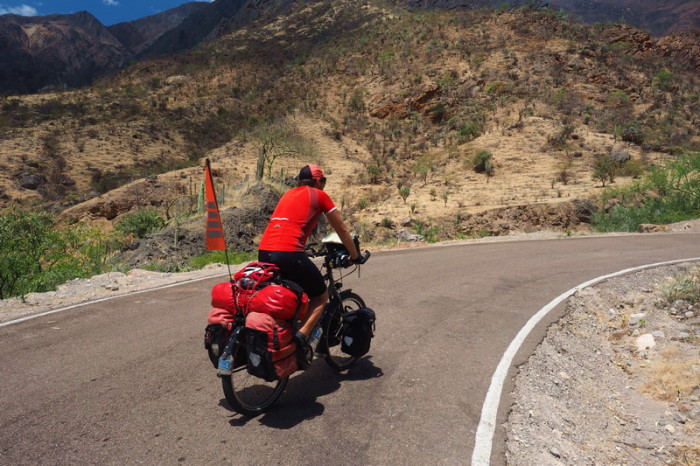
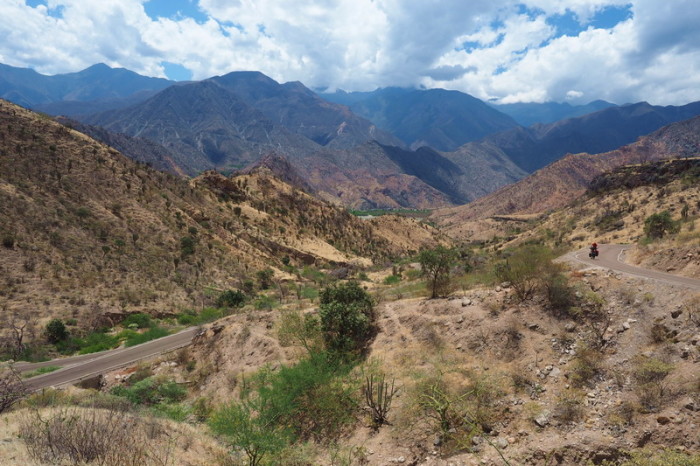
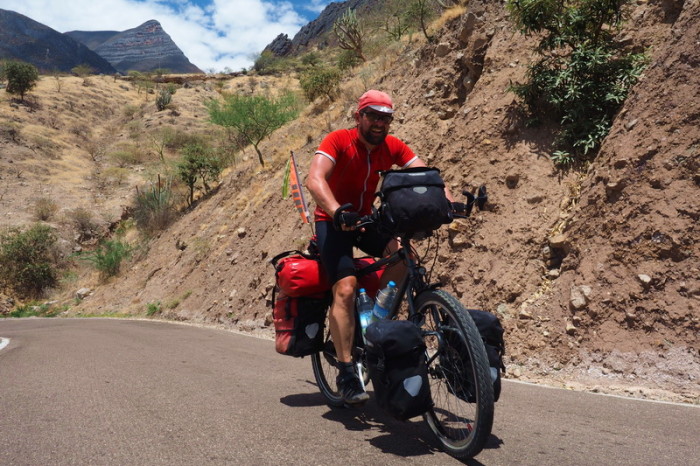
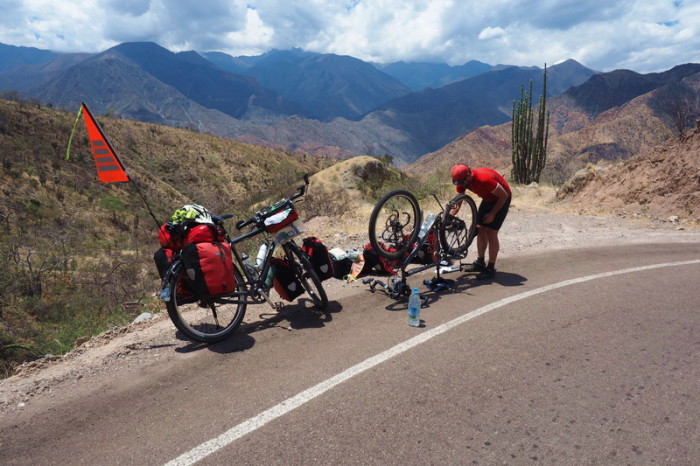
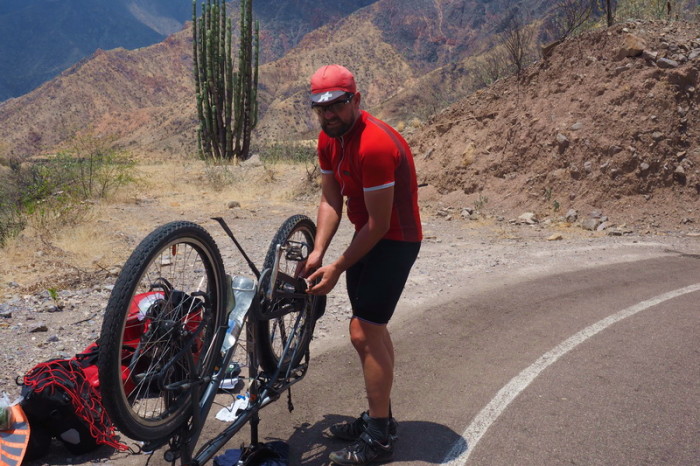

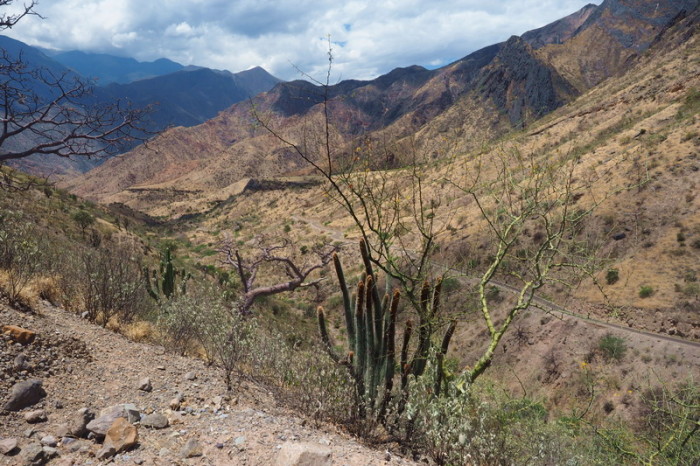
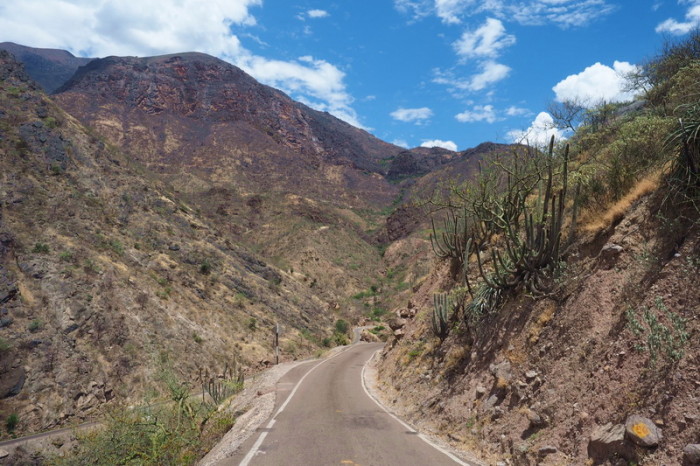
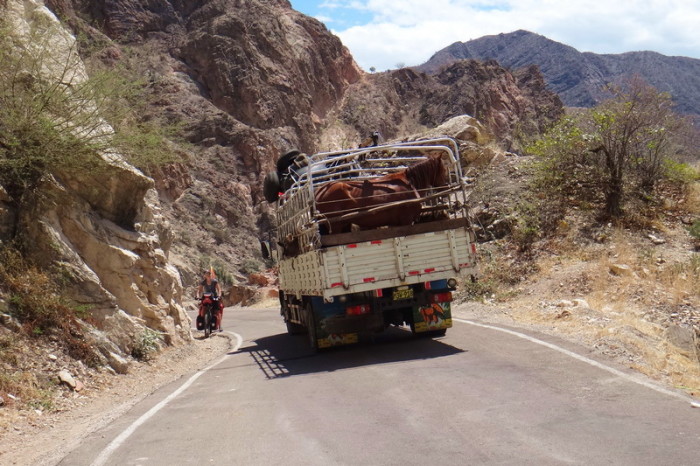
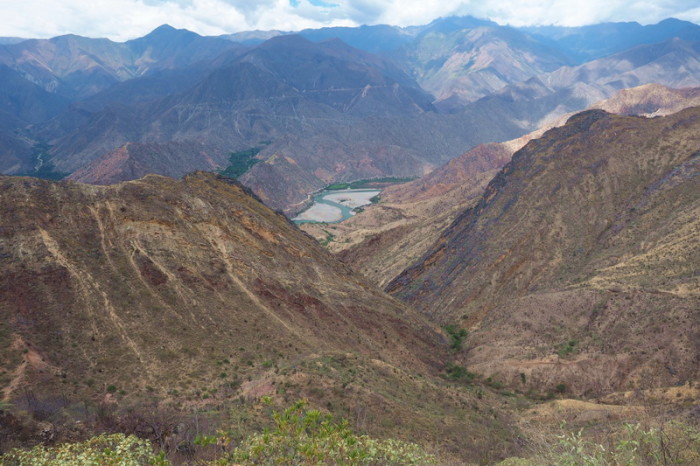
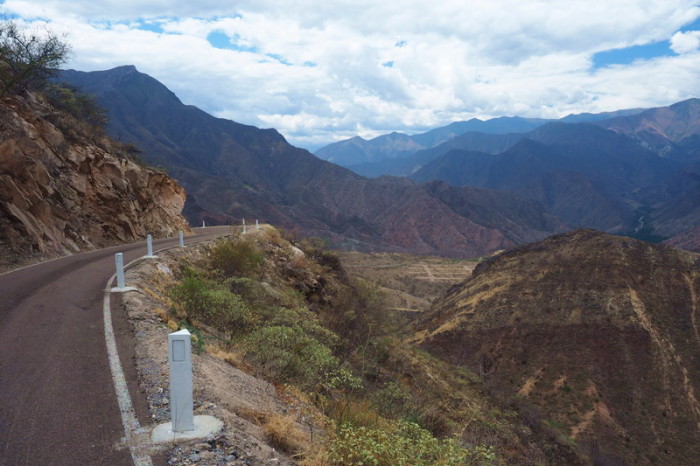
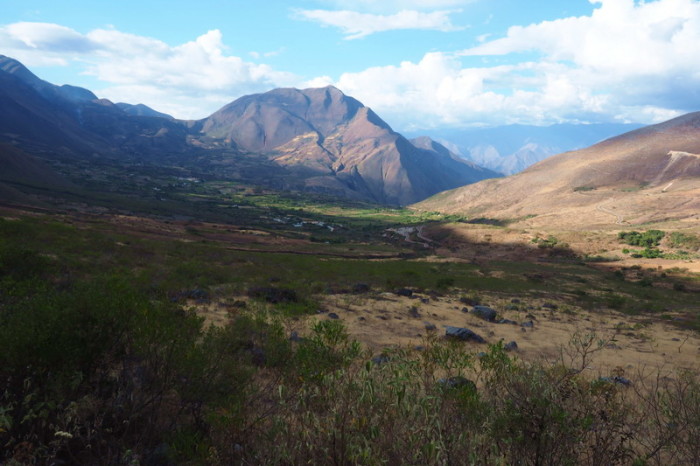
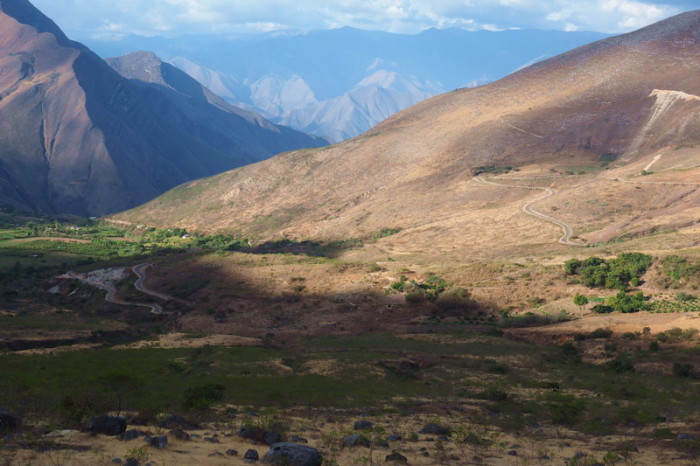
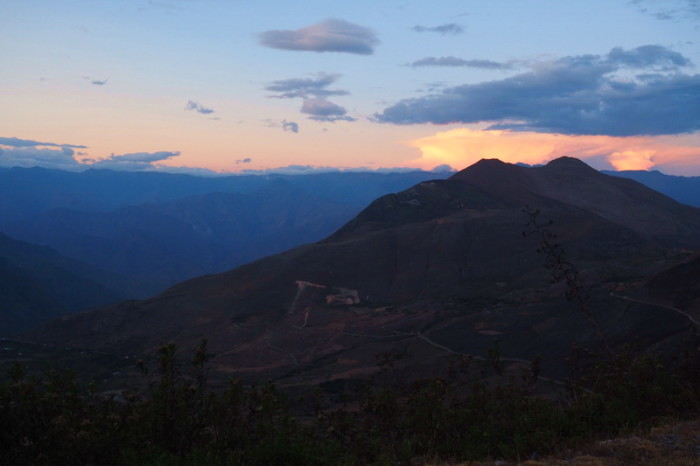
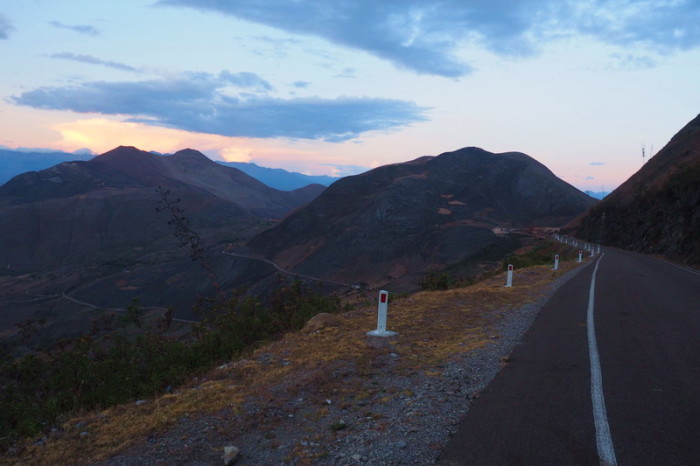
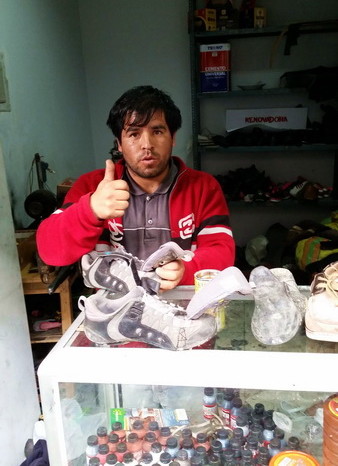
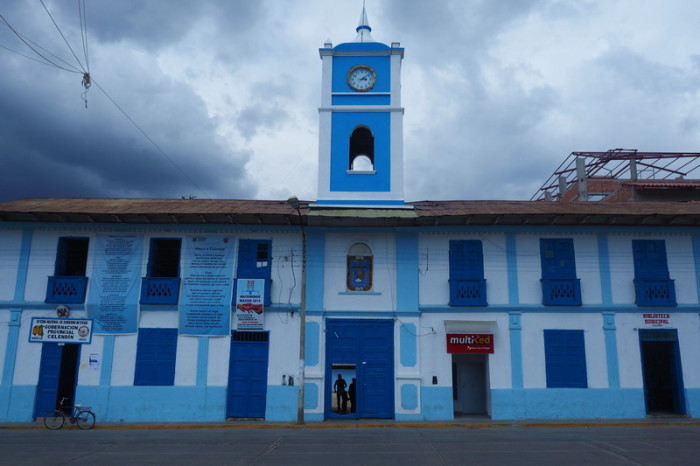
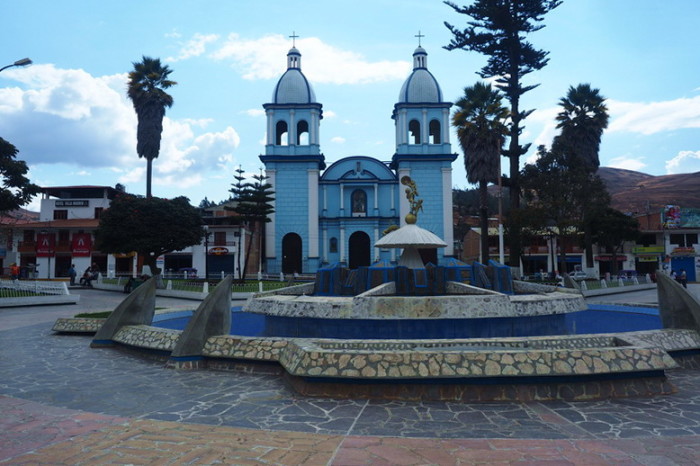
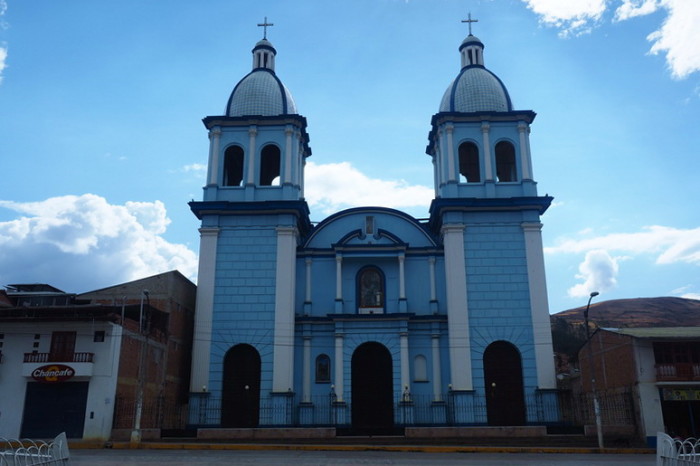
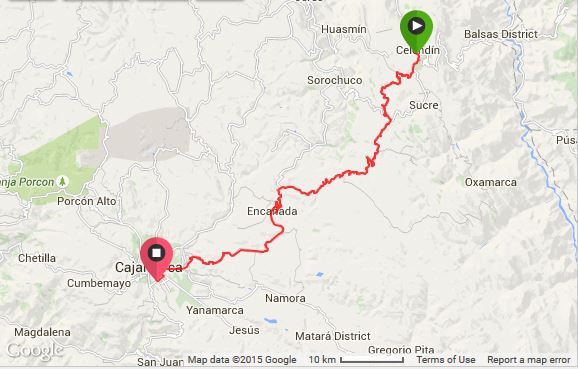
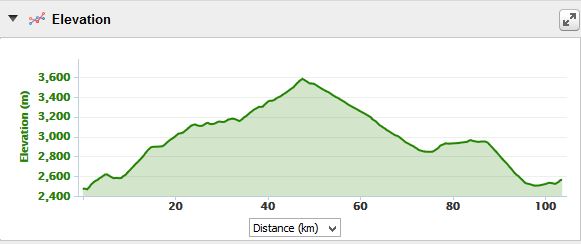
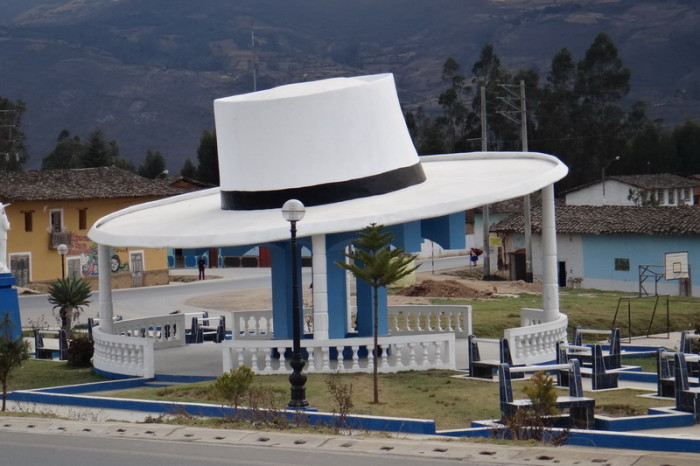
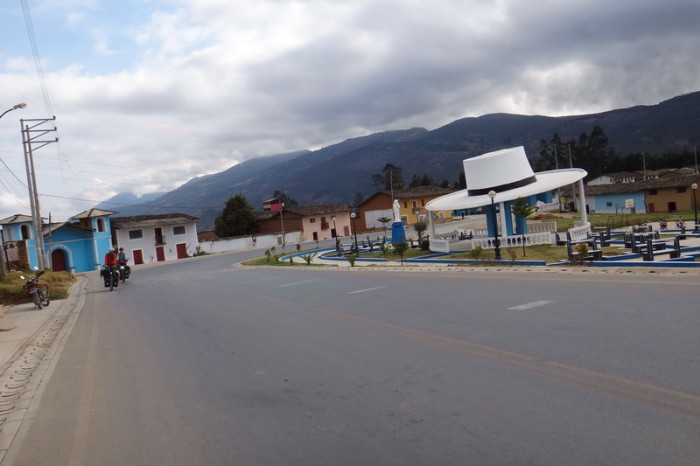
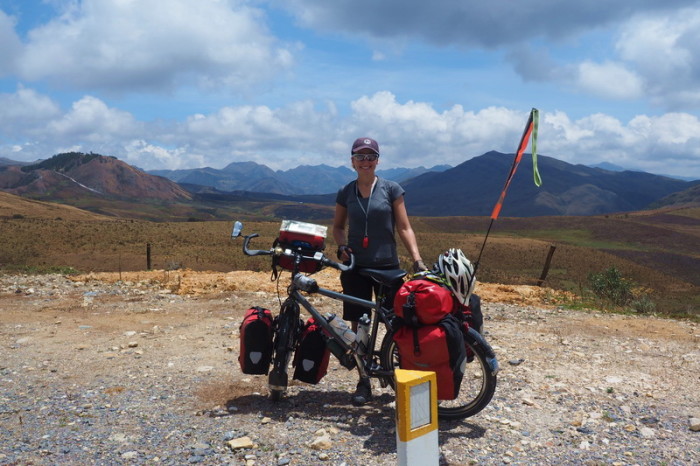
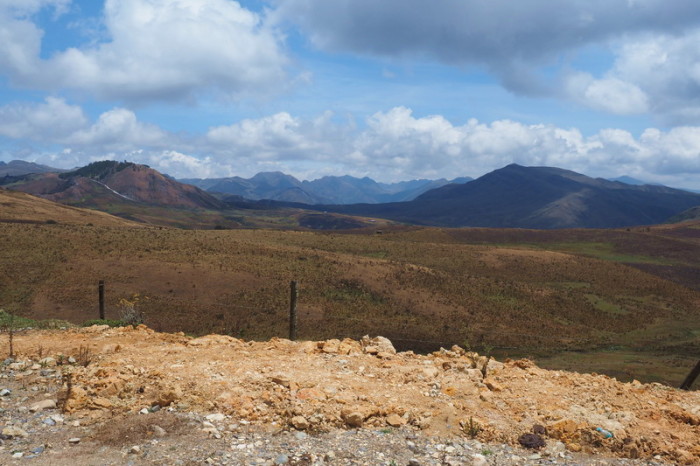
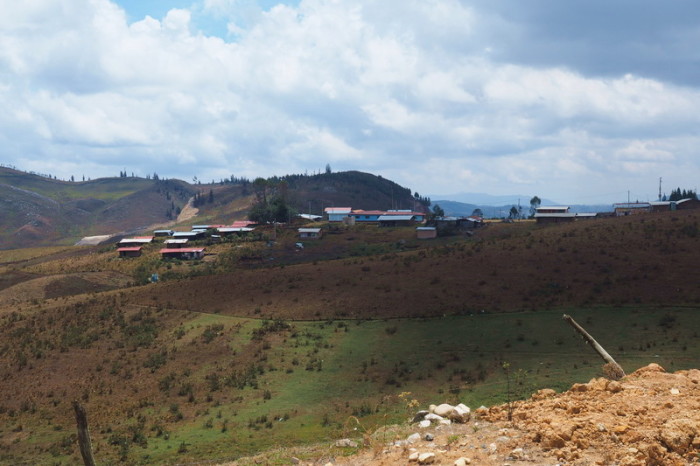
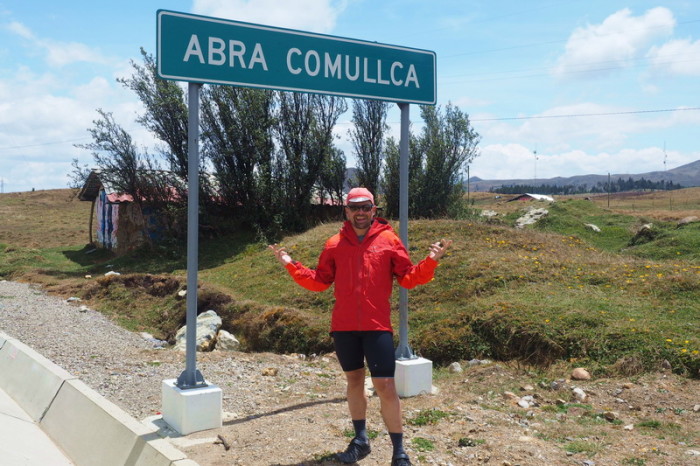
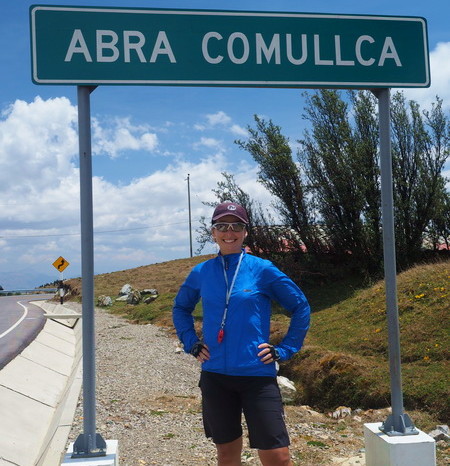
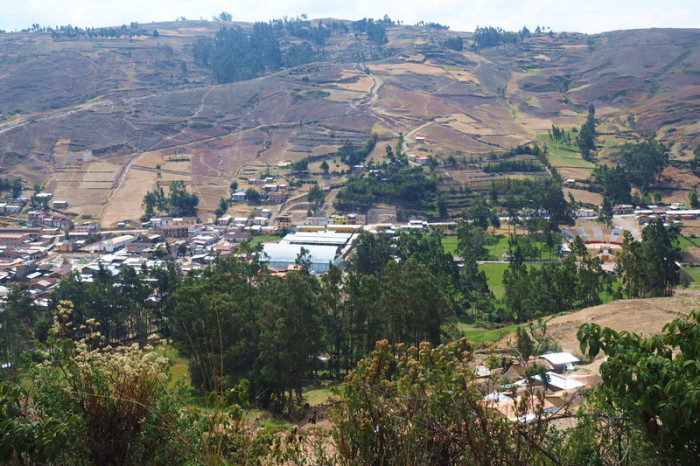
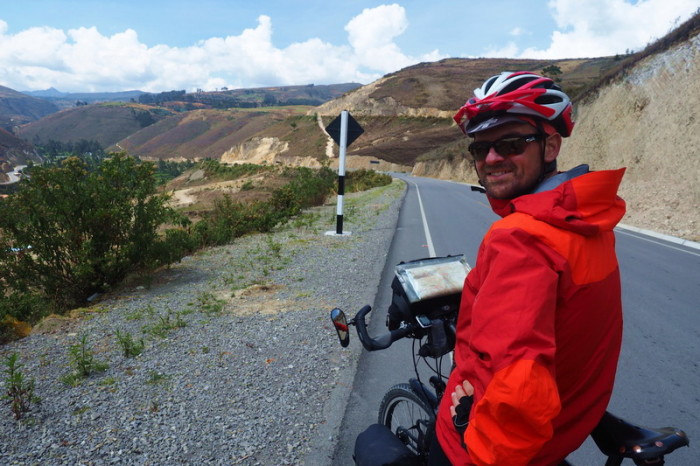
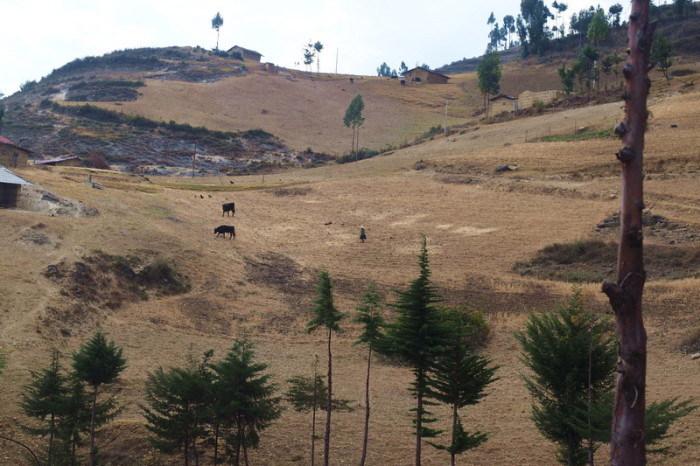
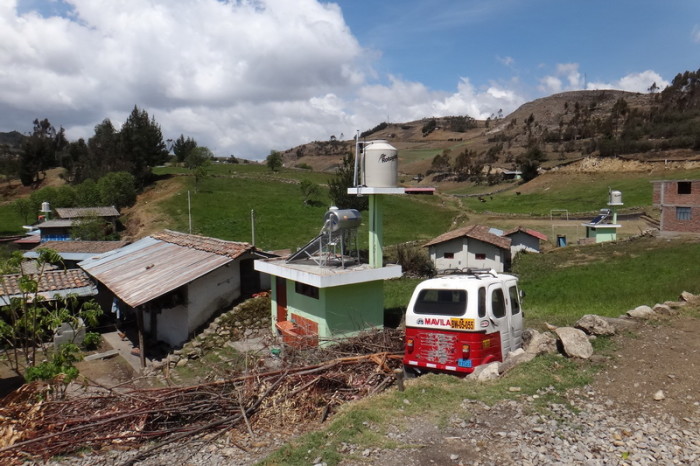
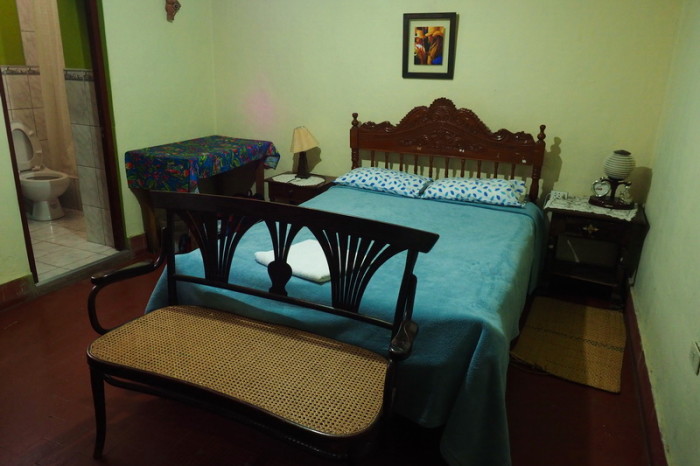
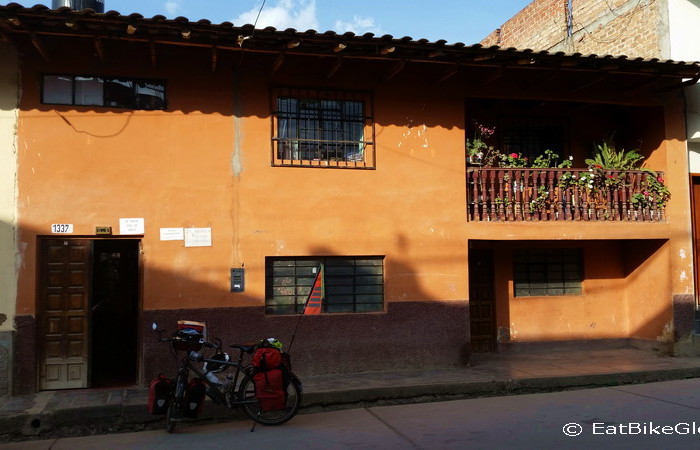





















Recent Comments